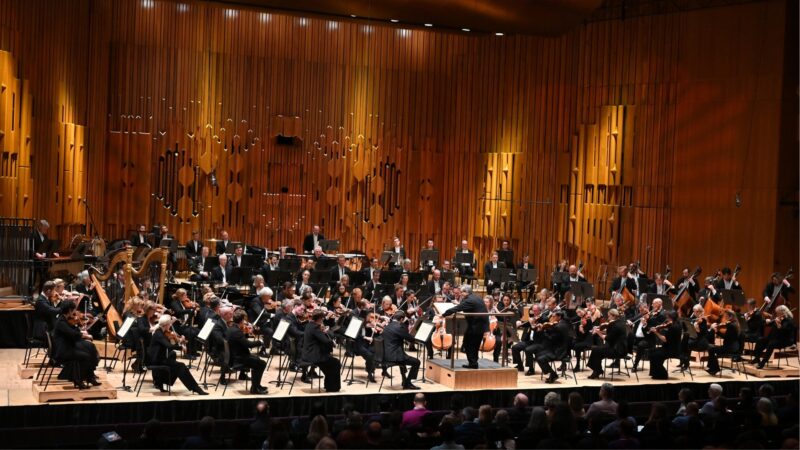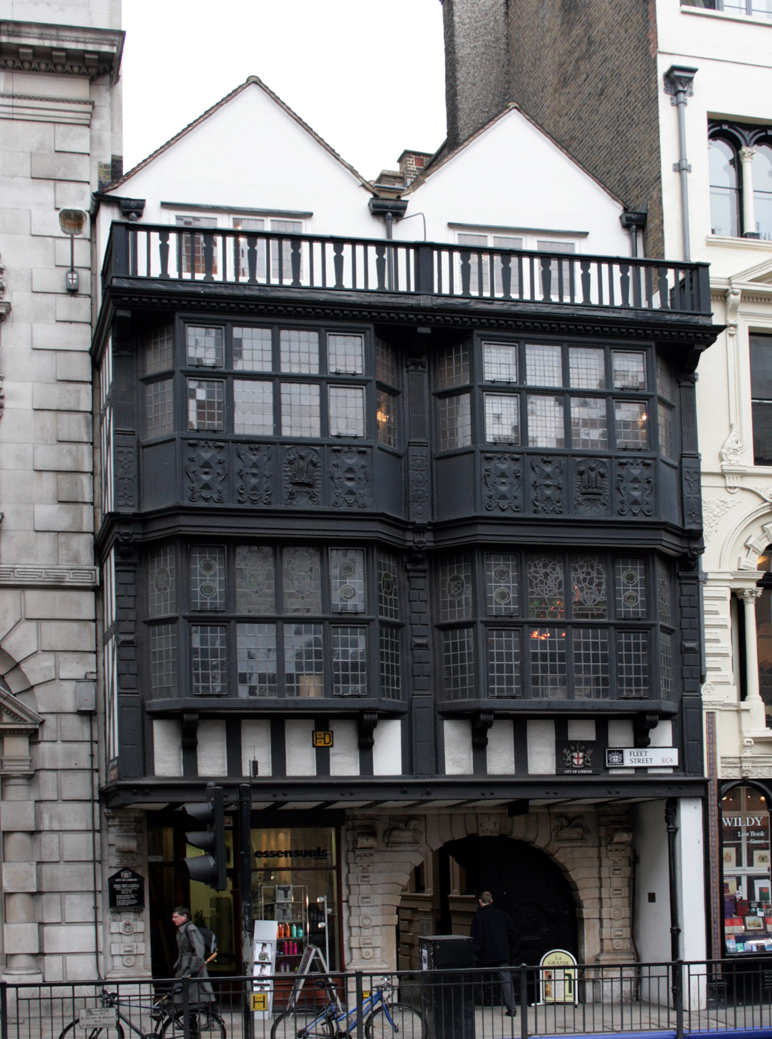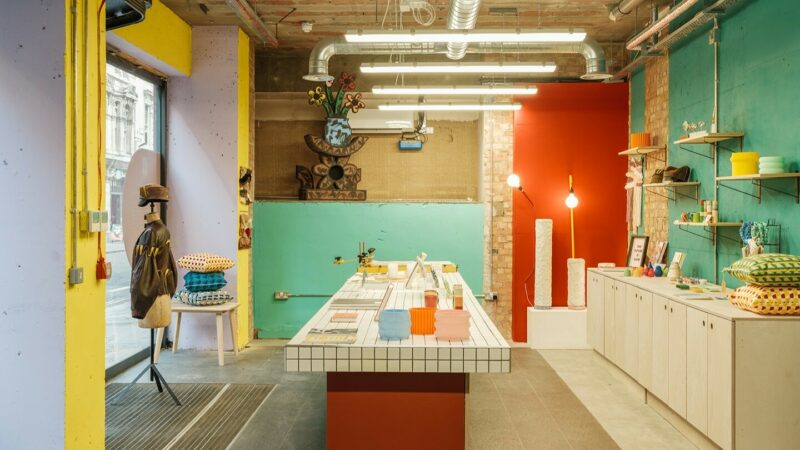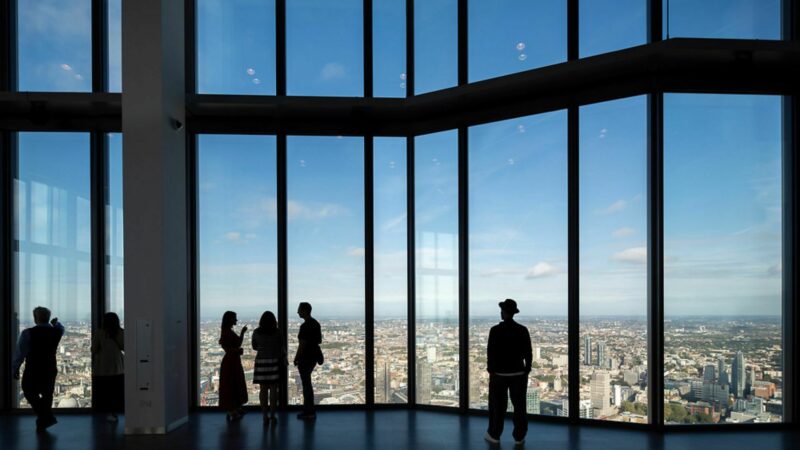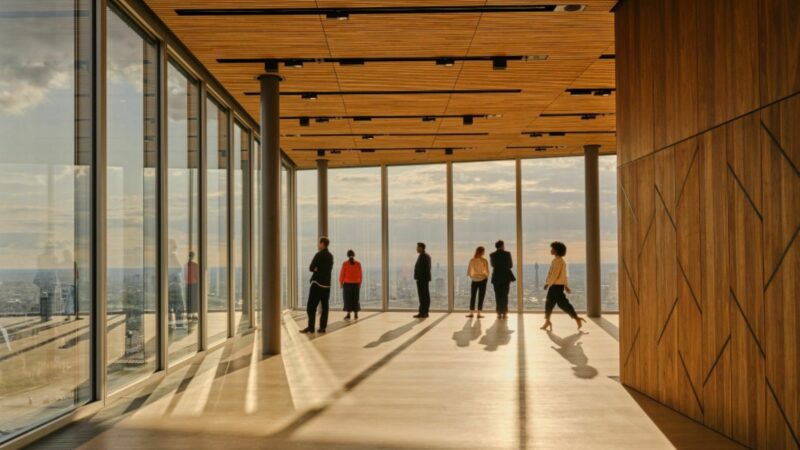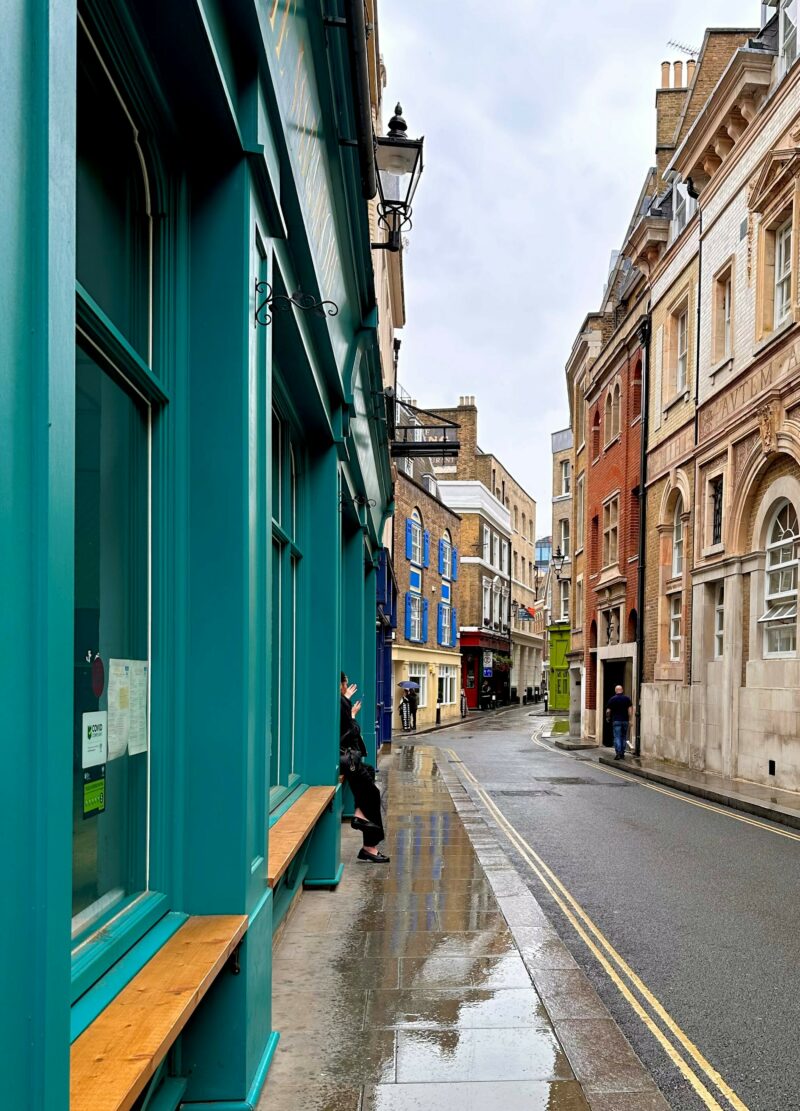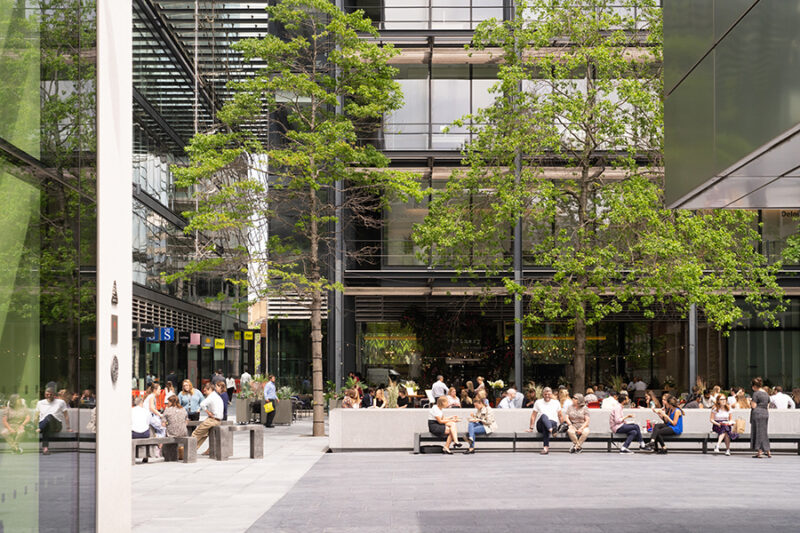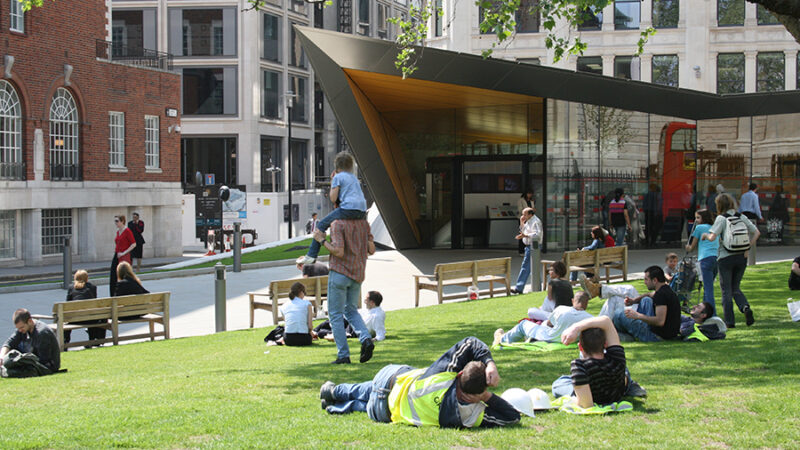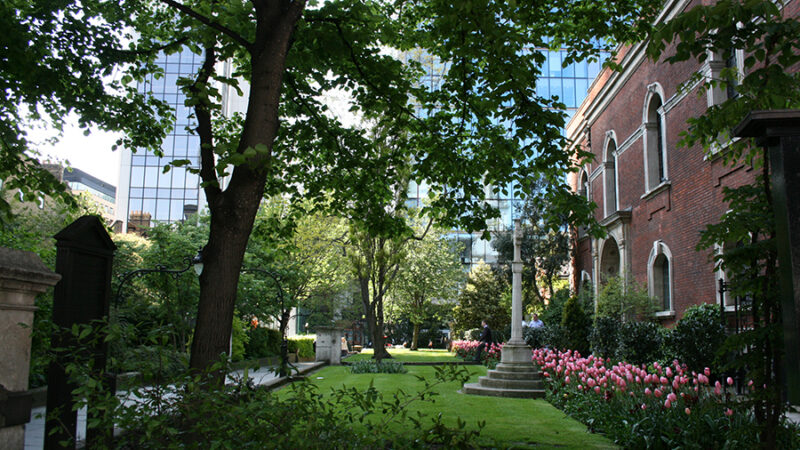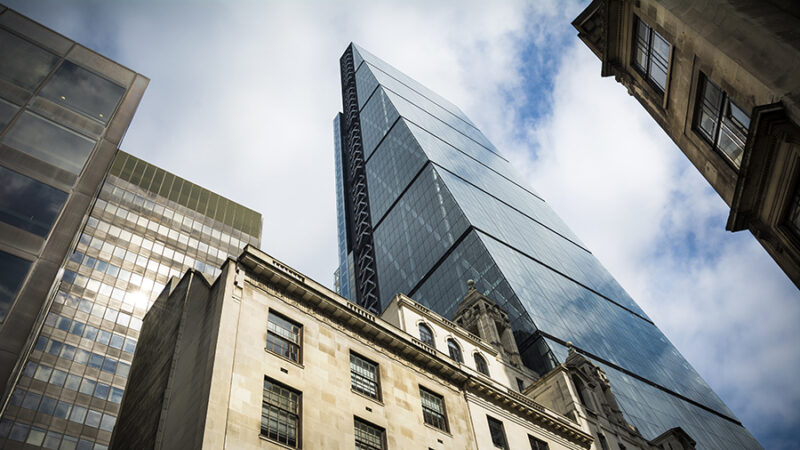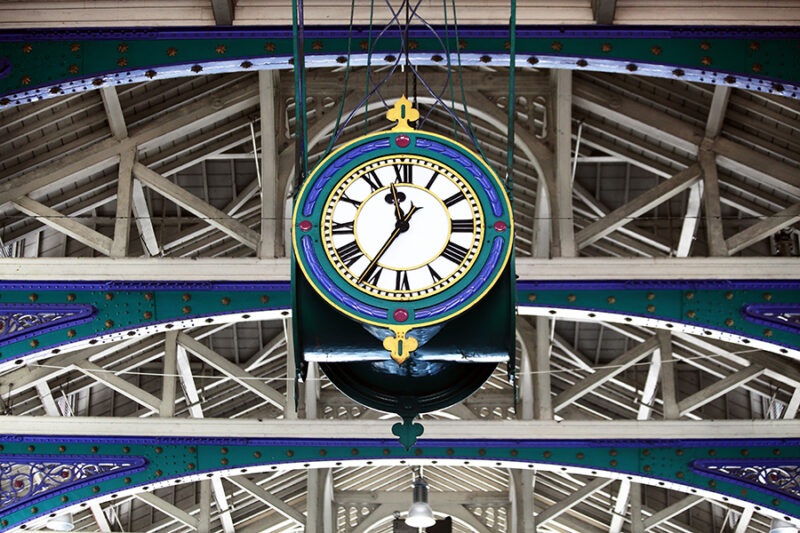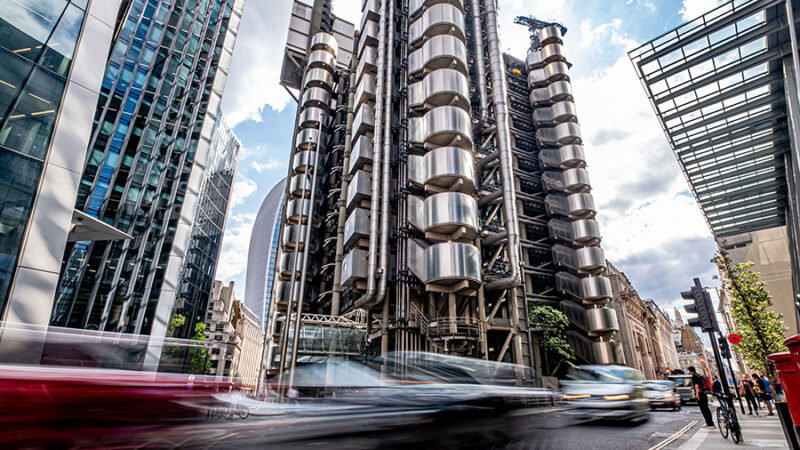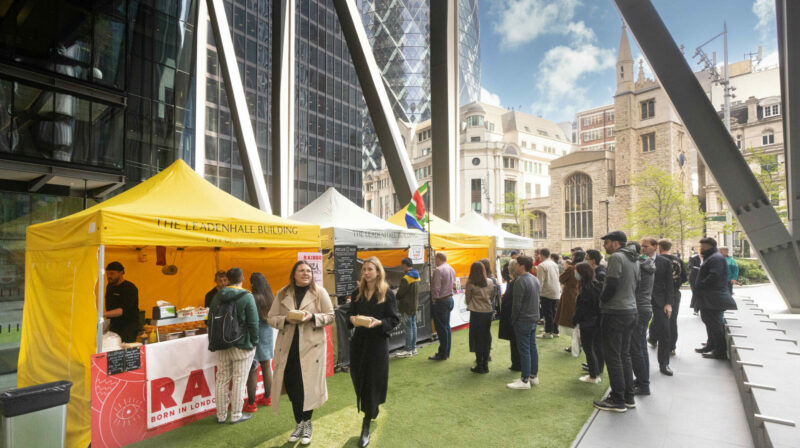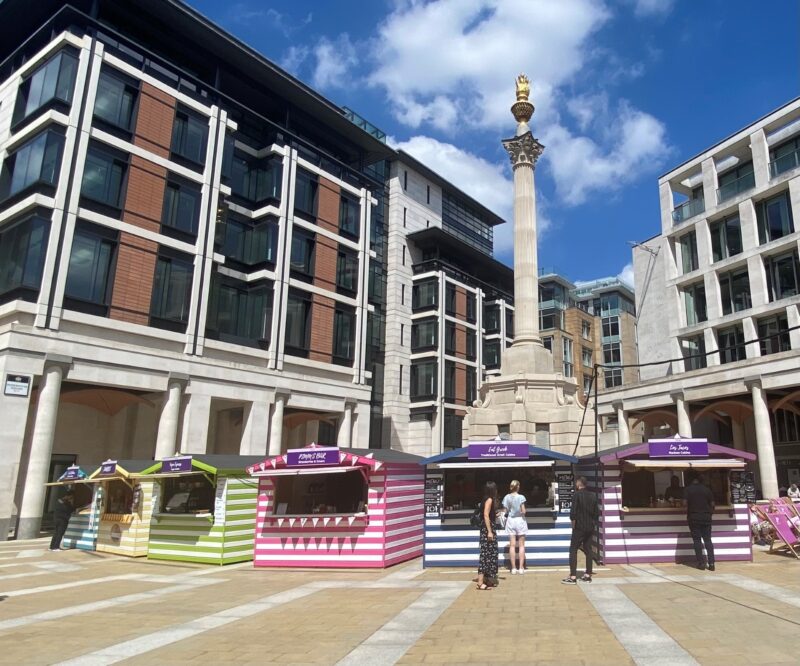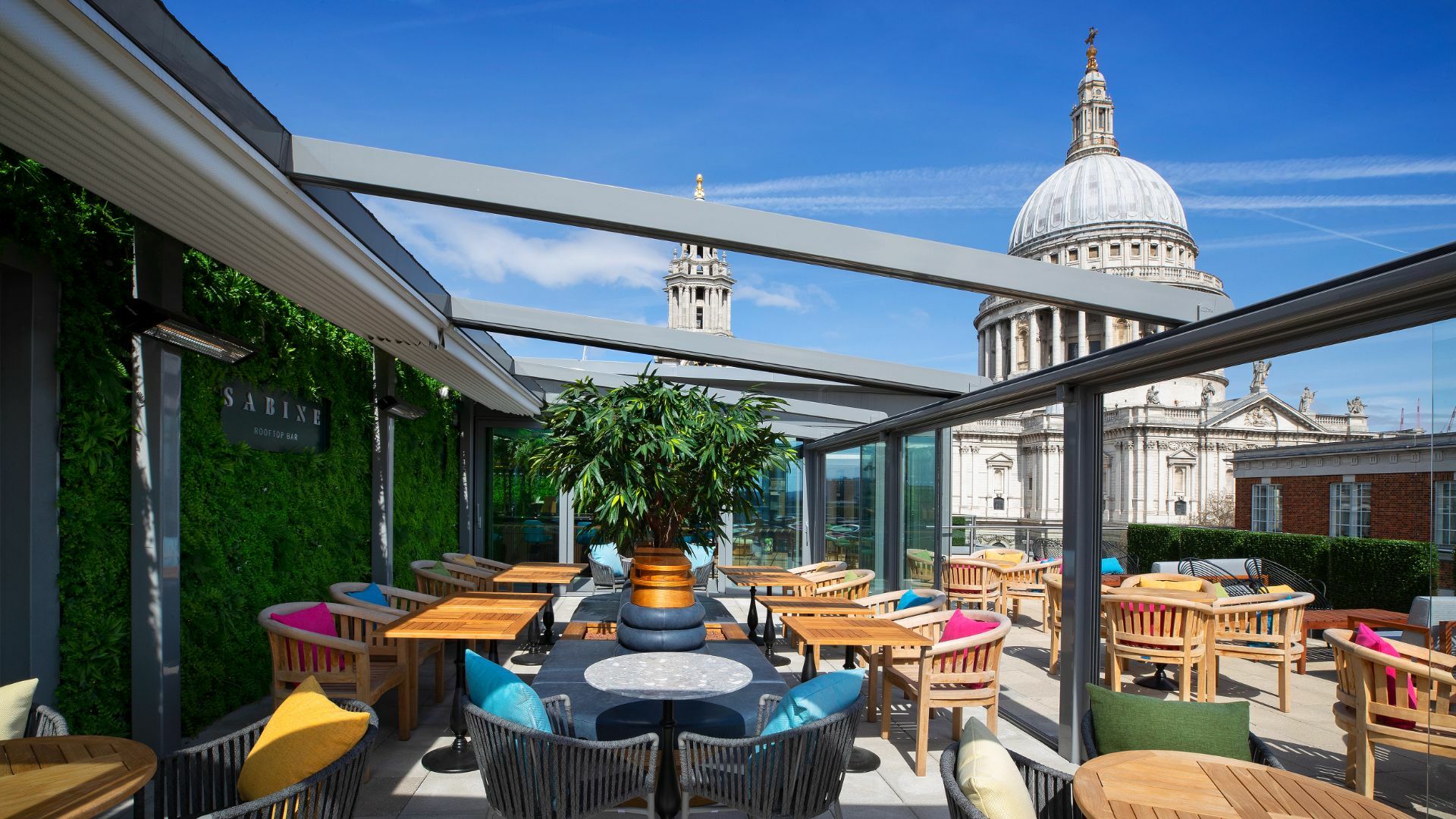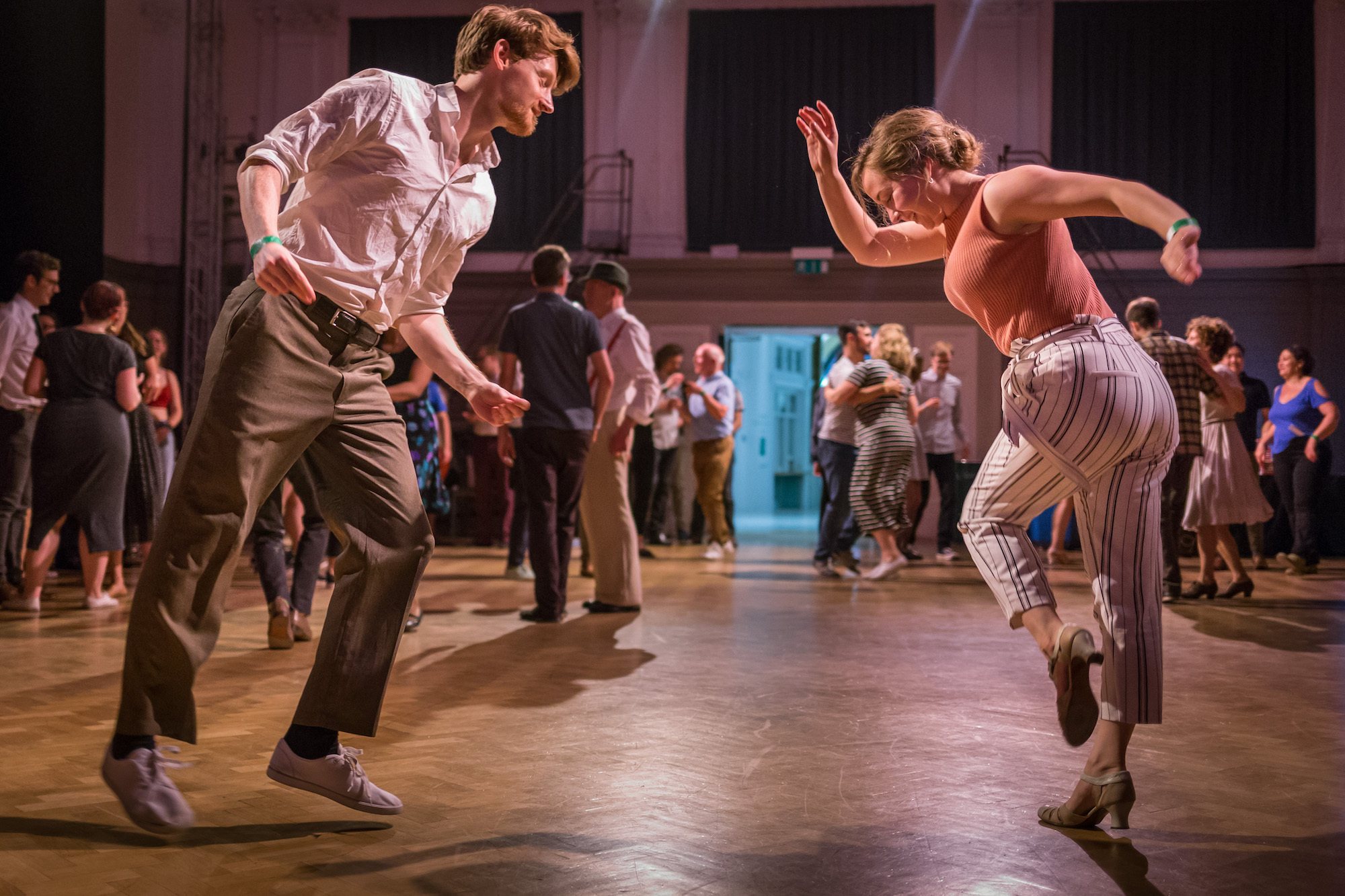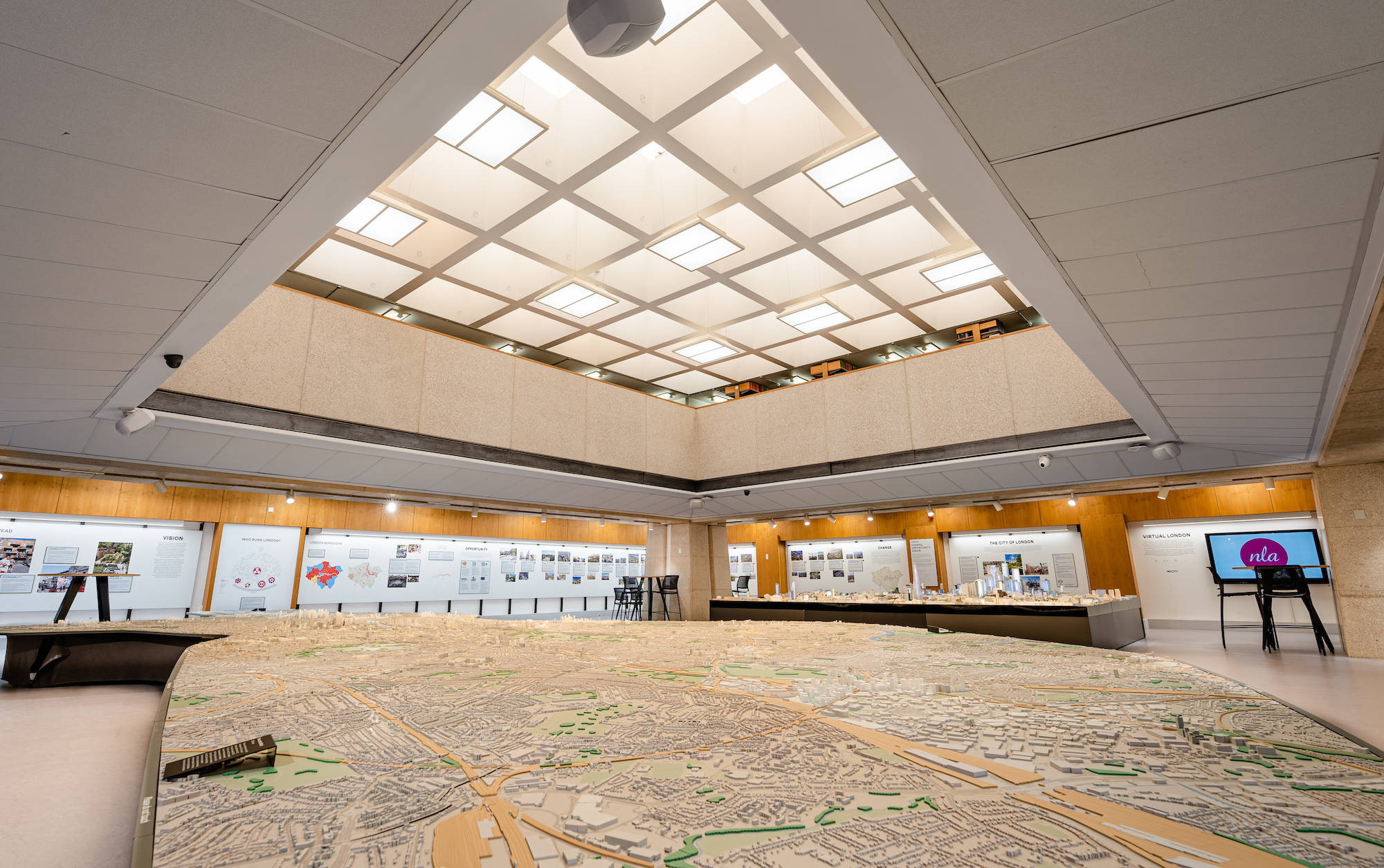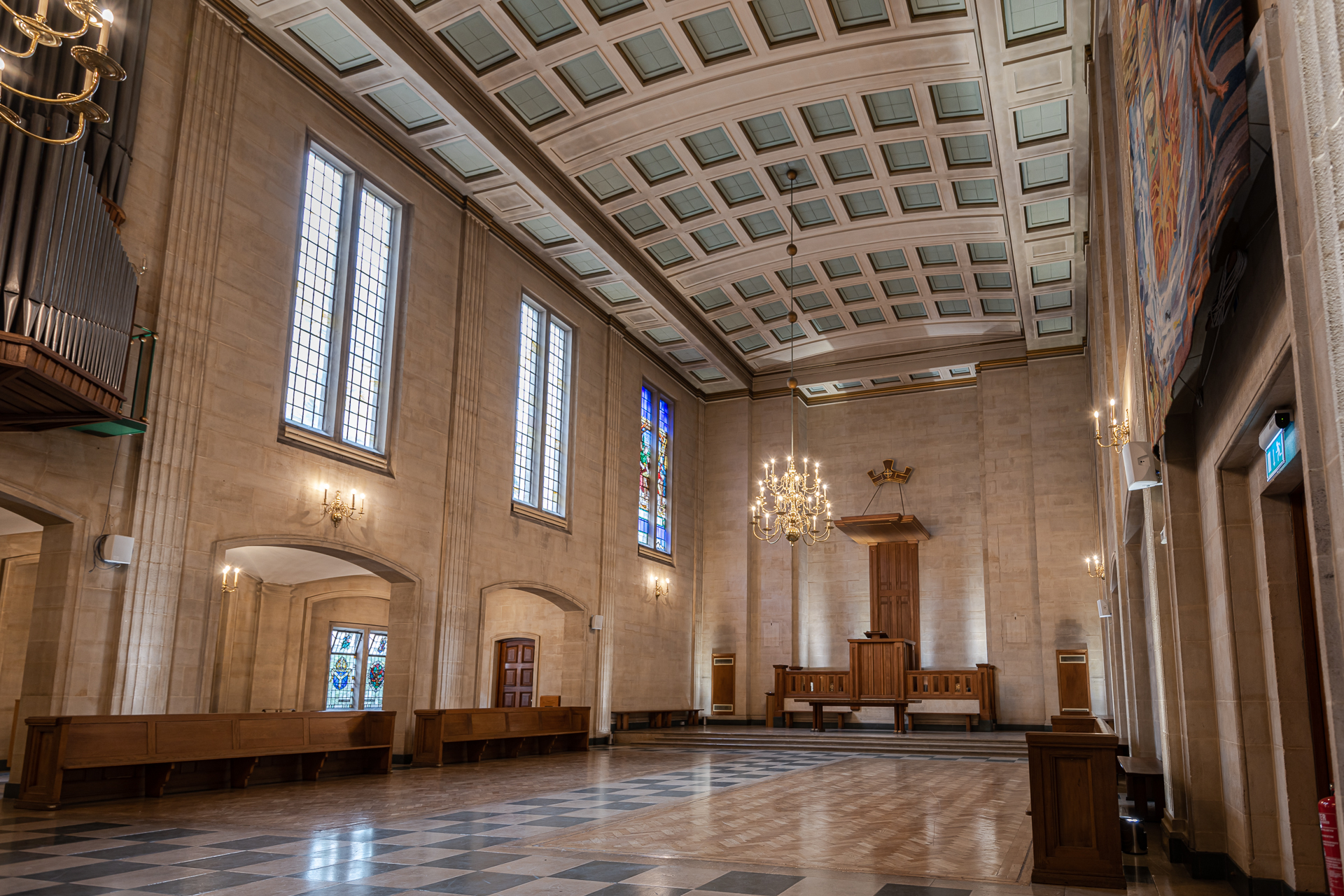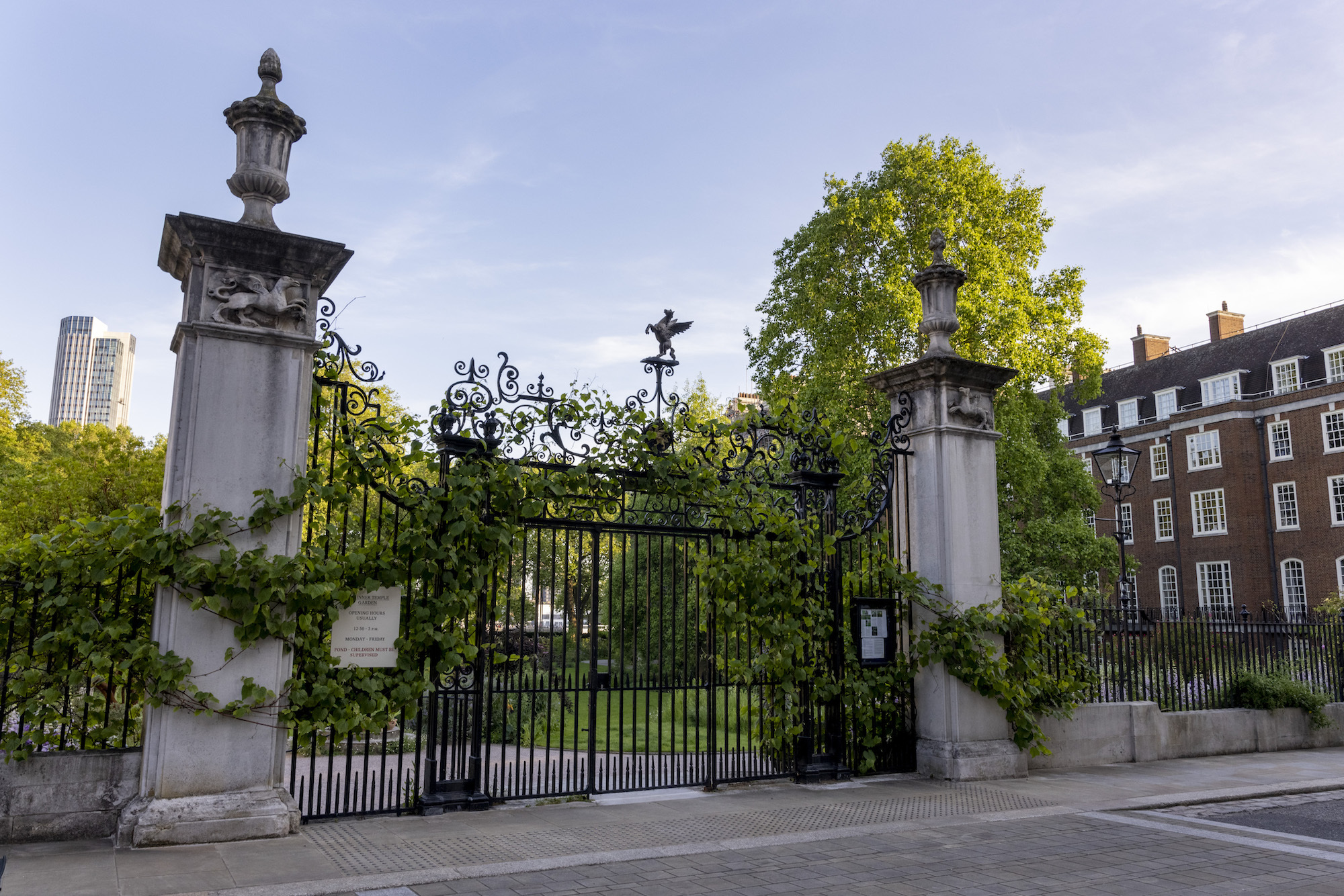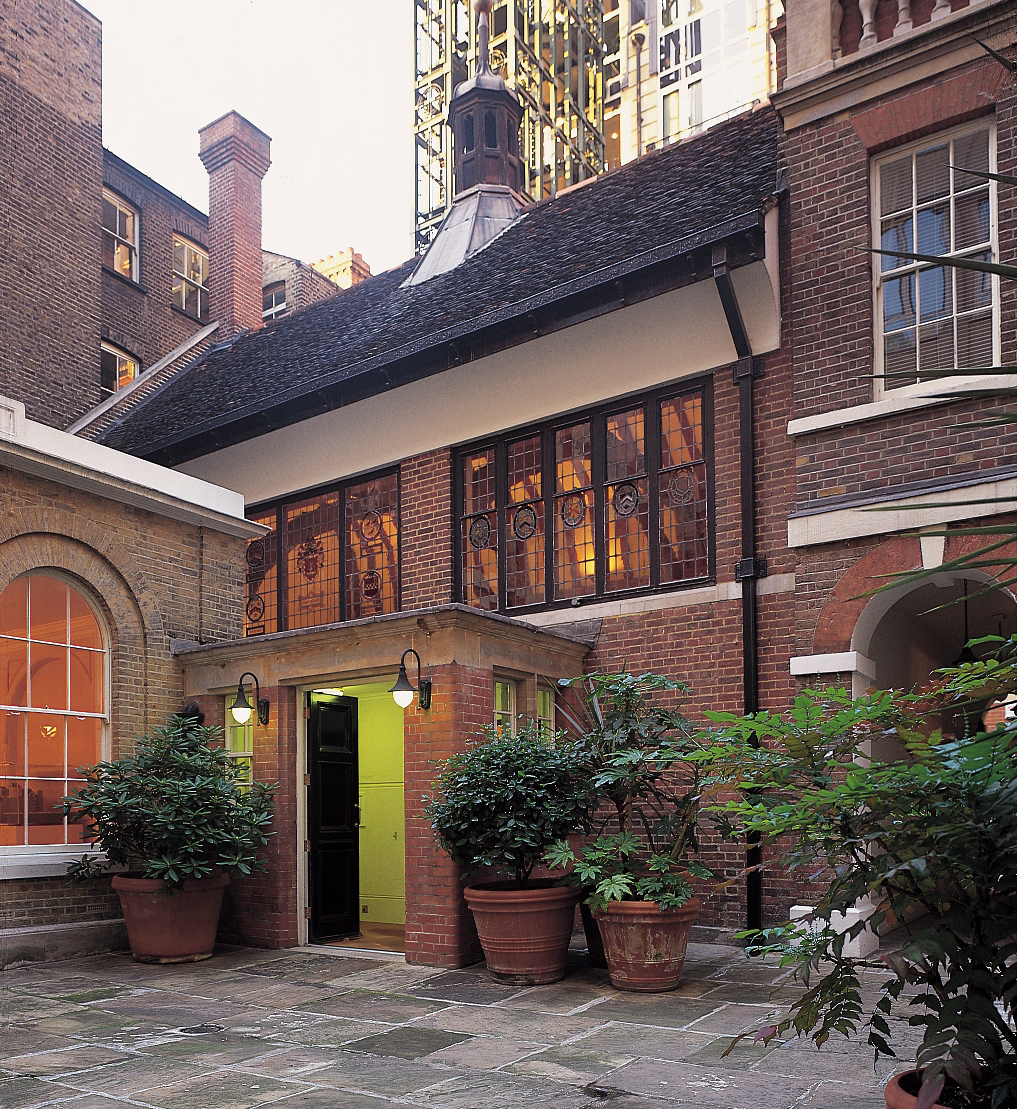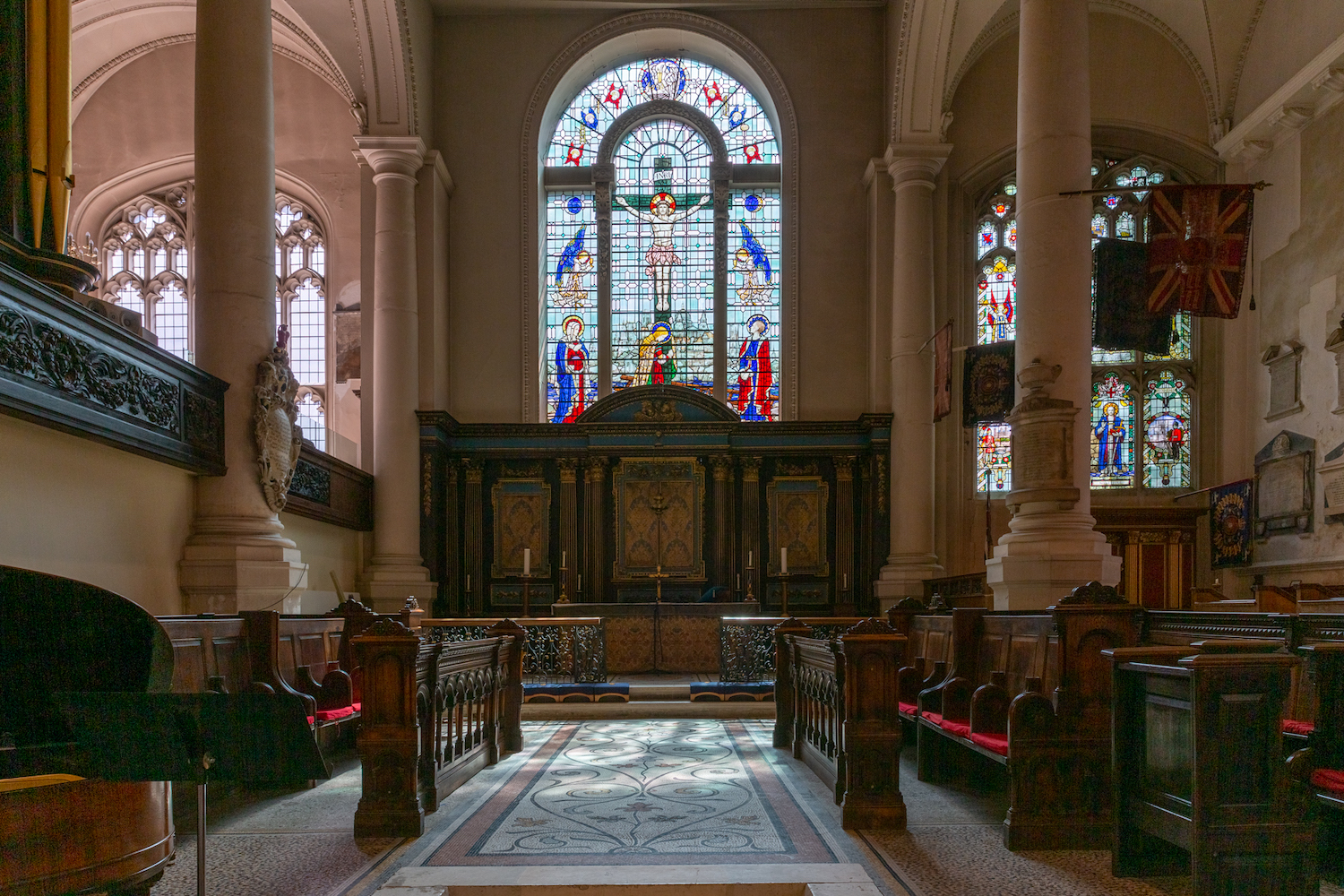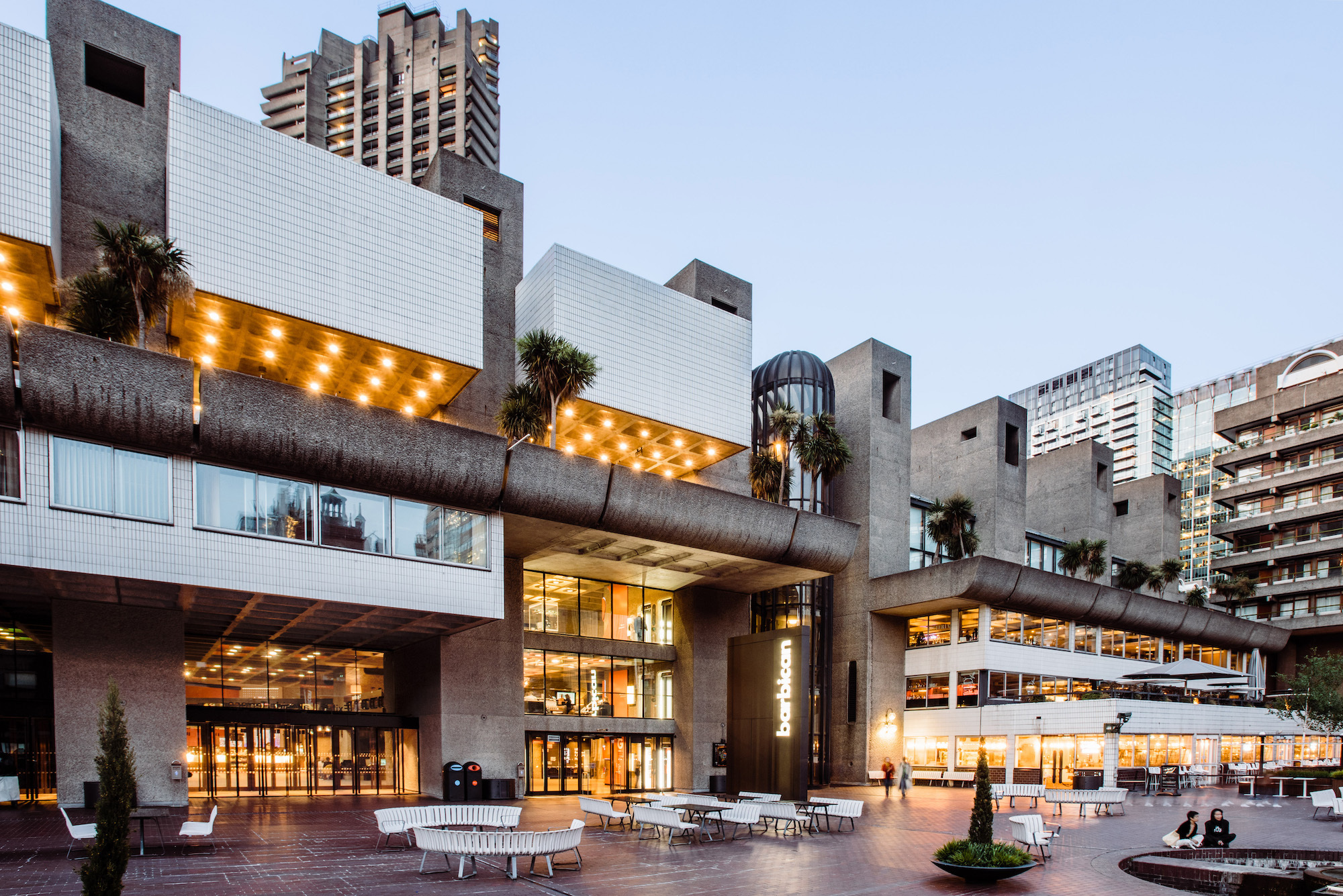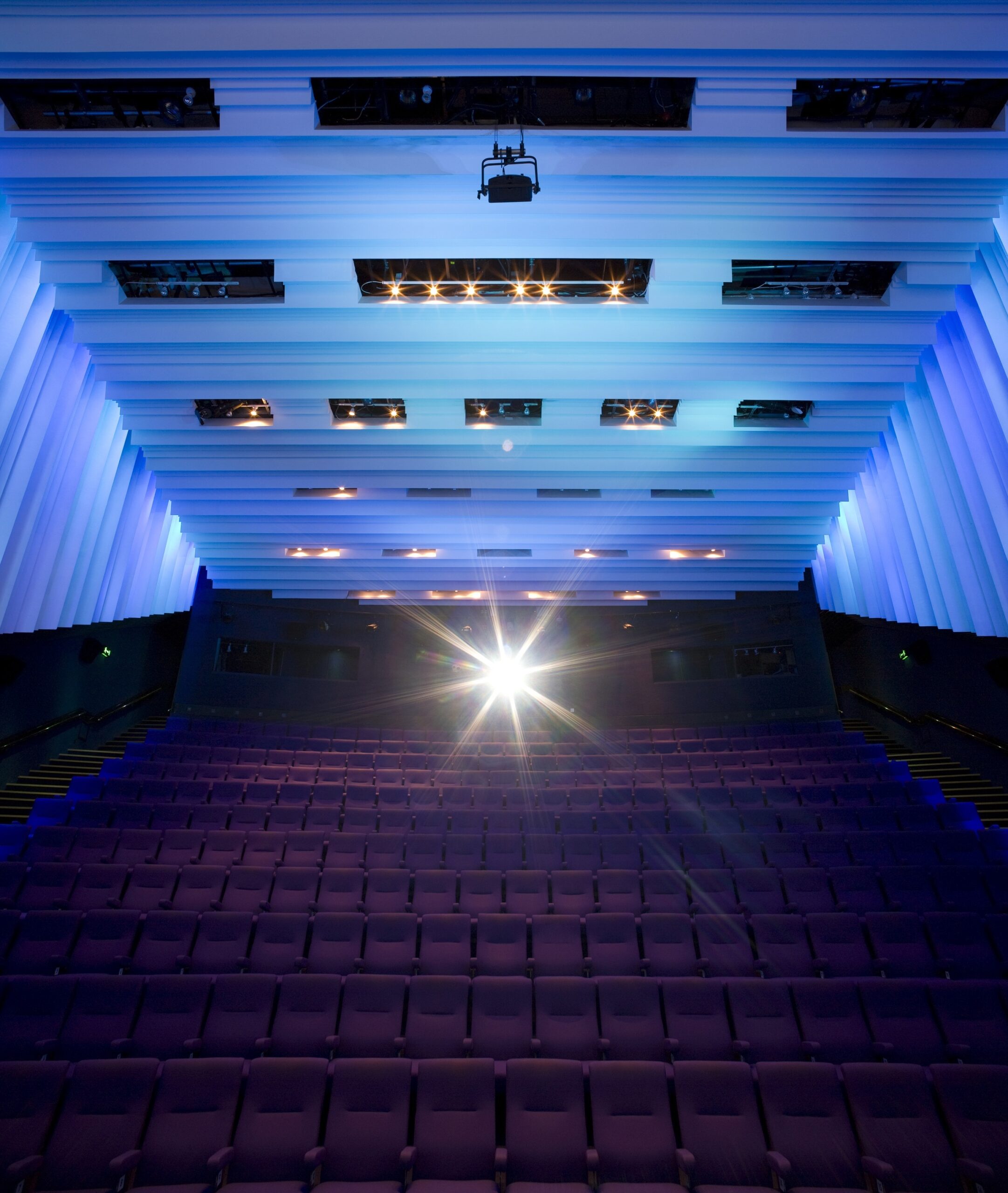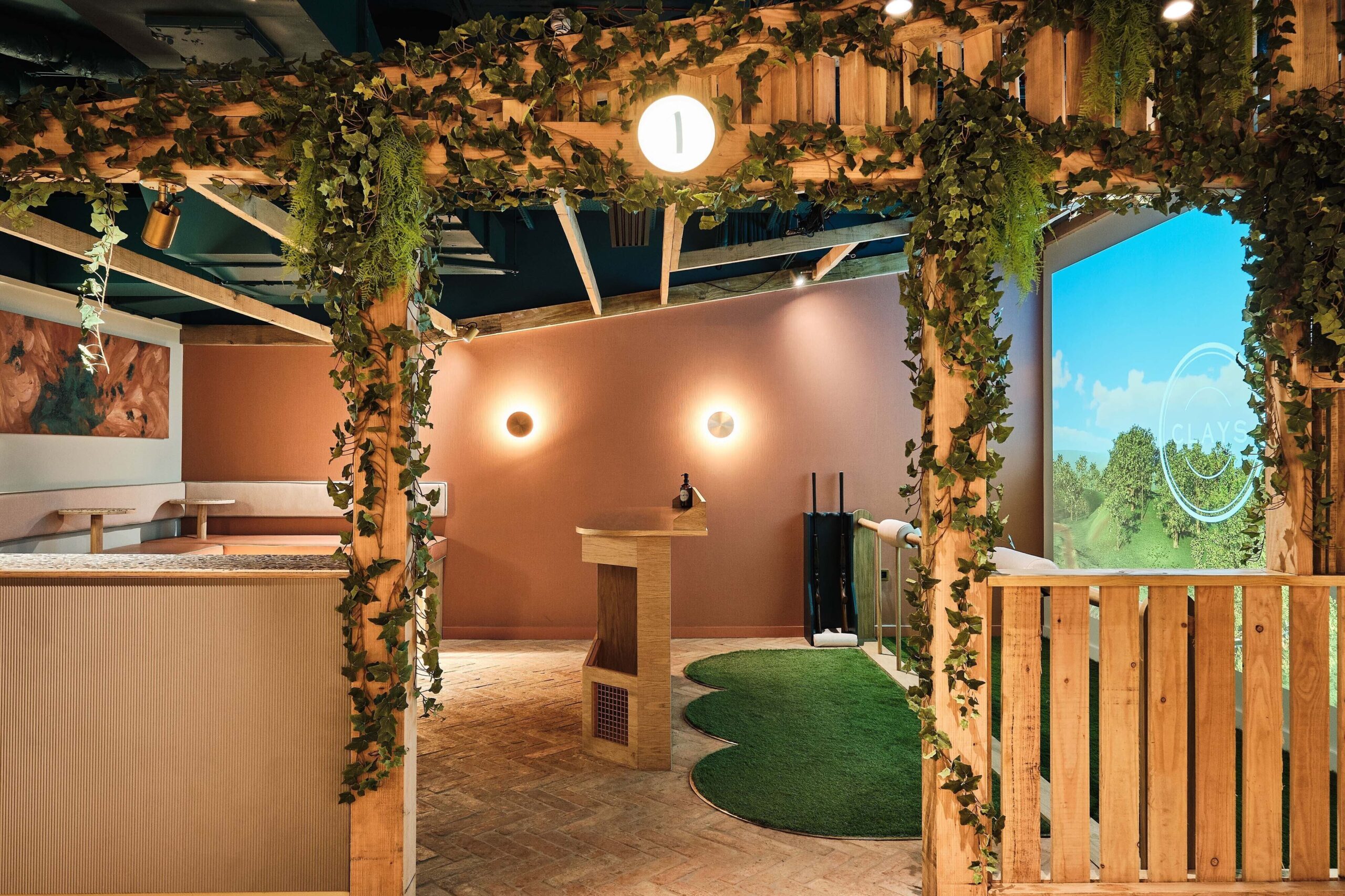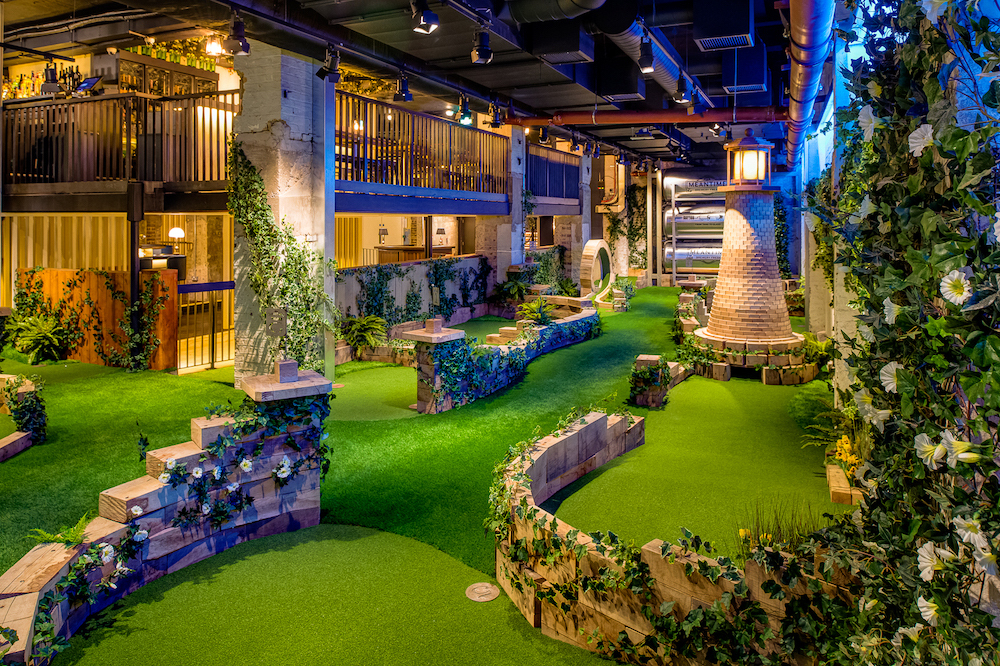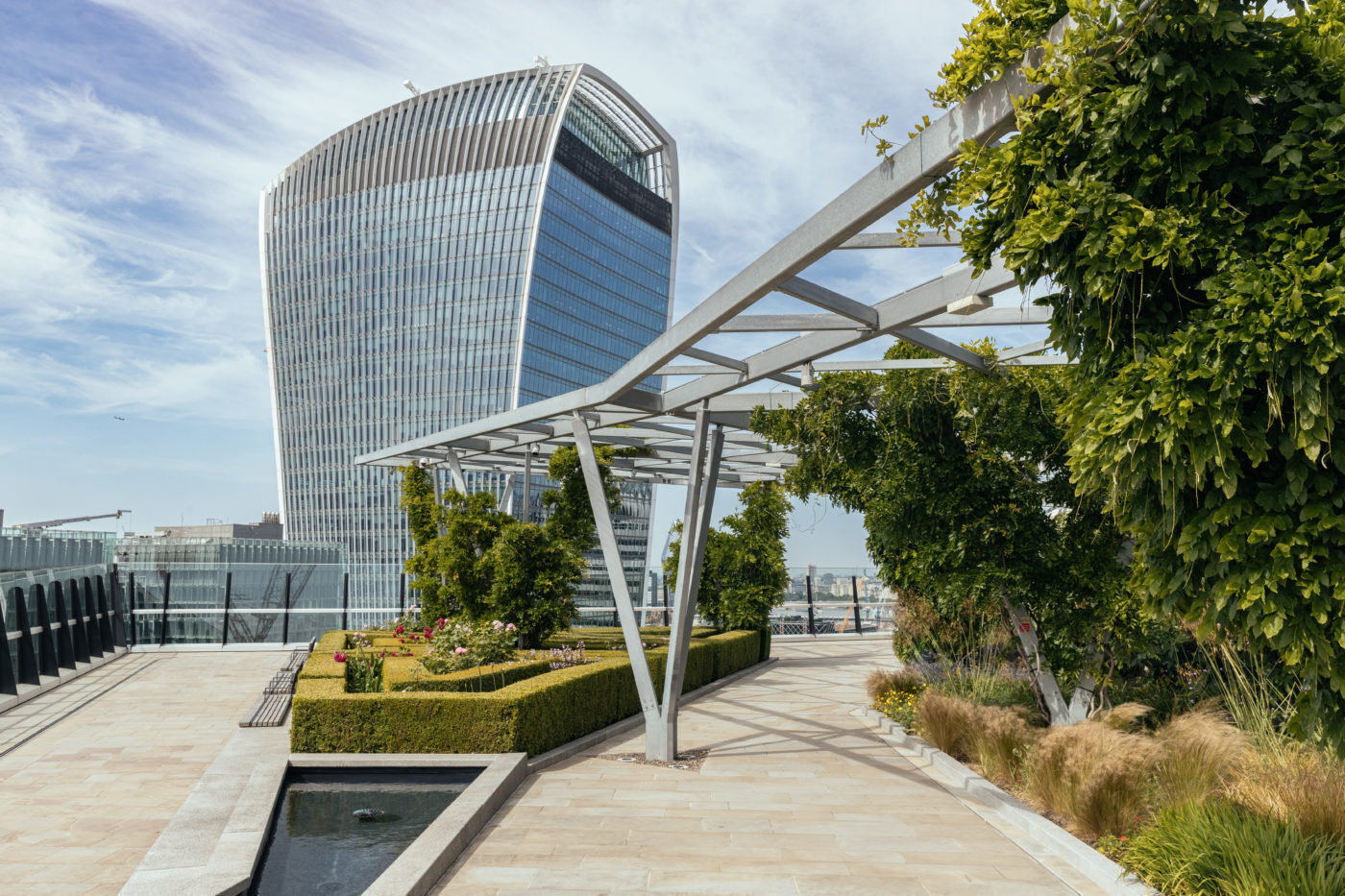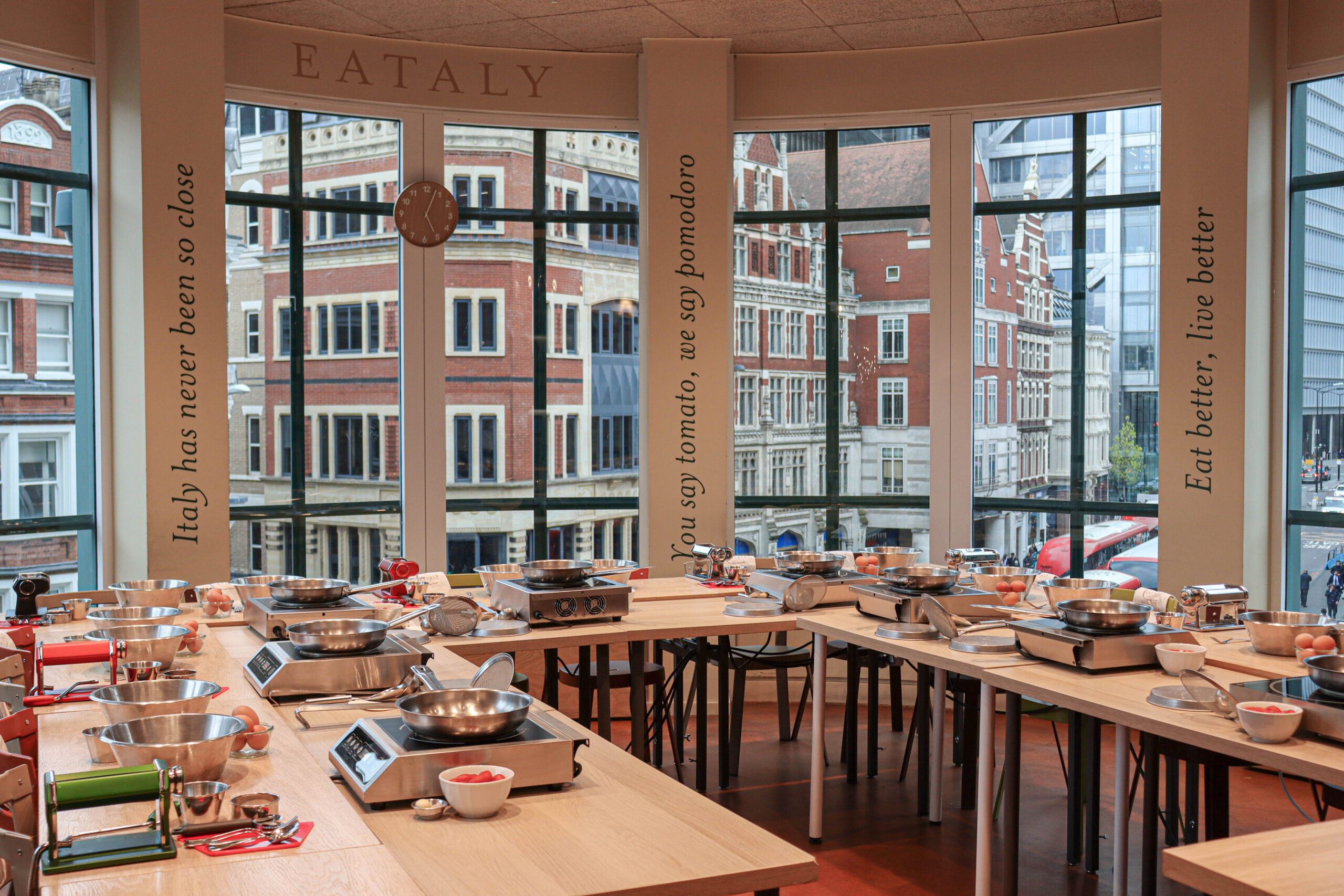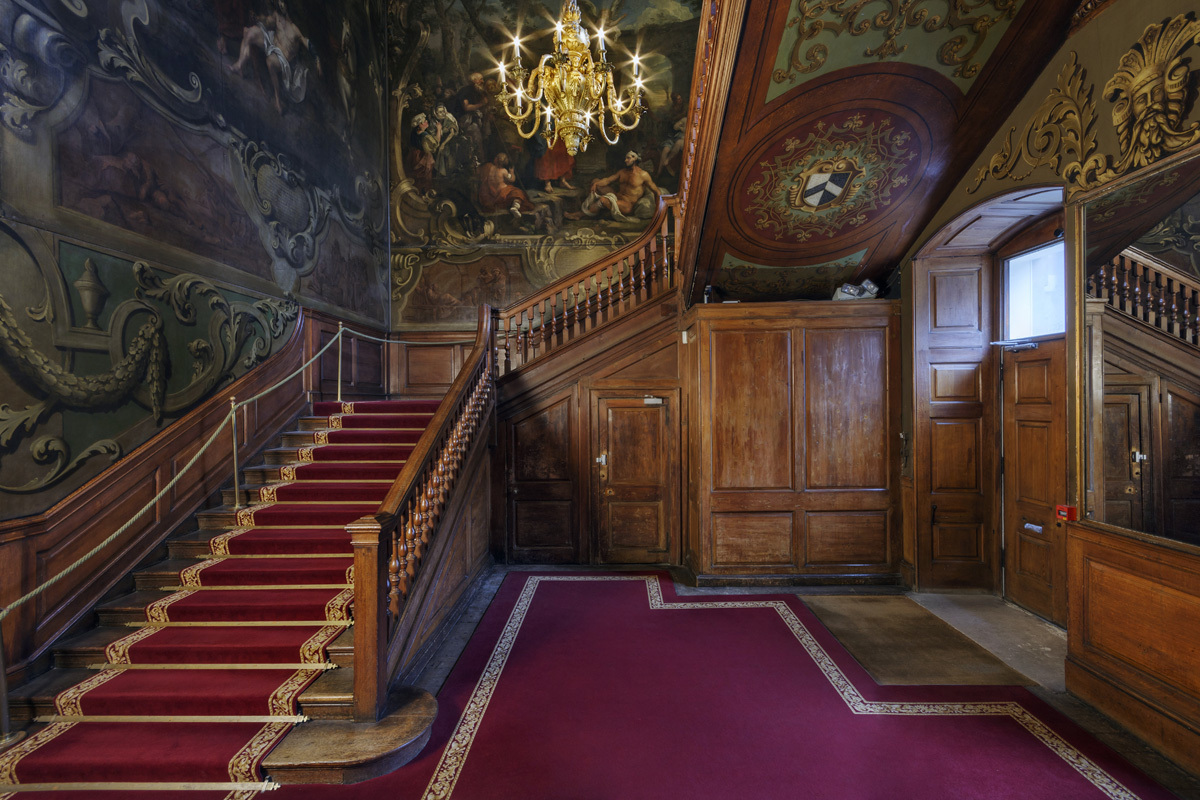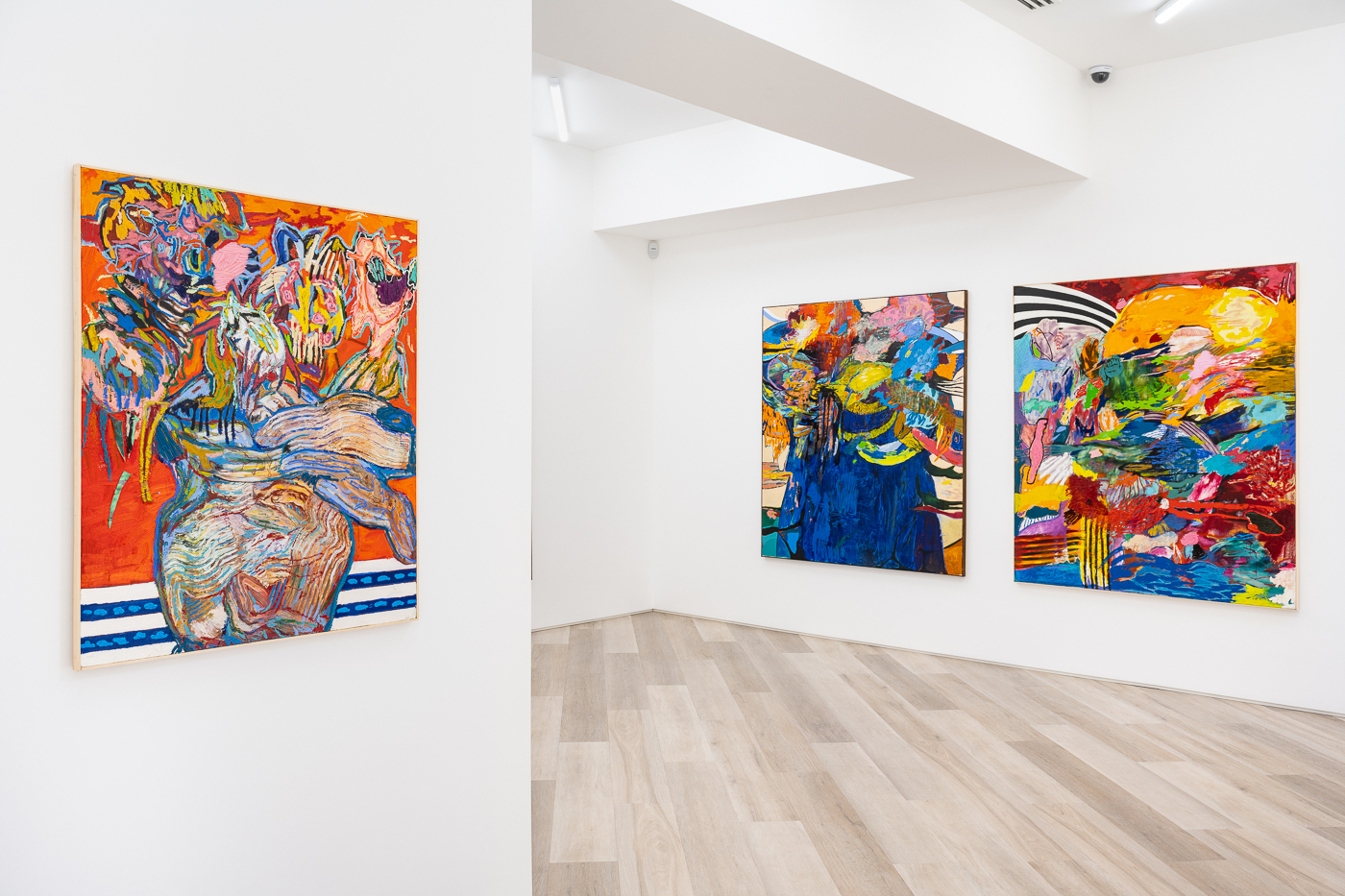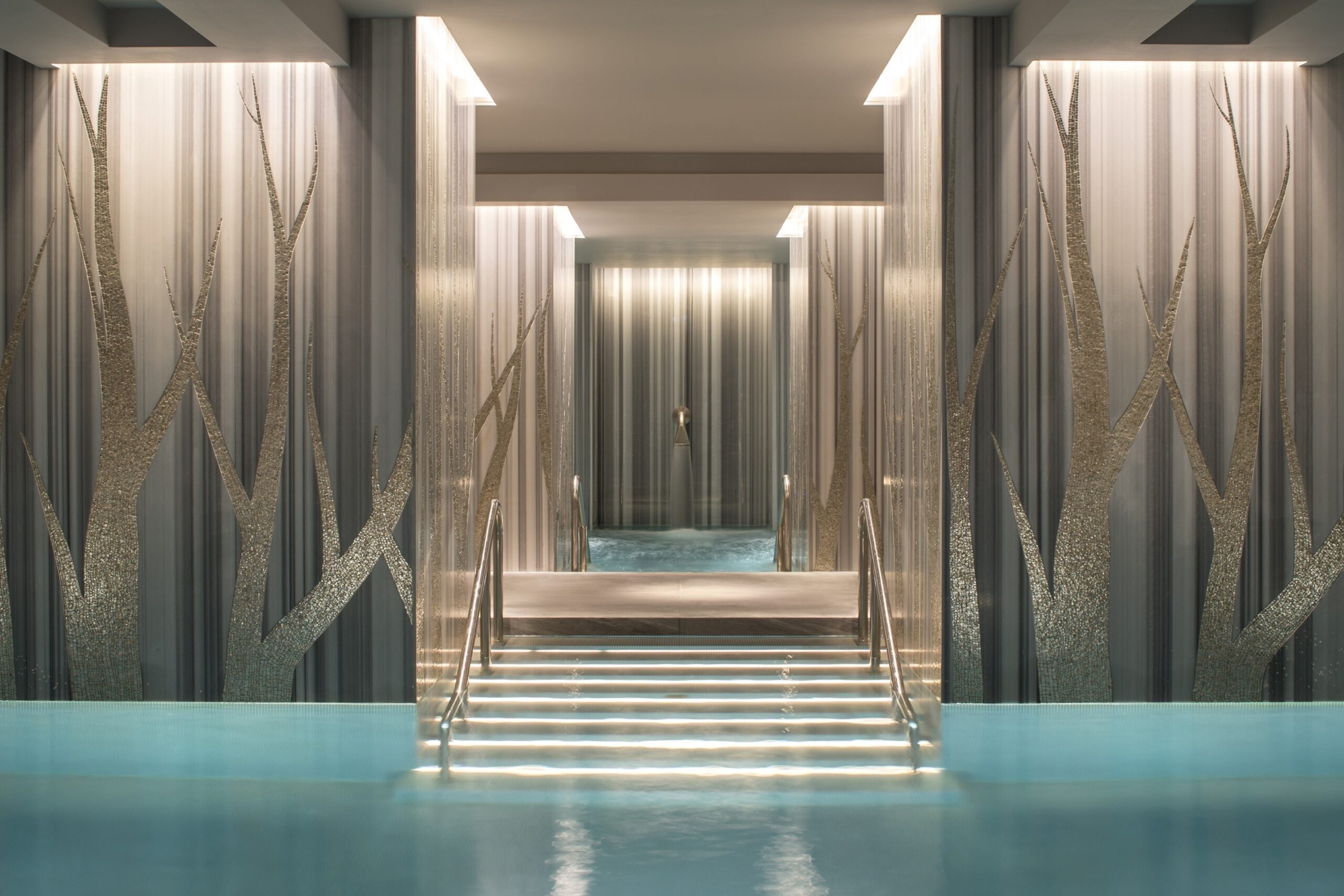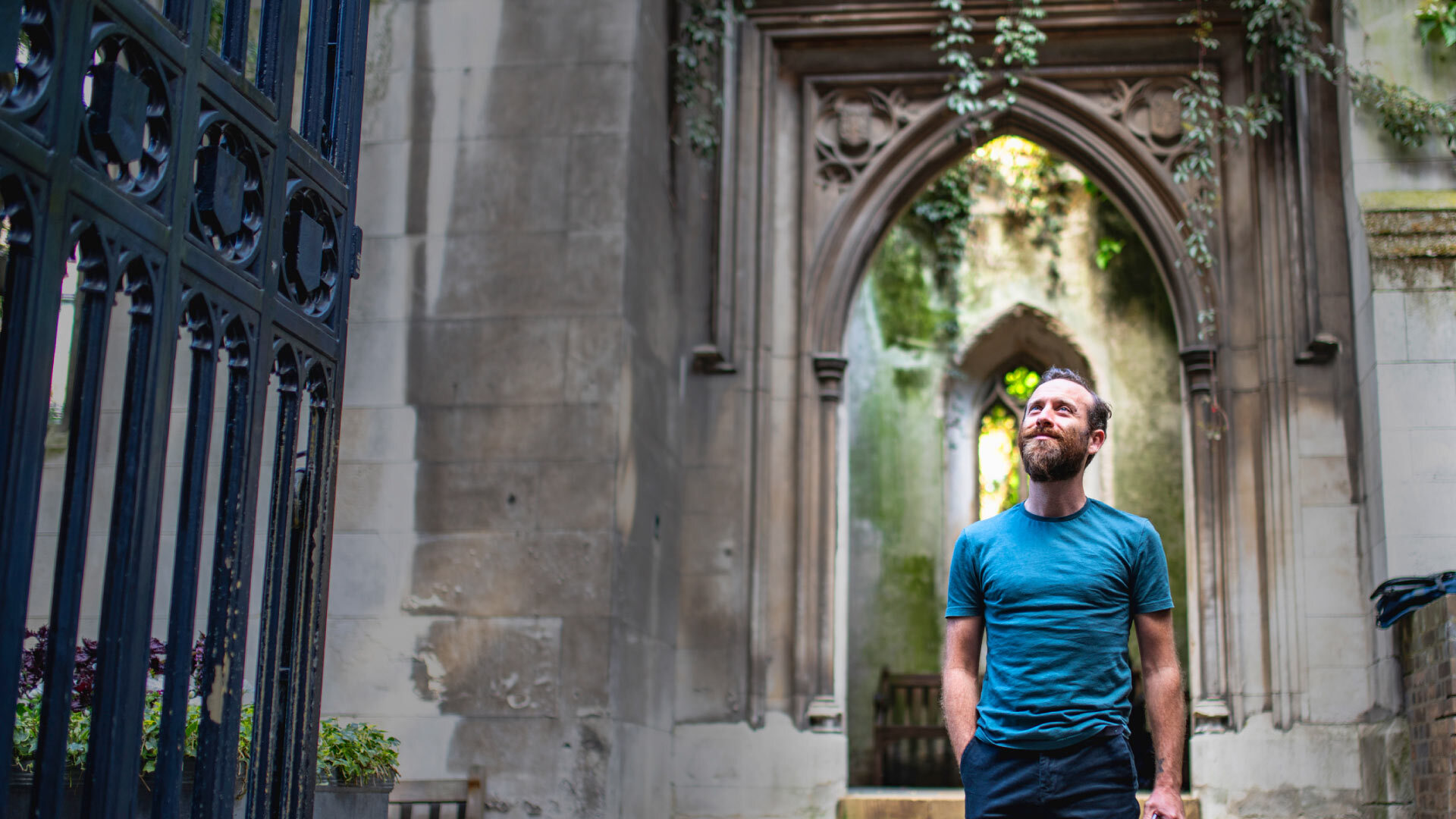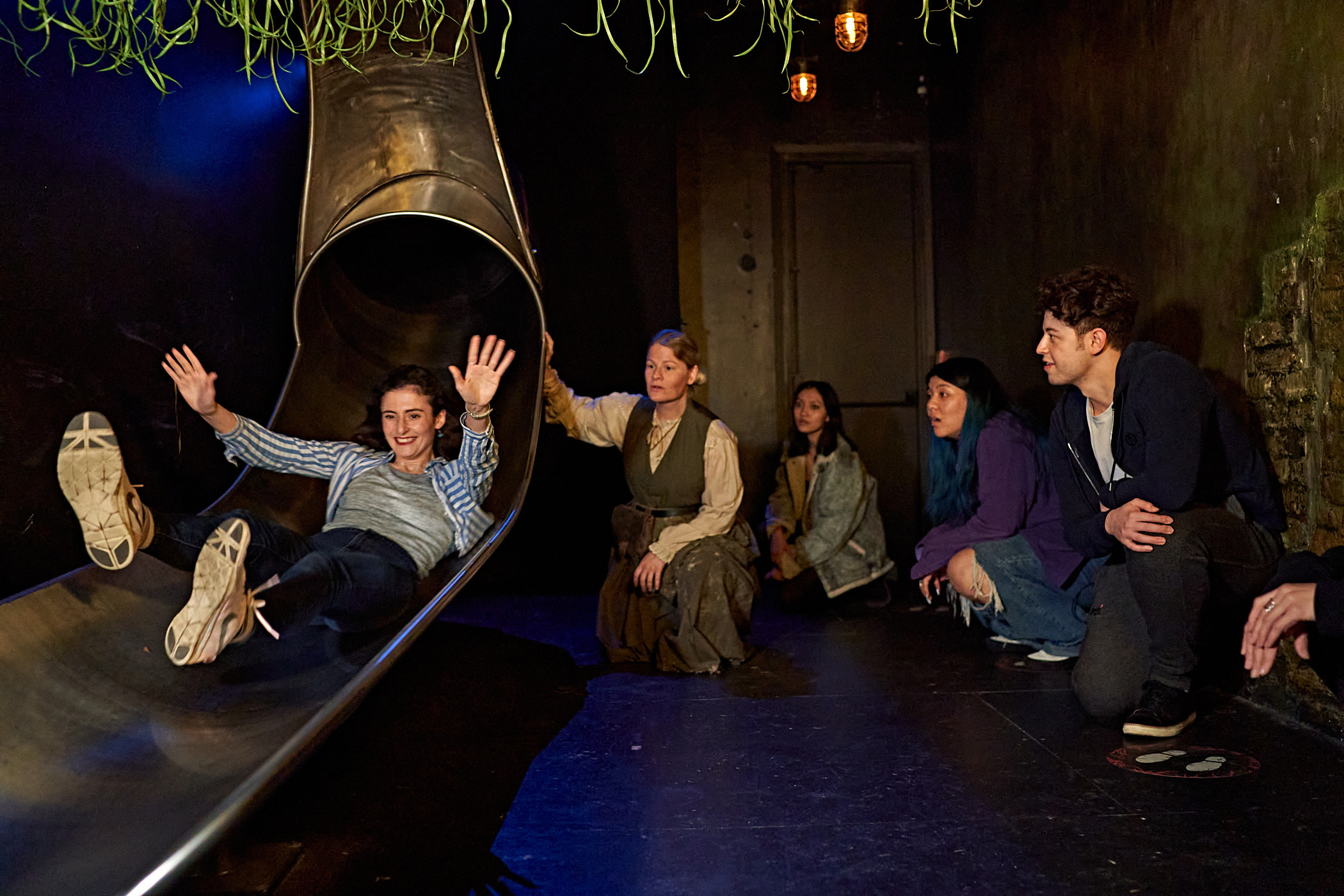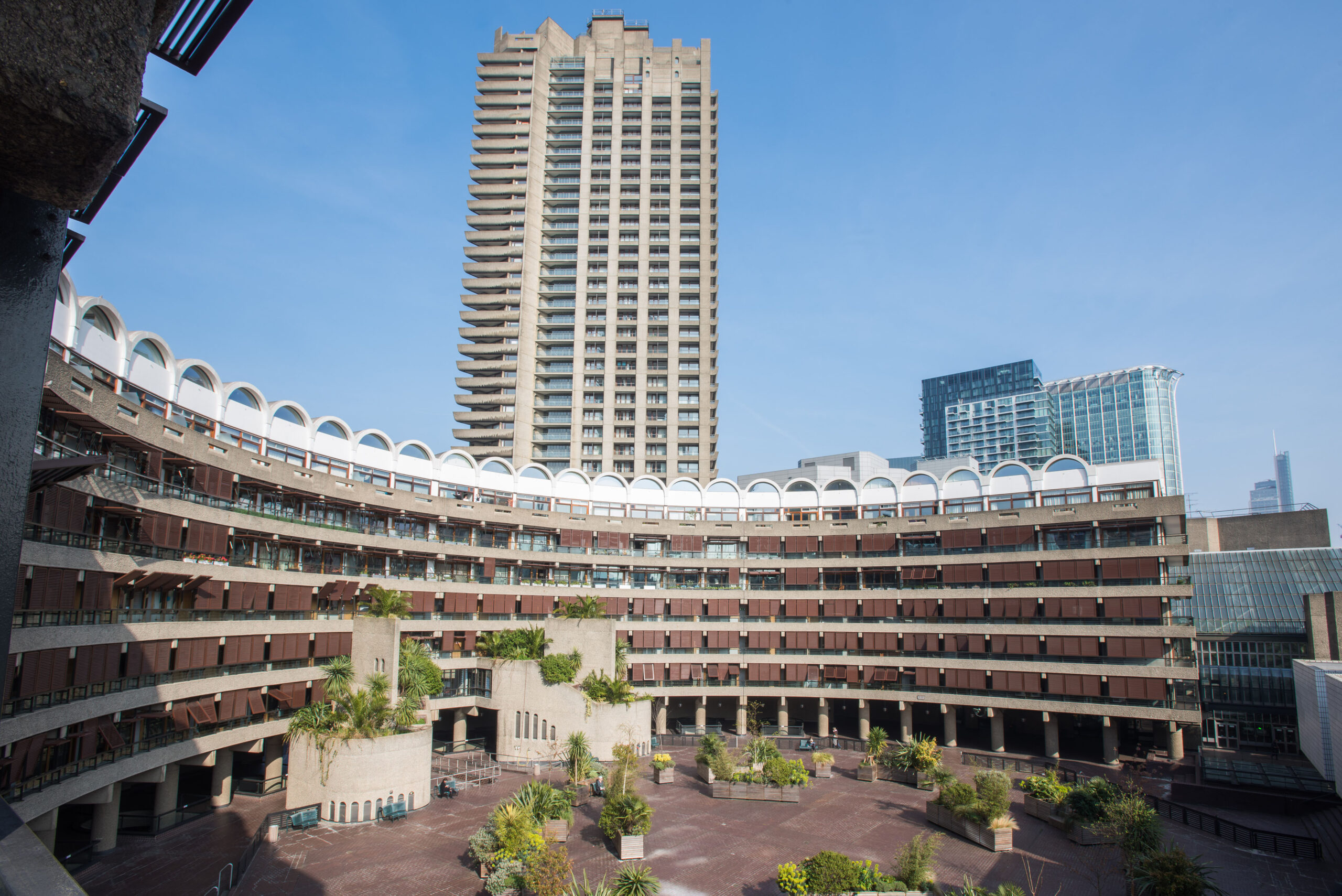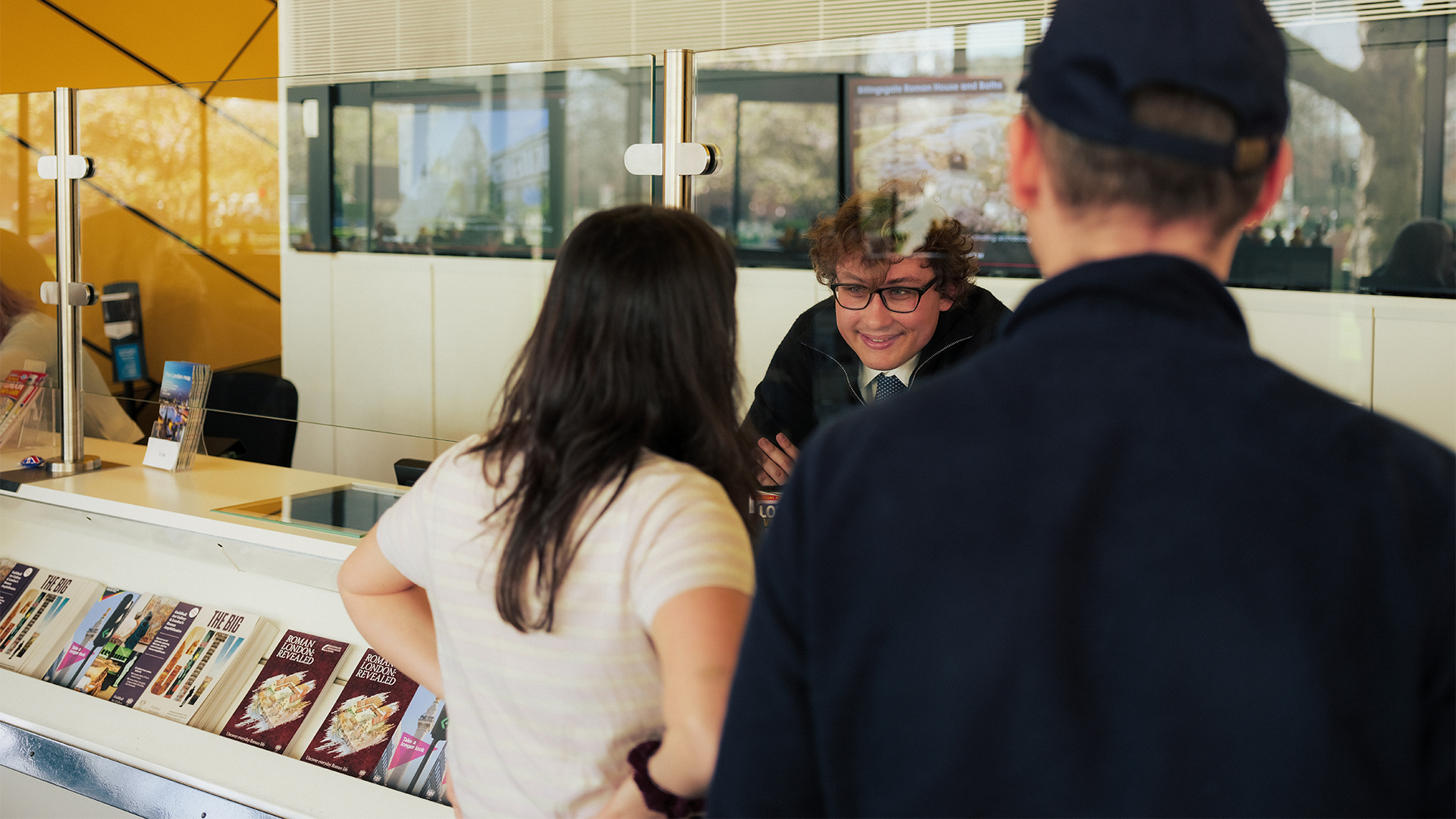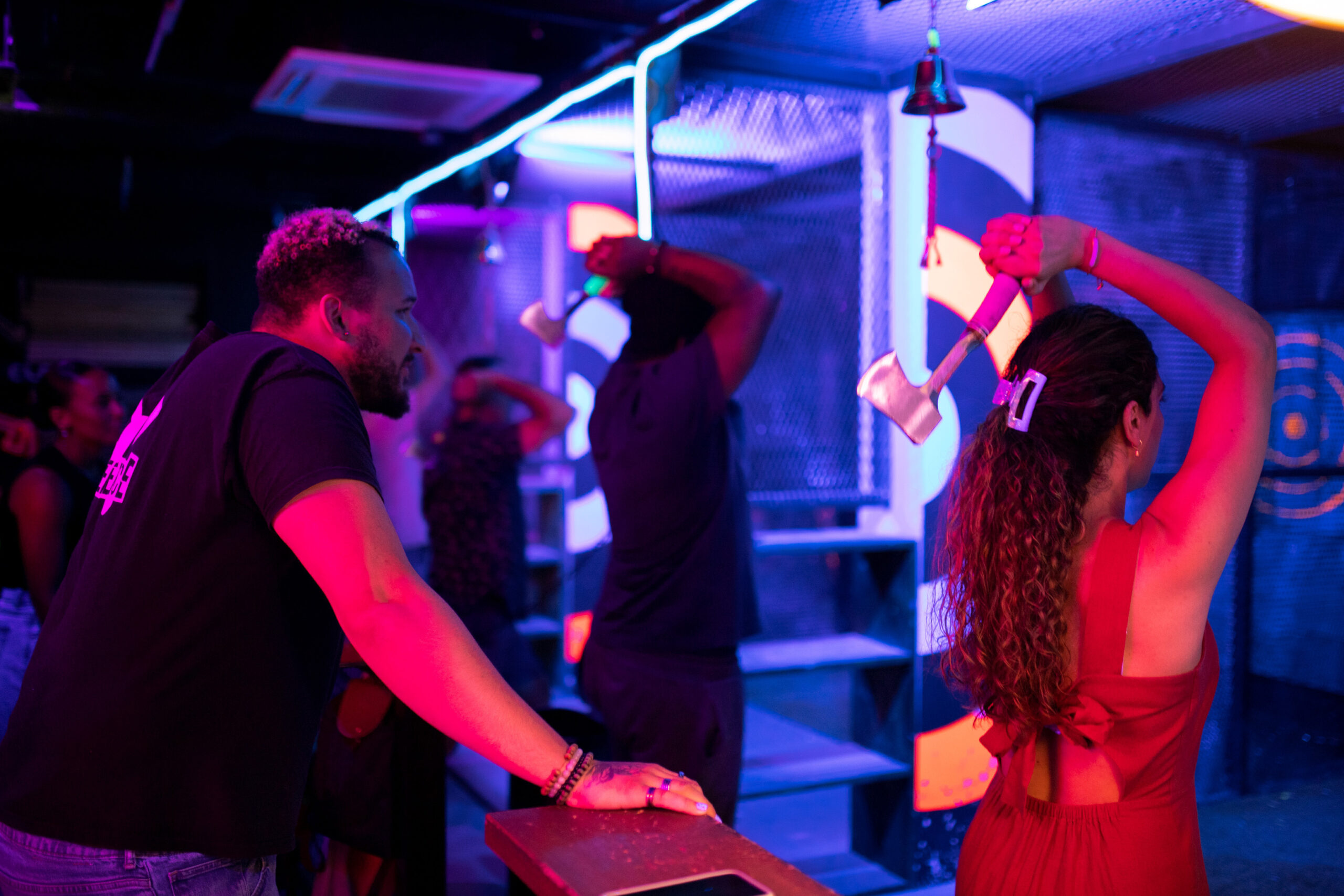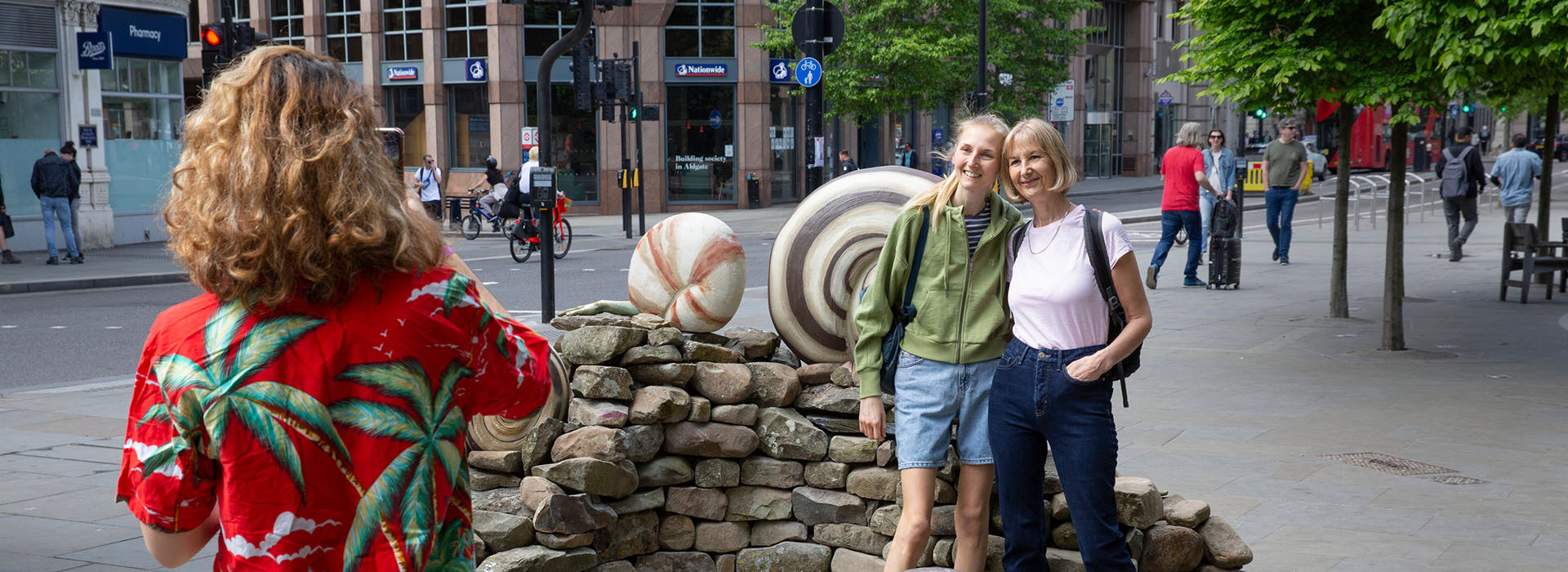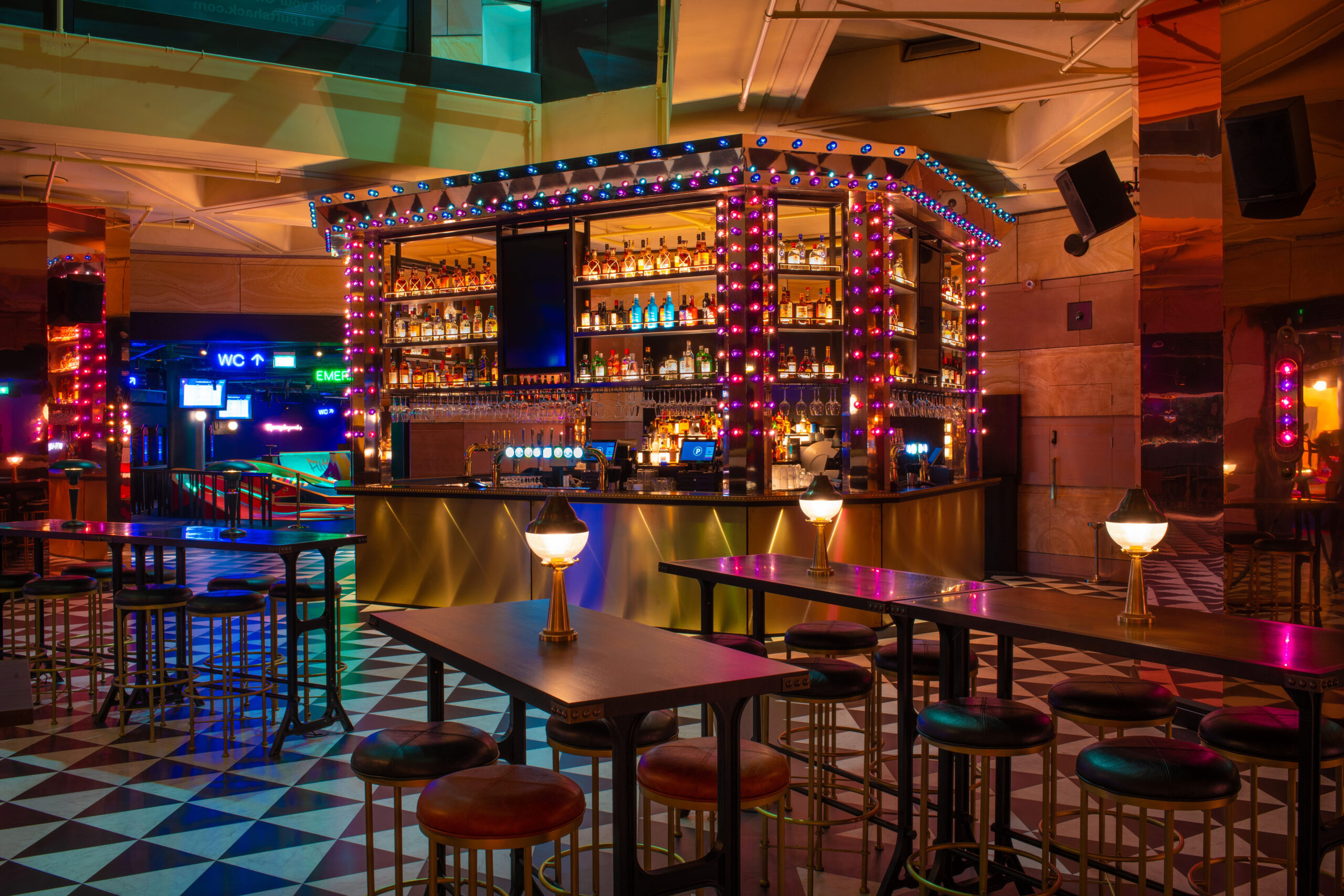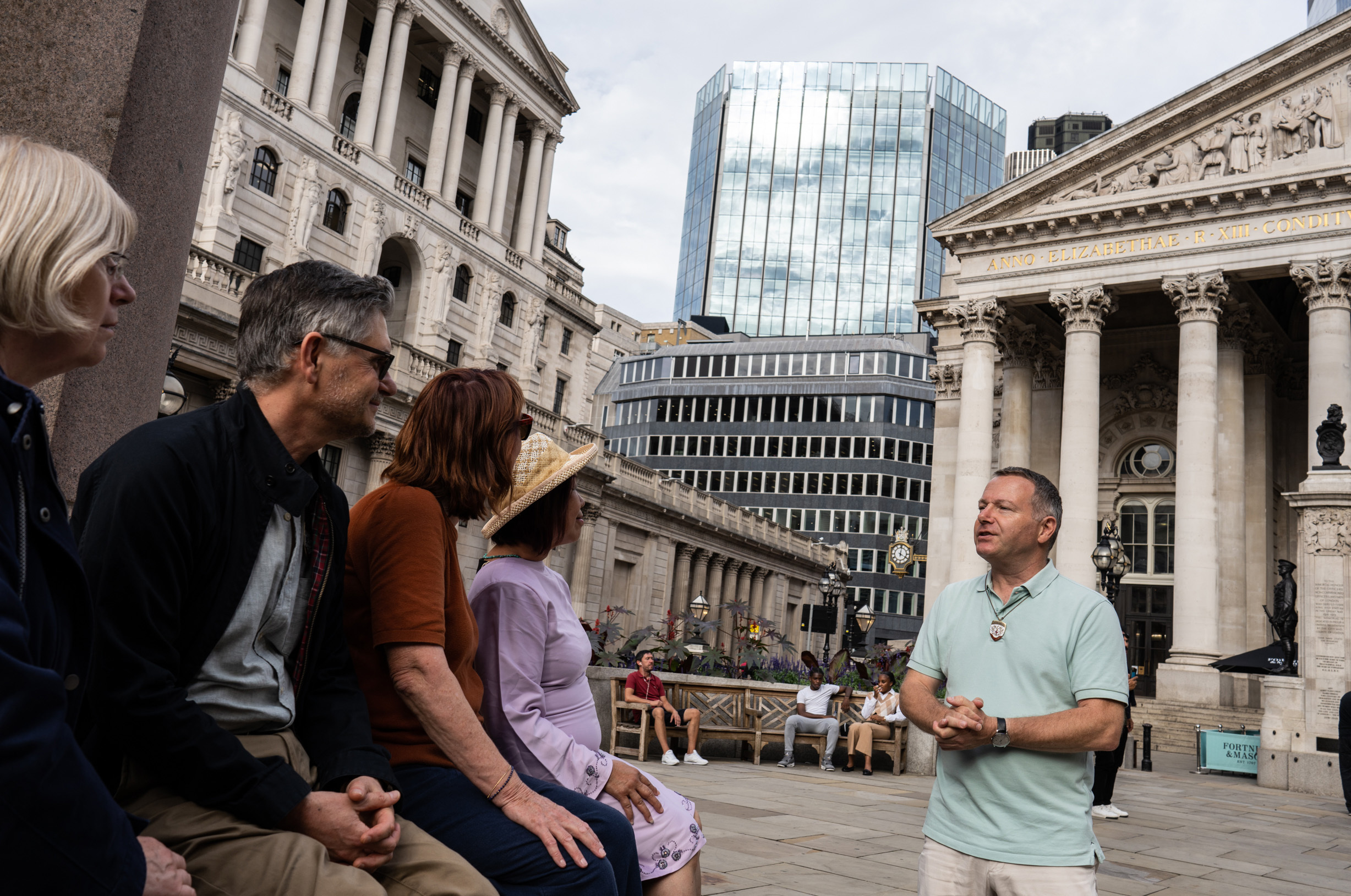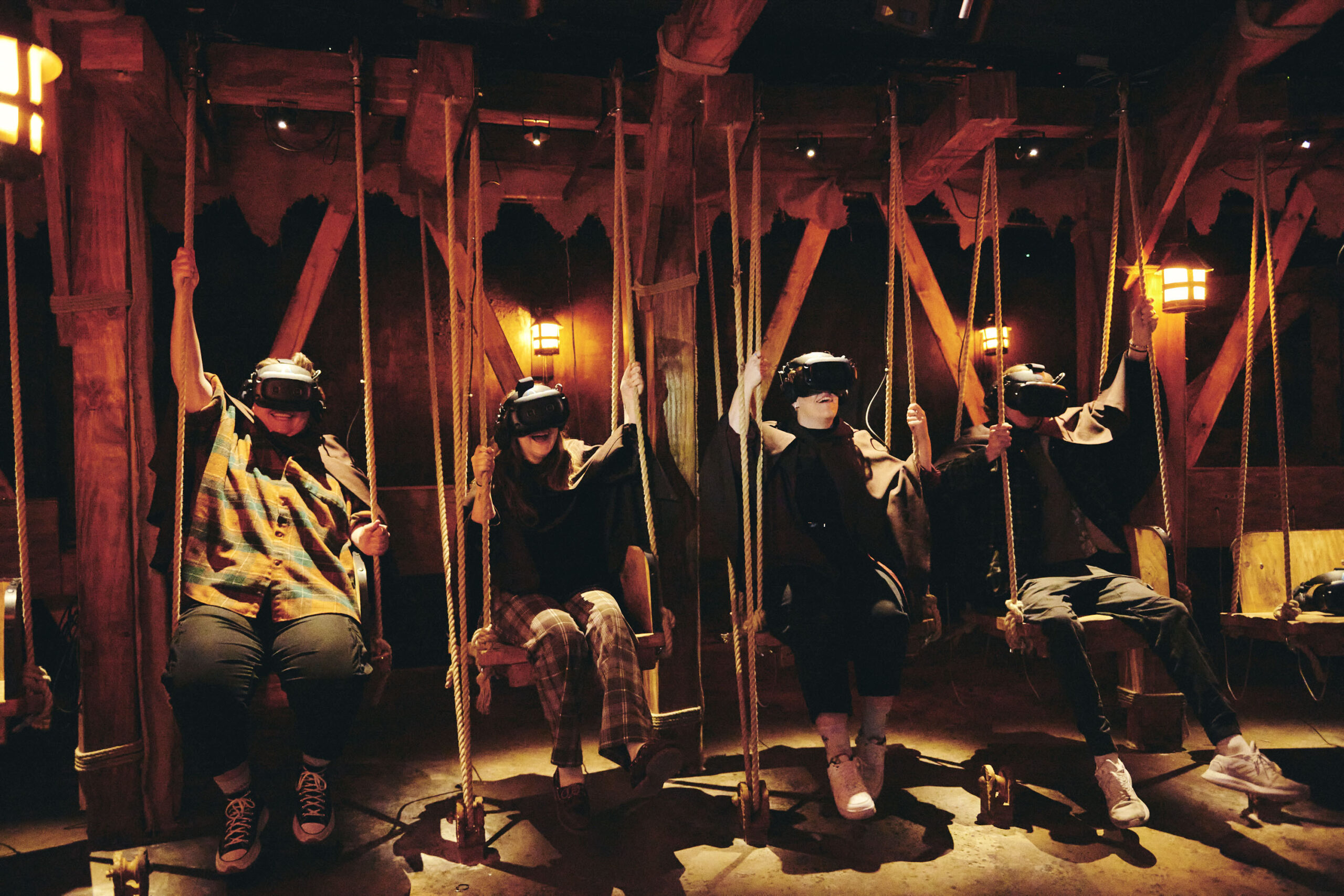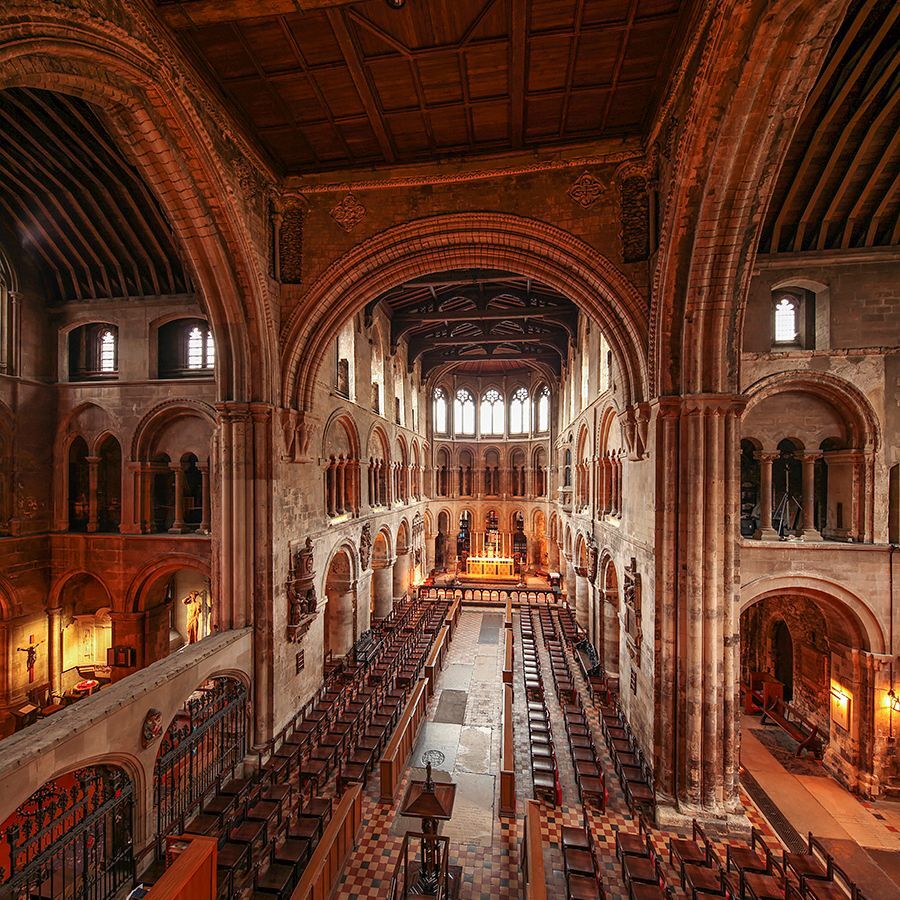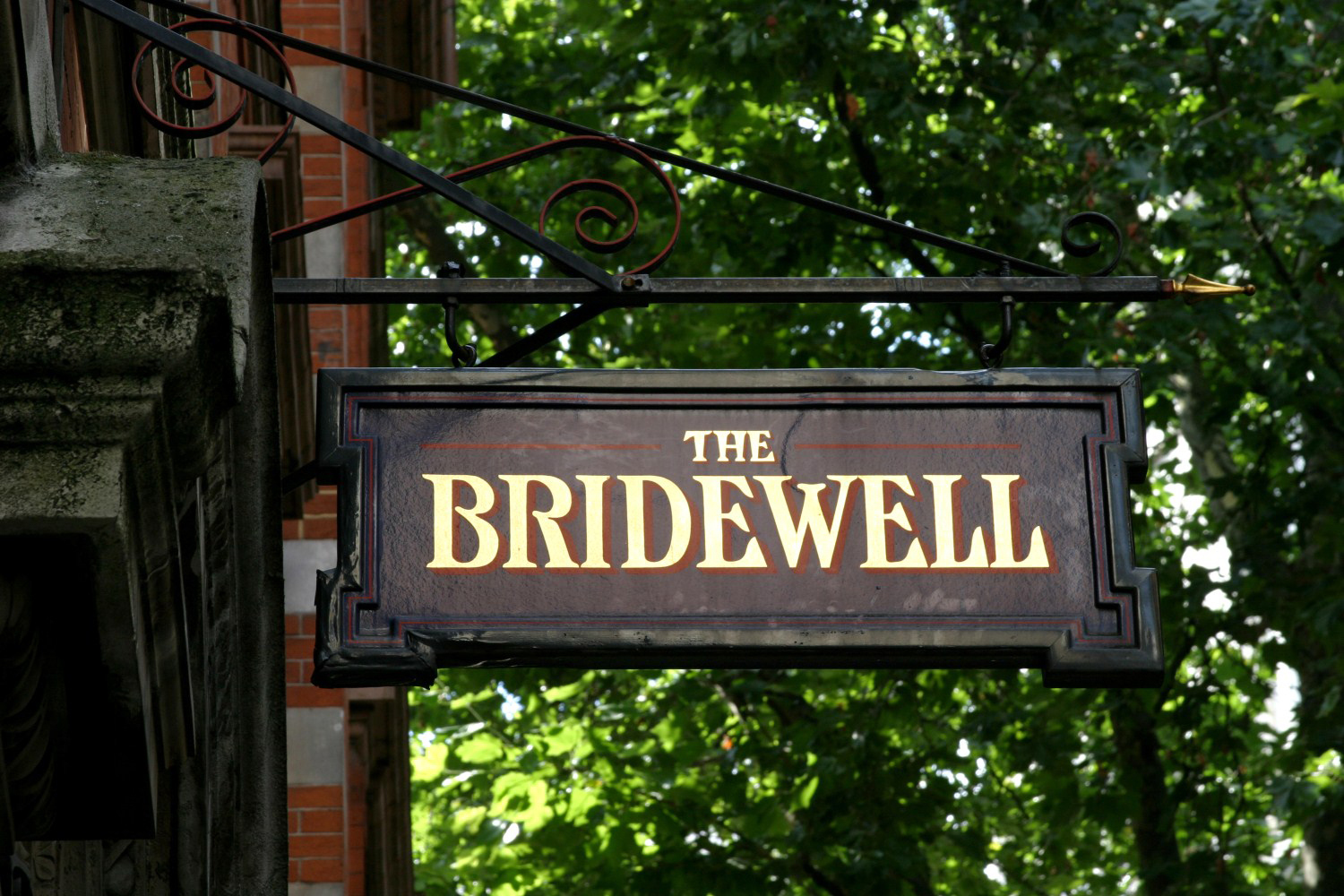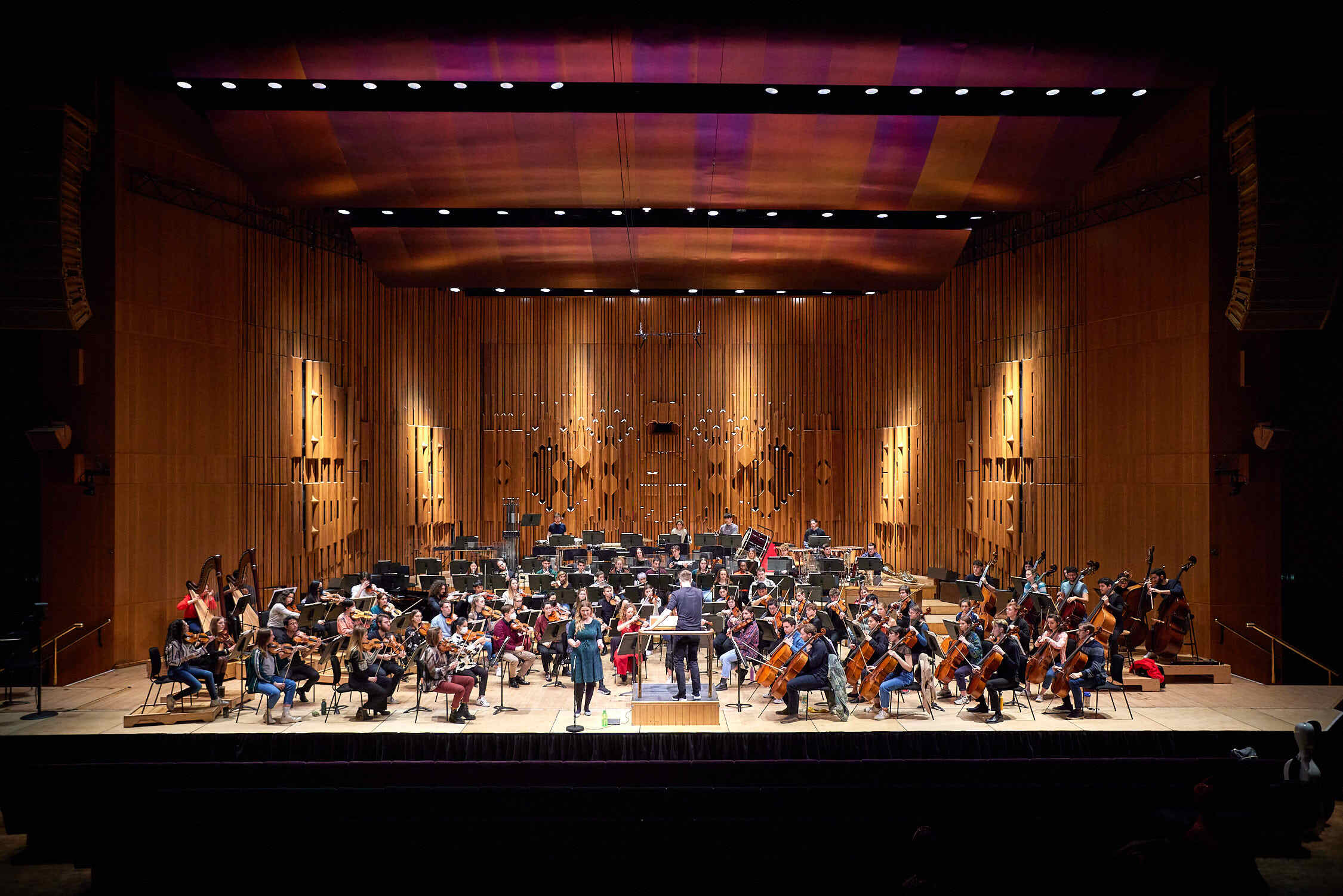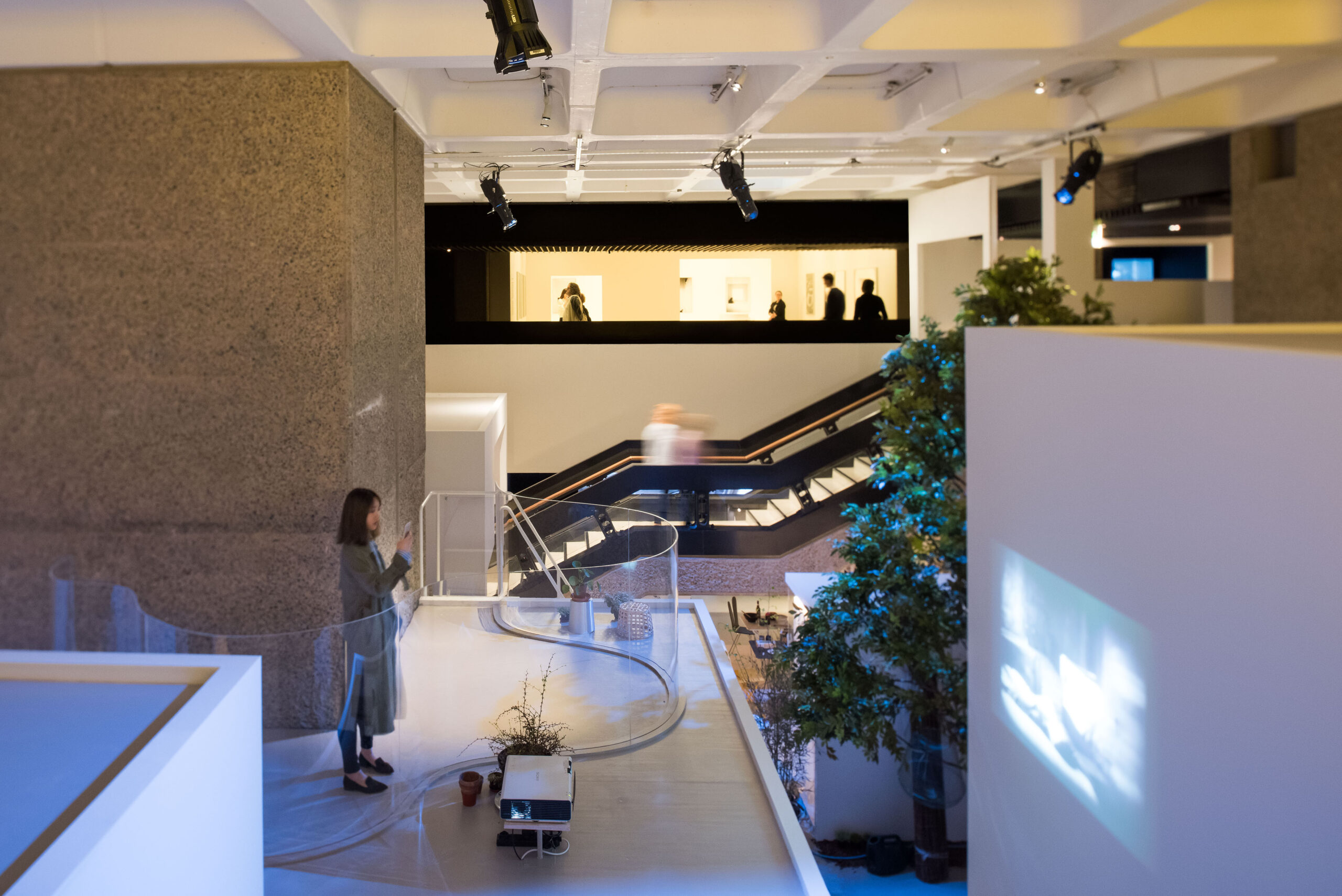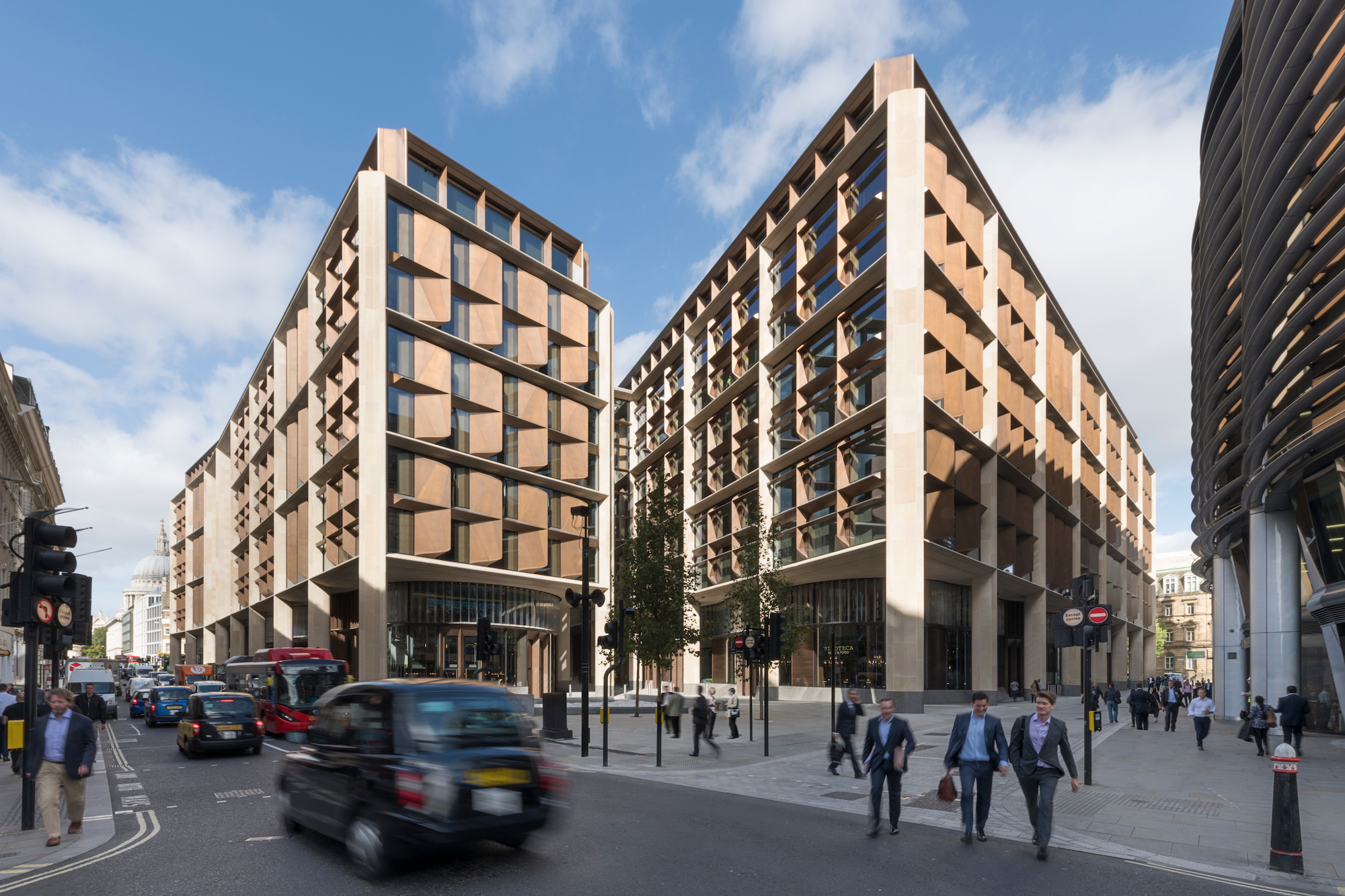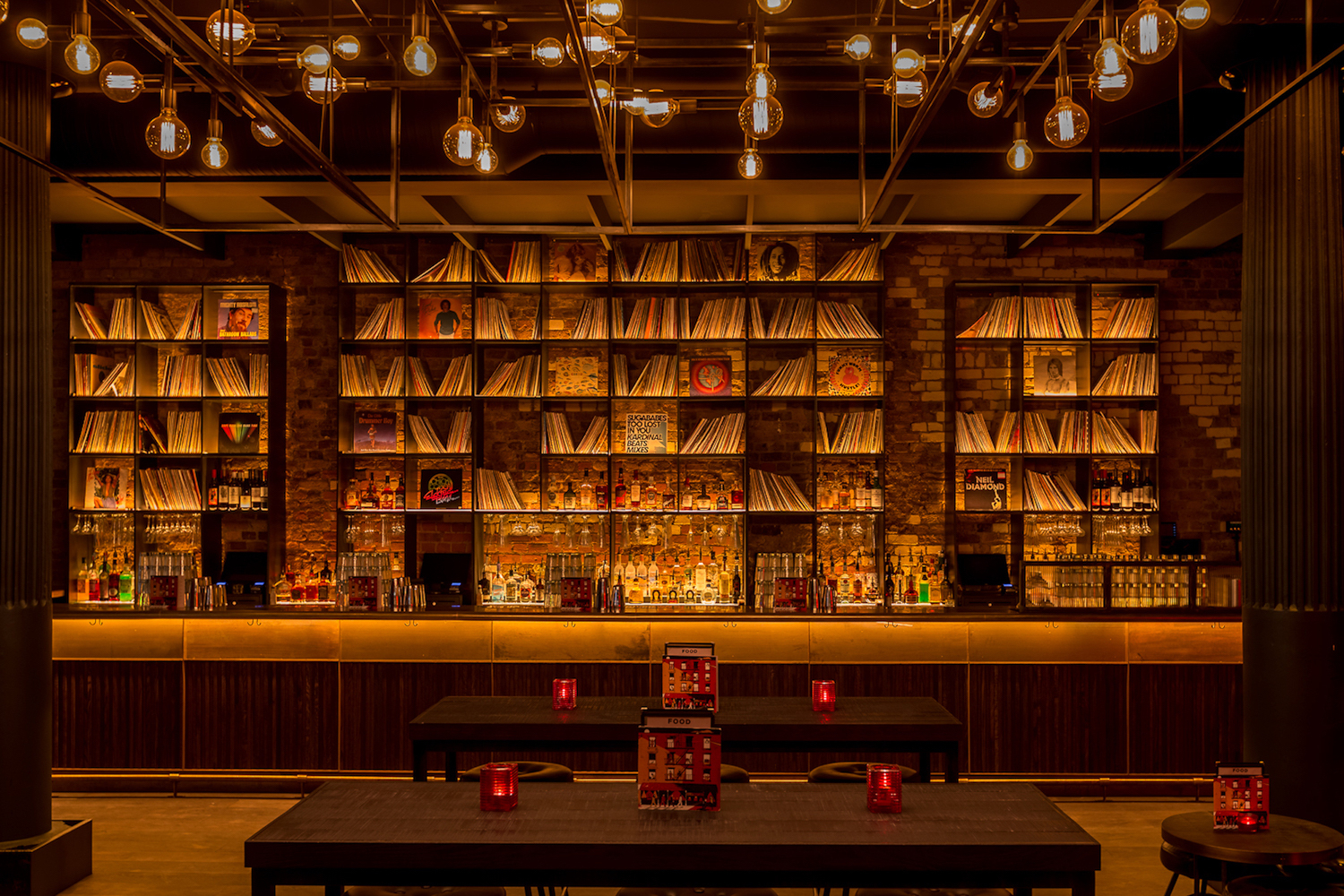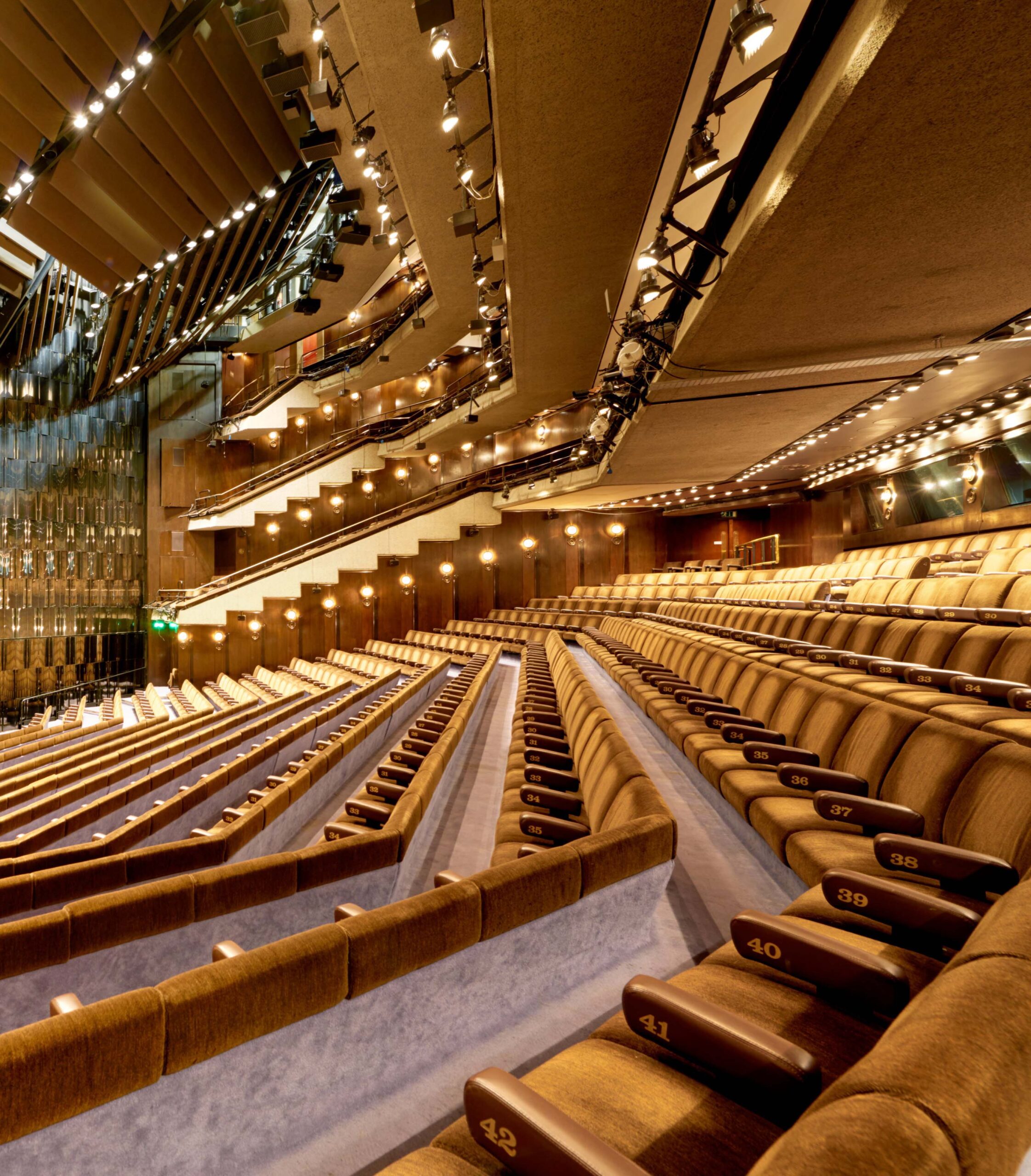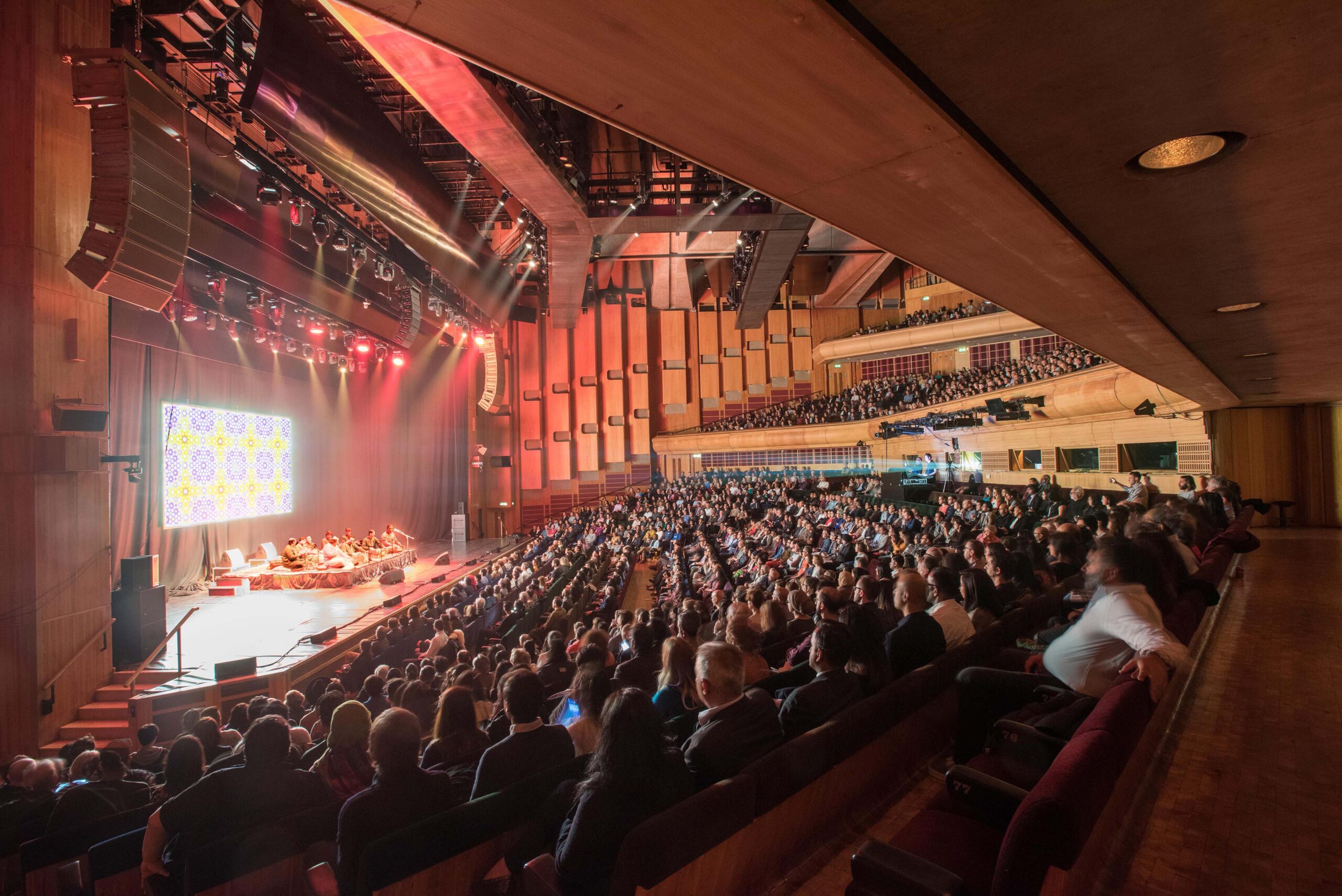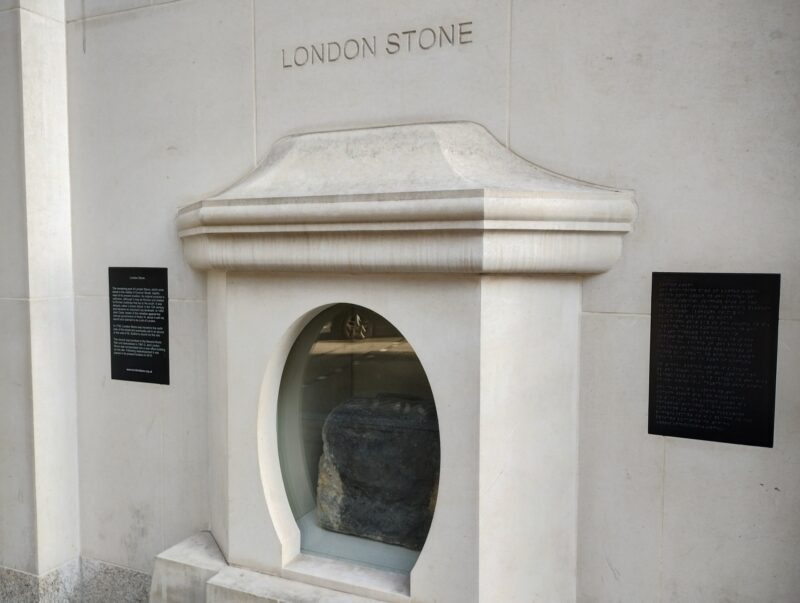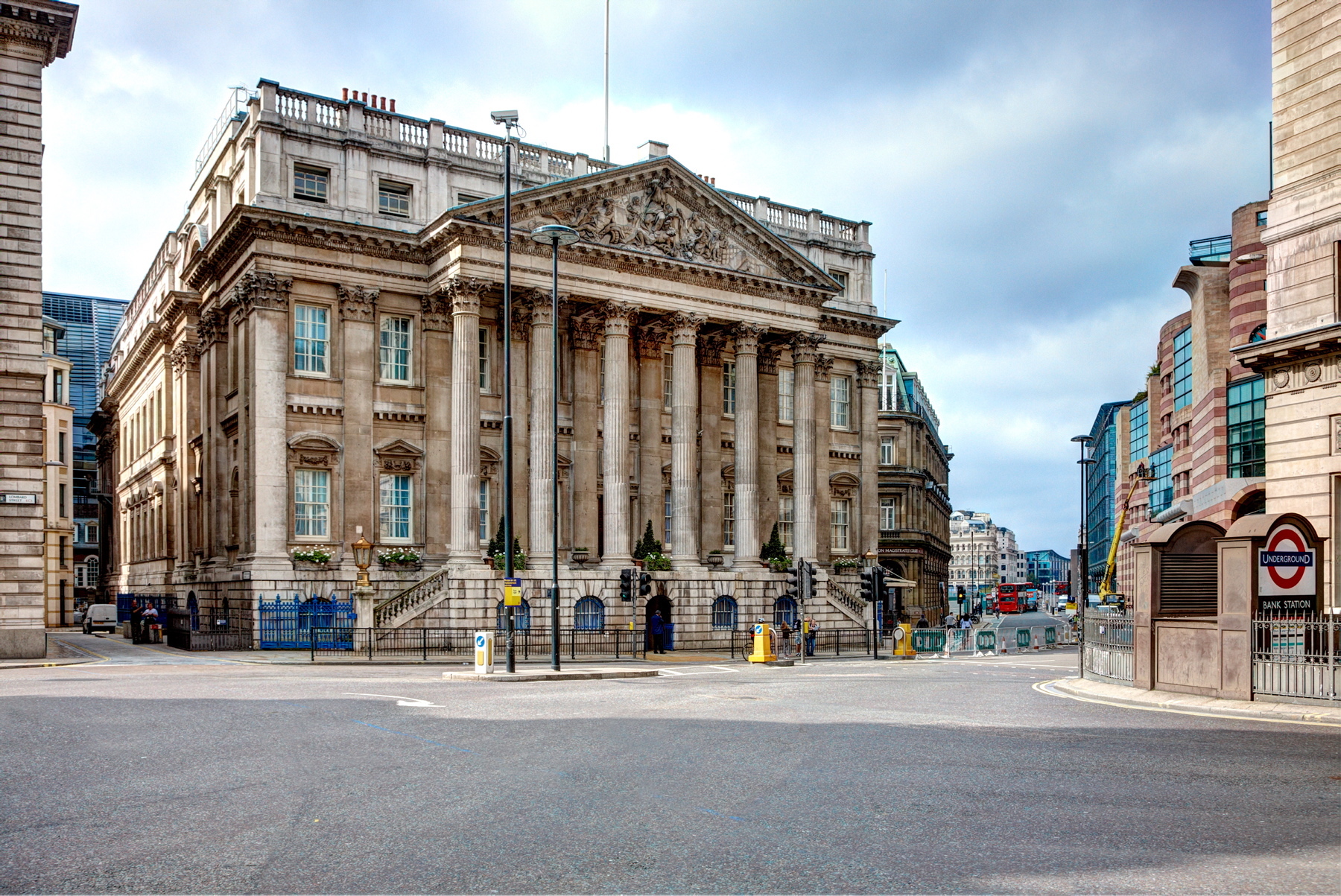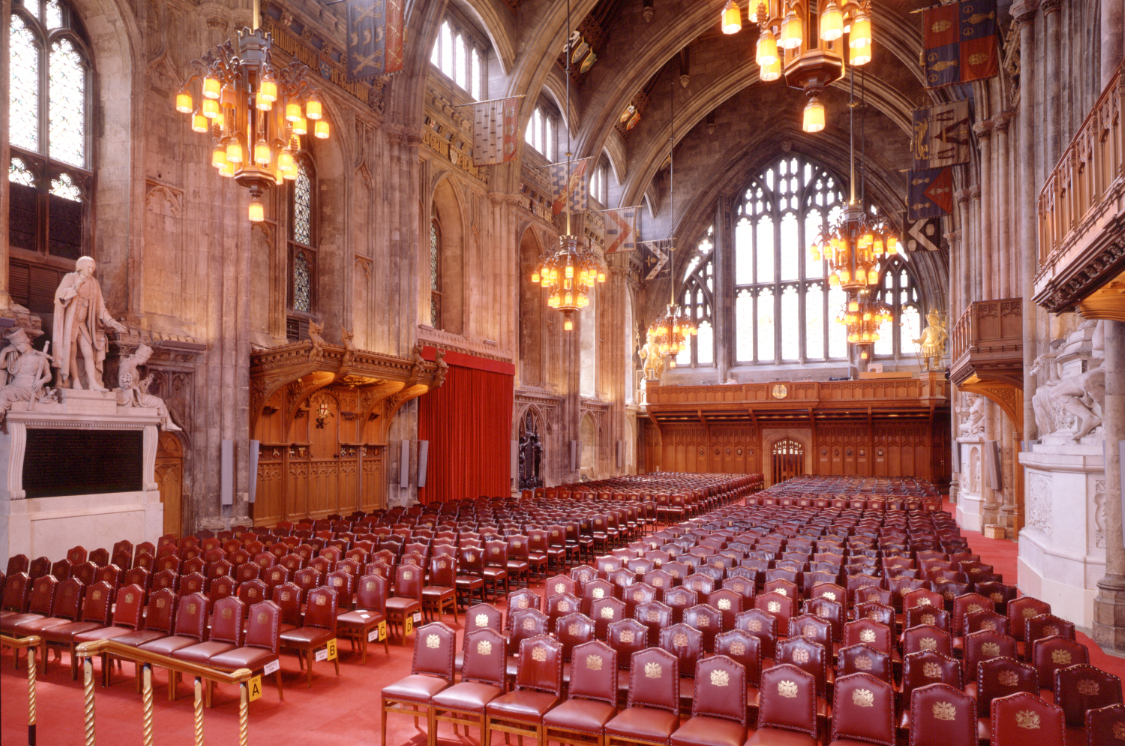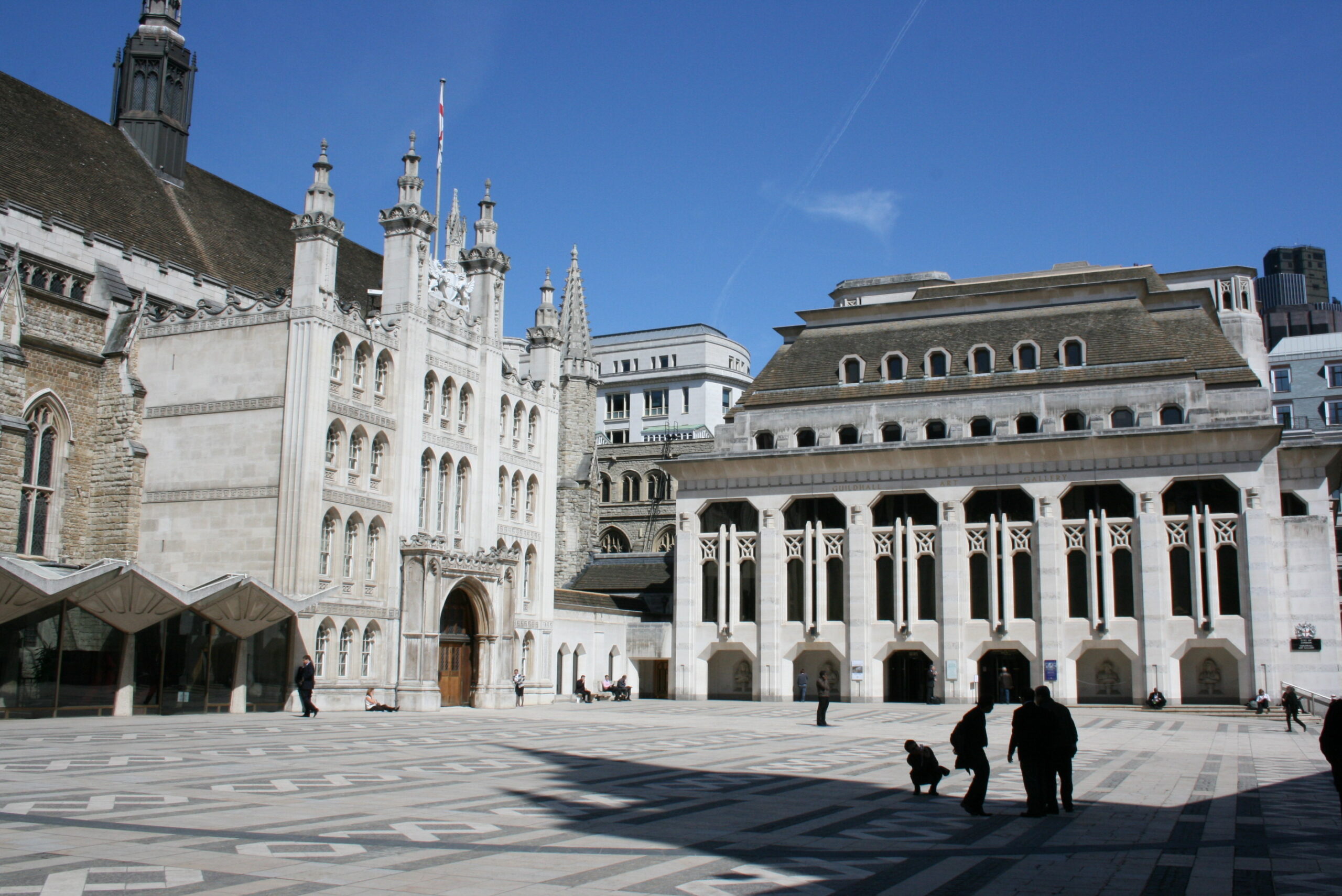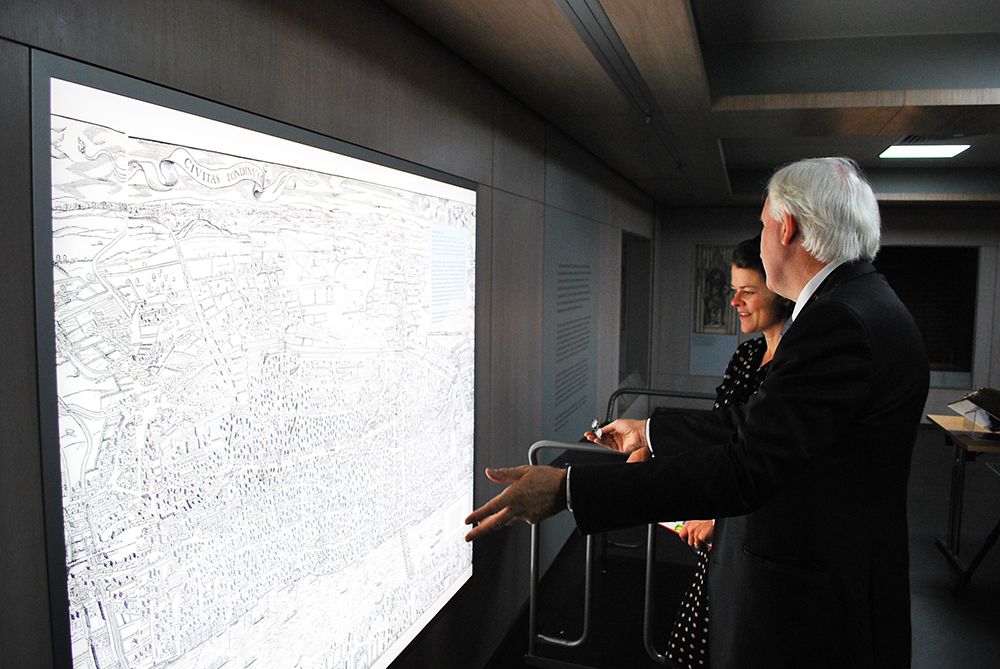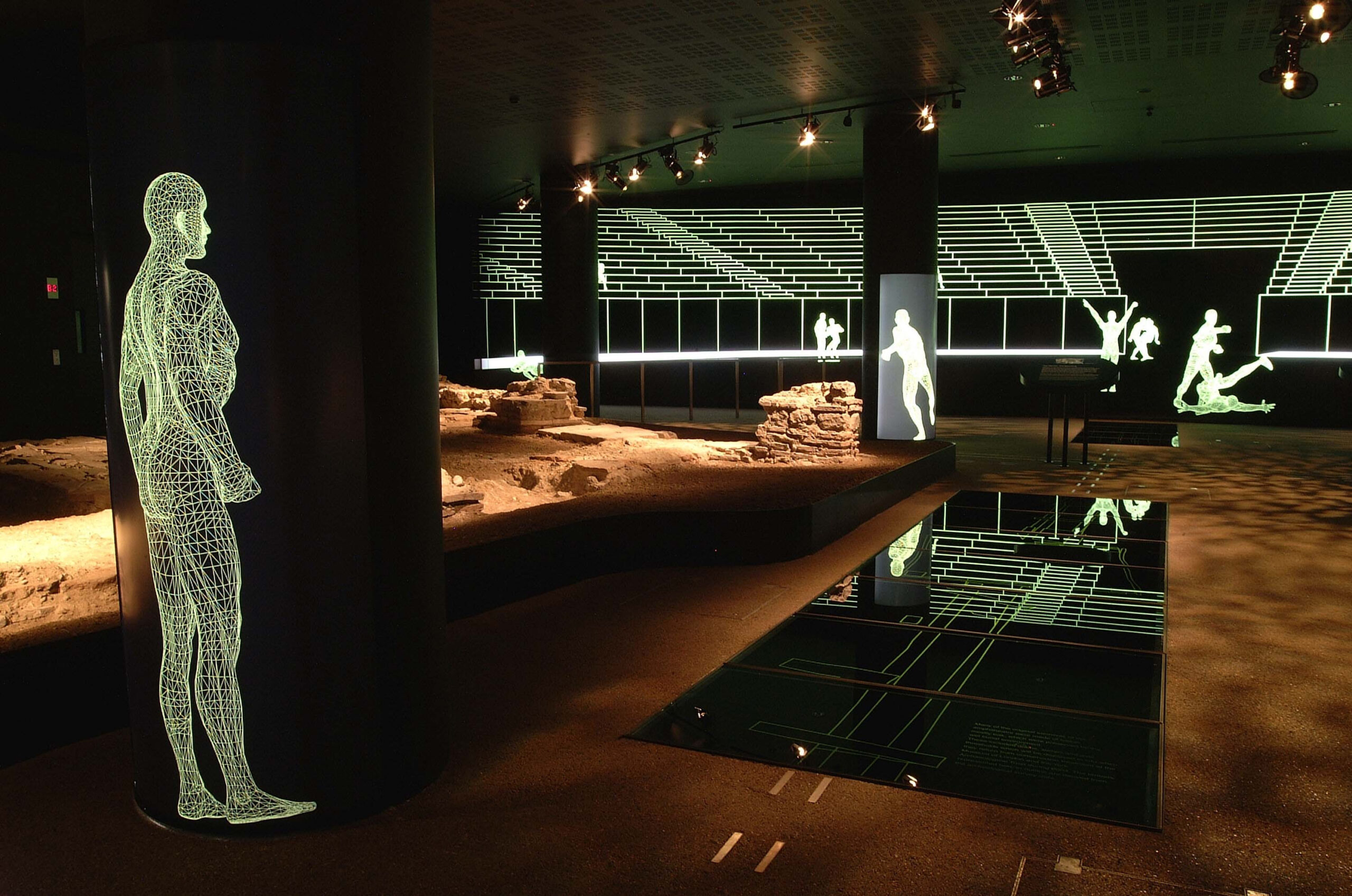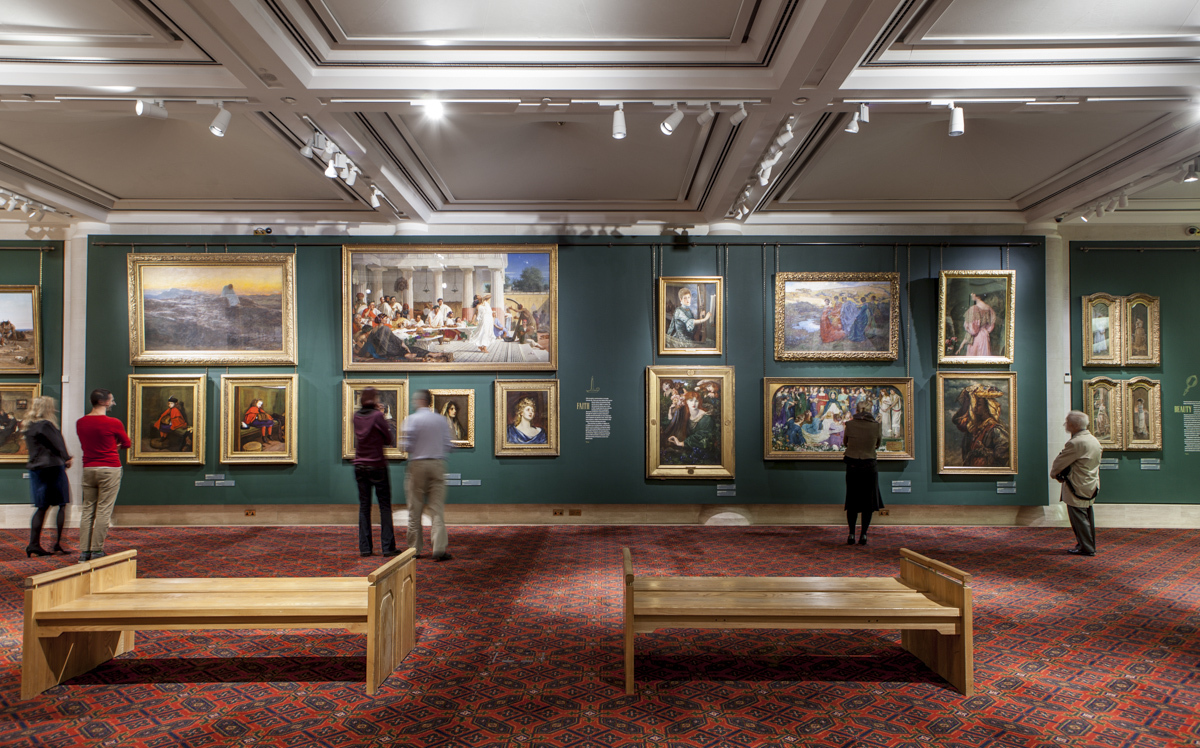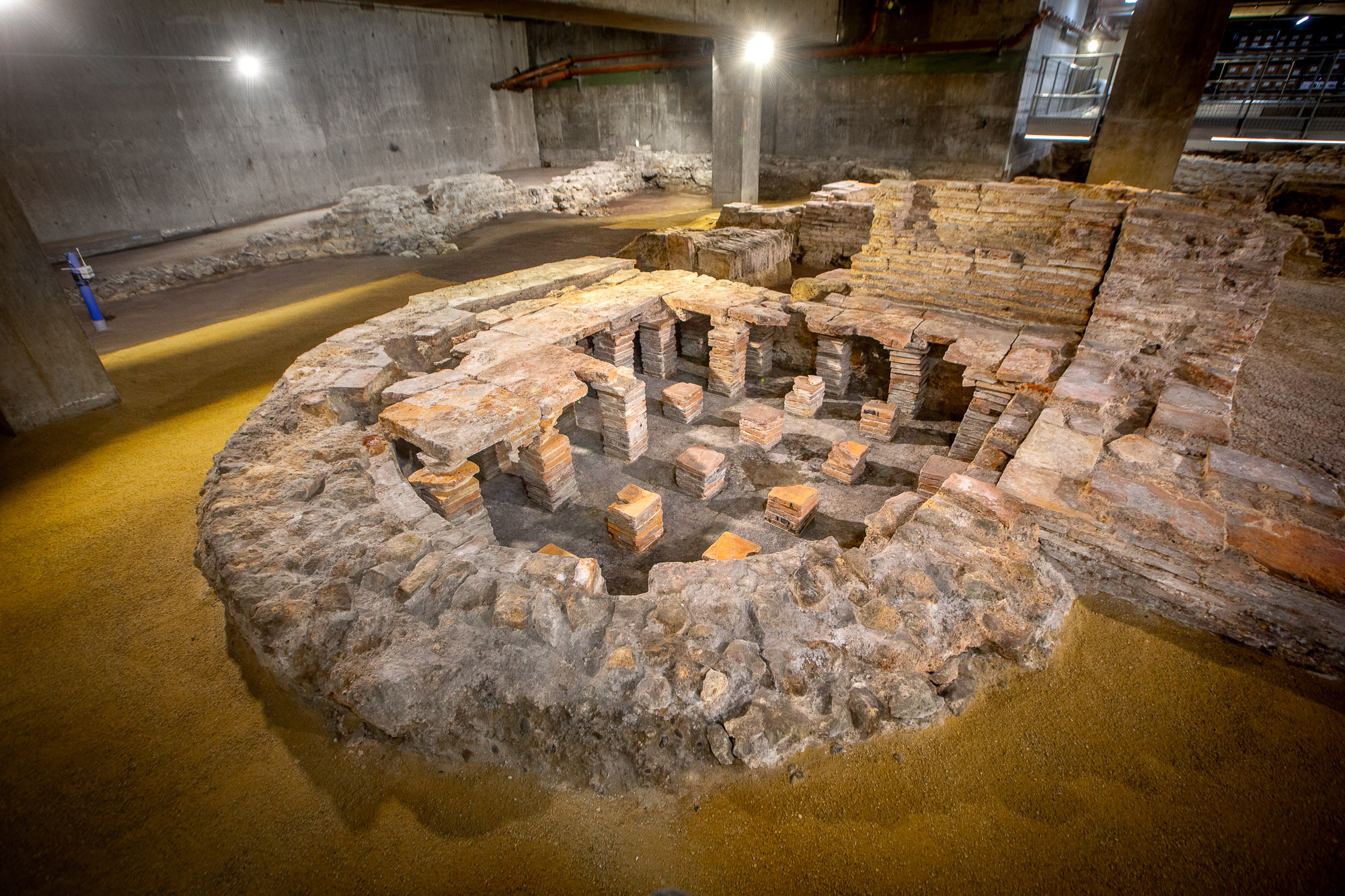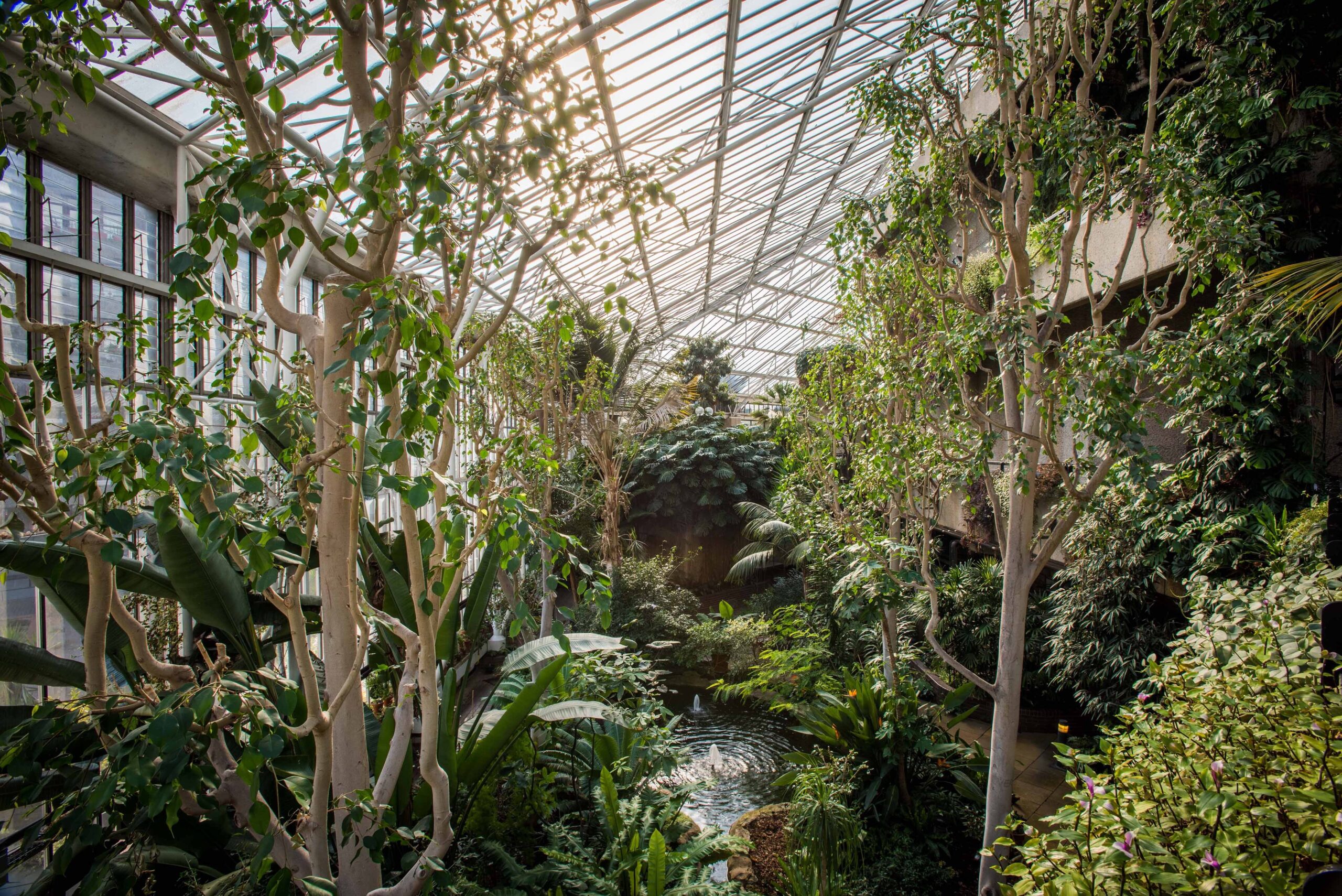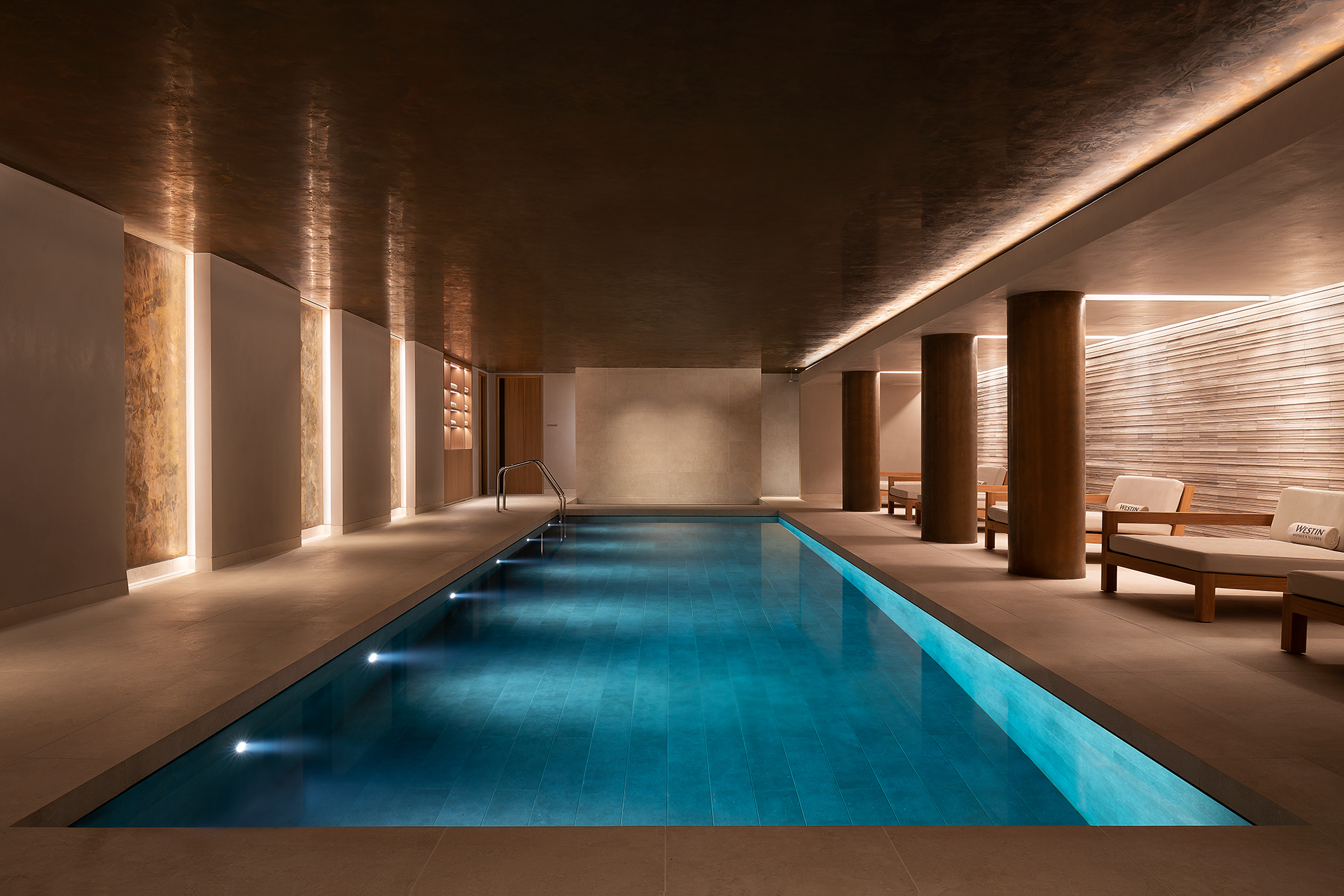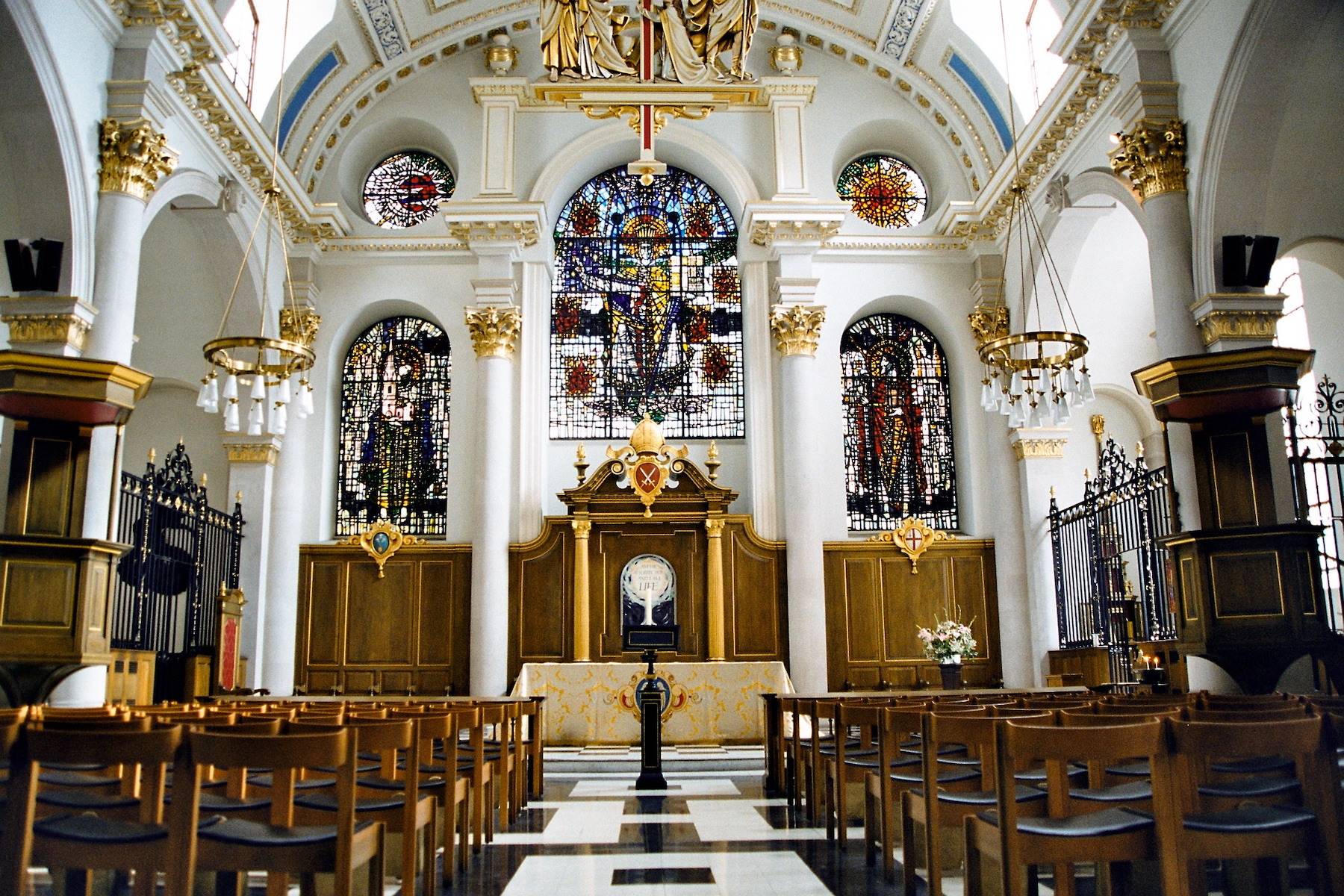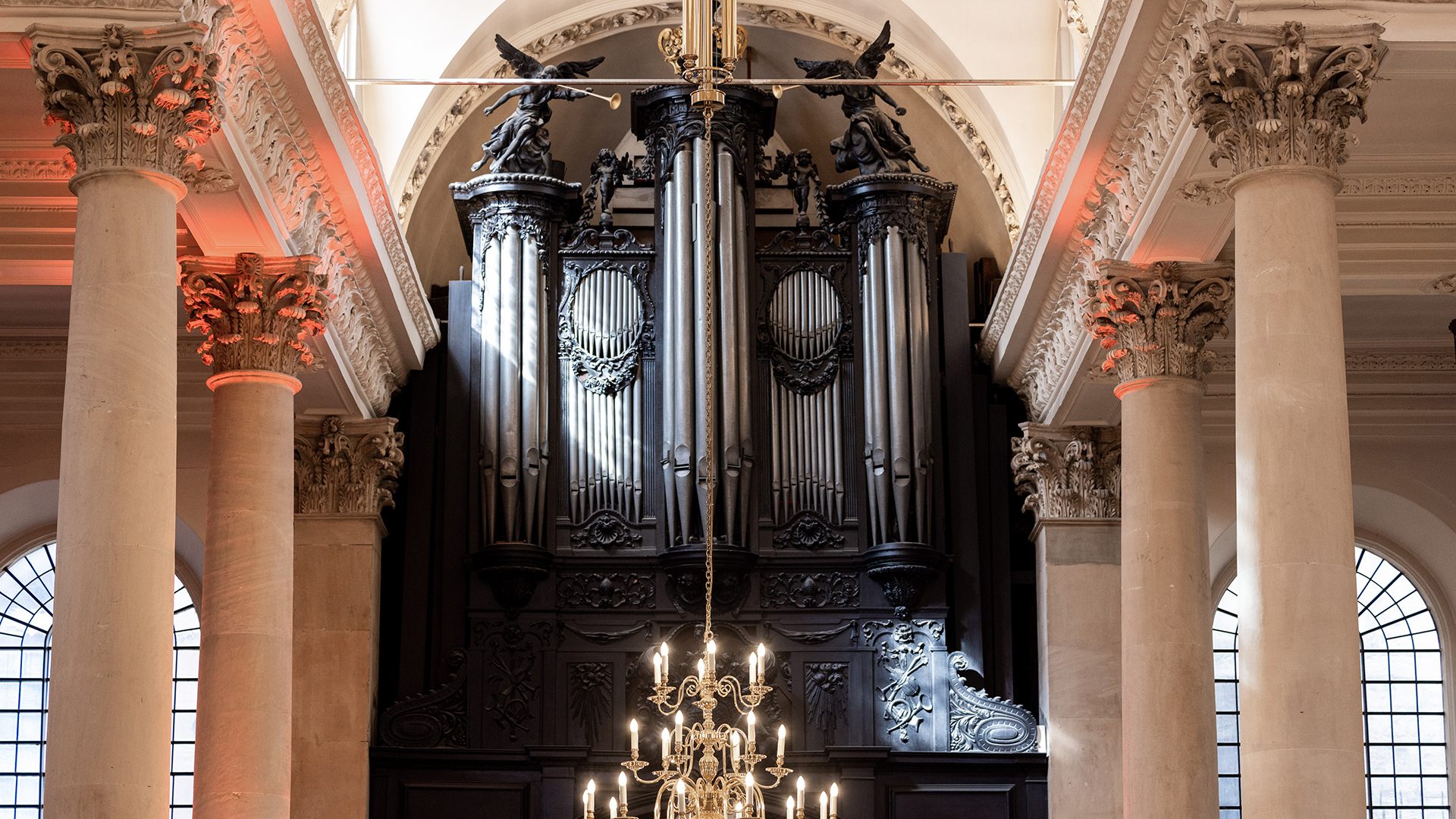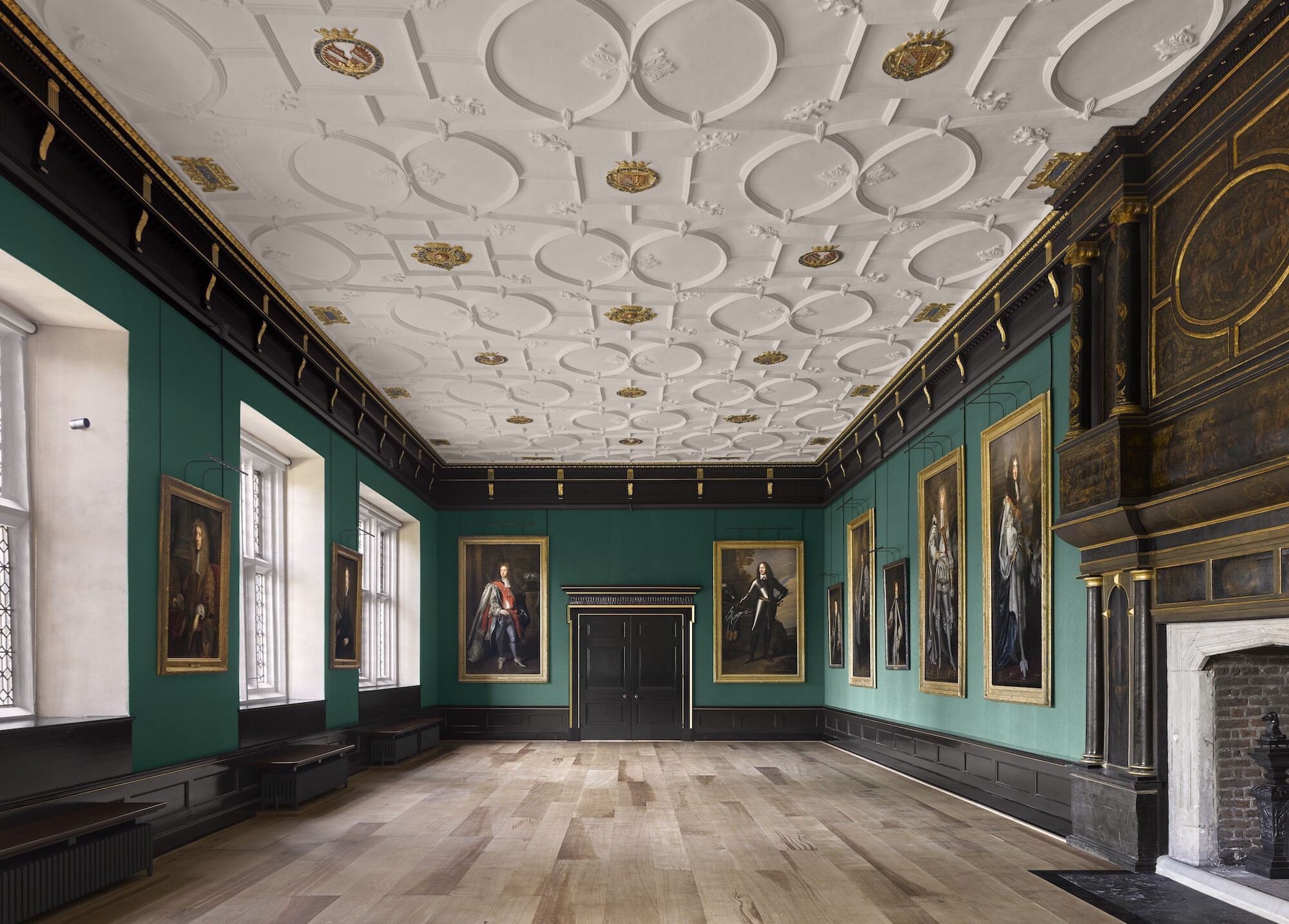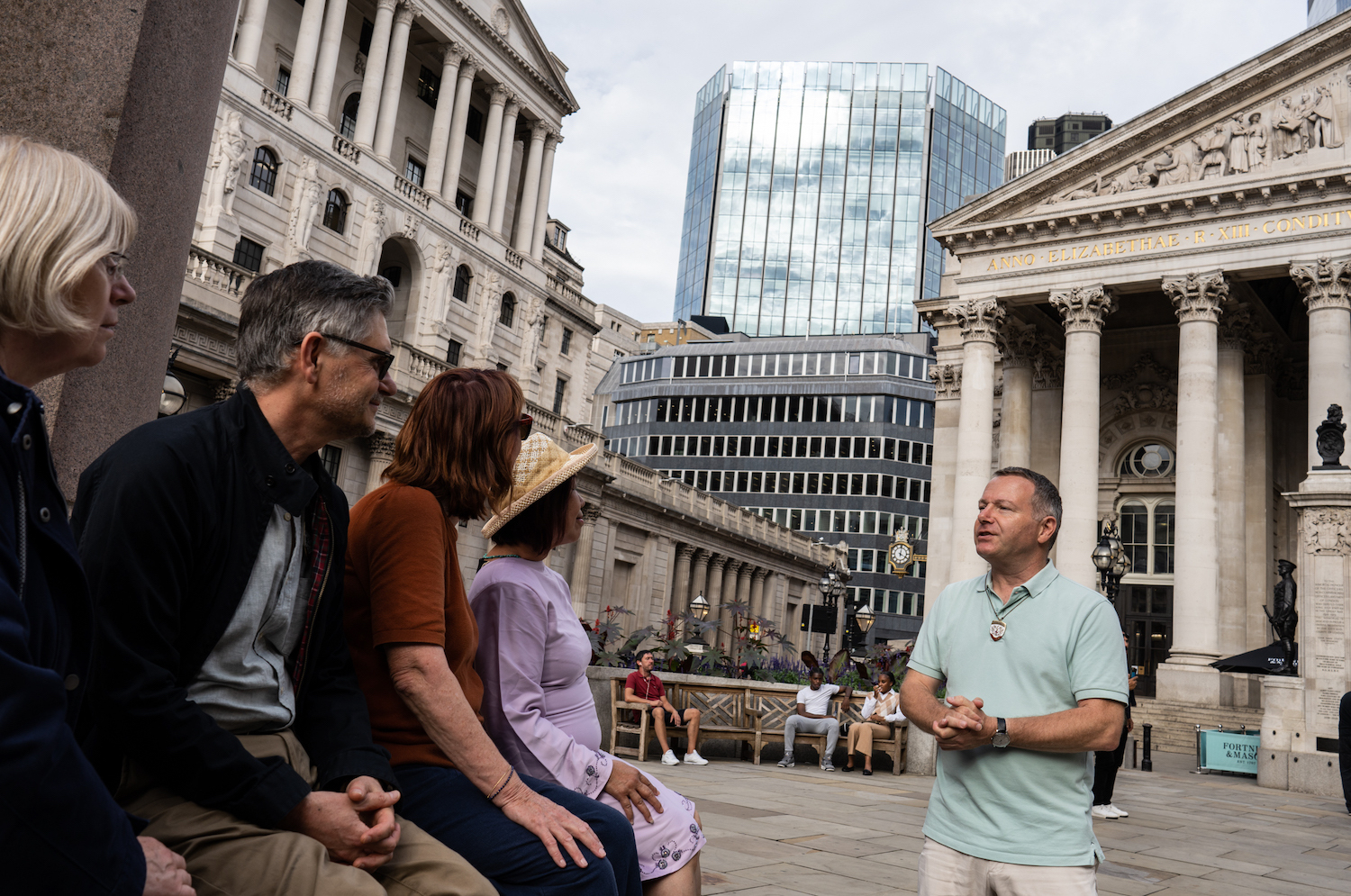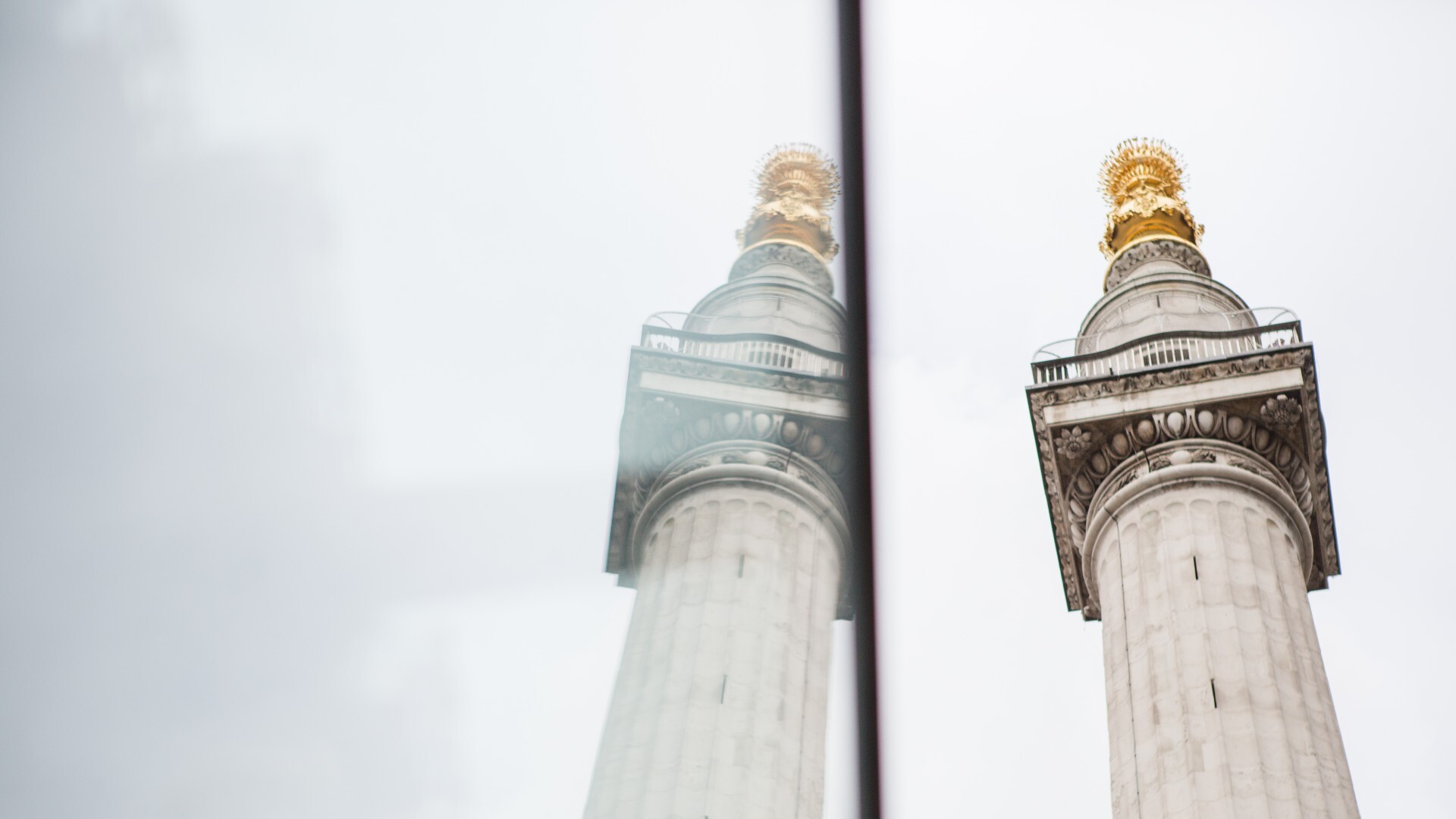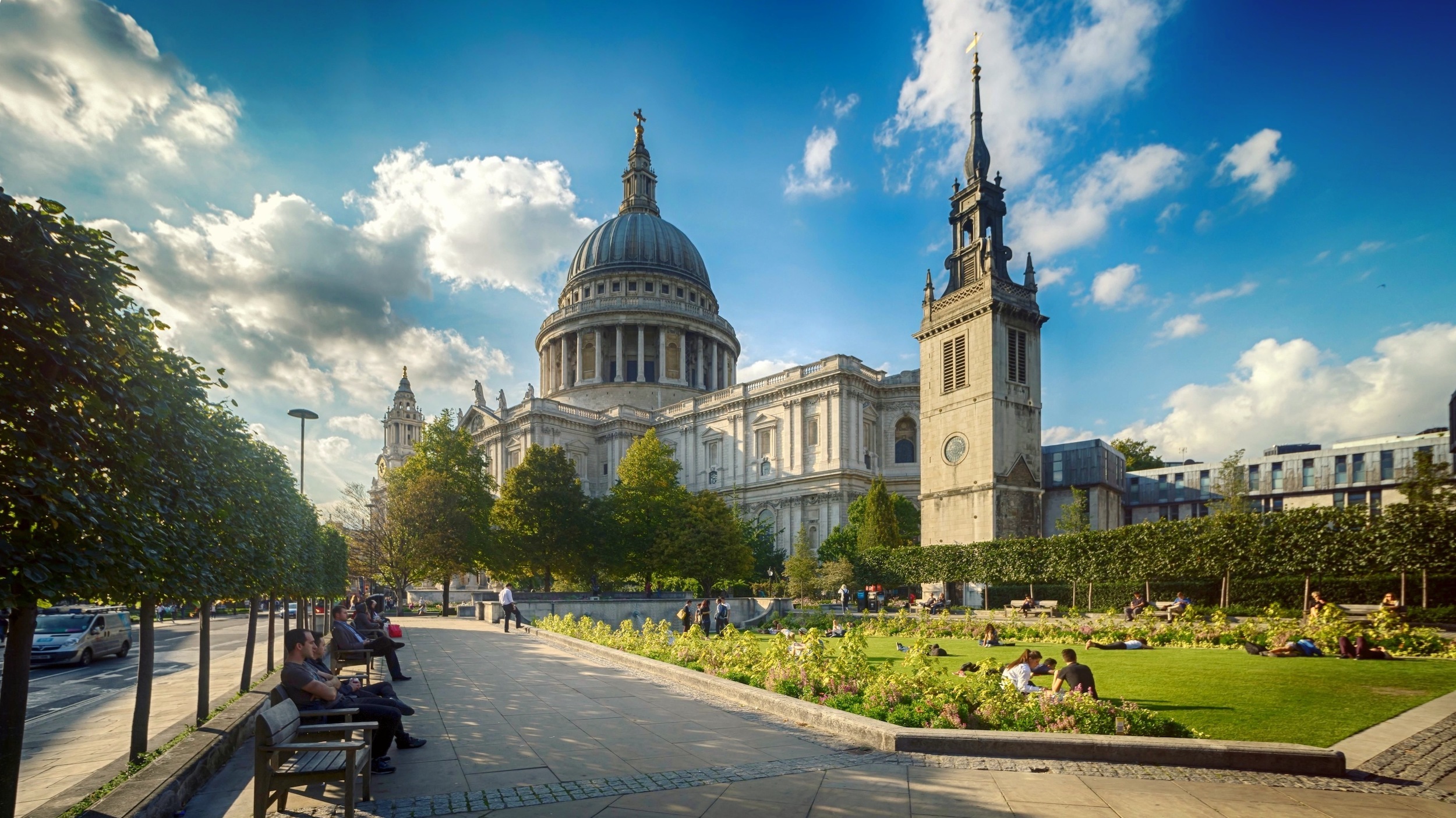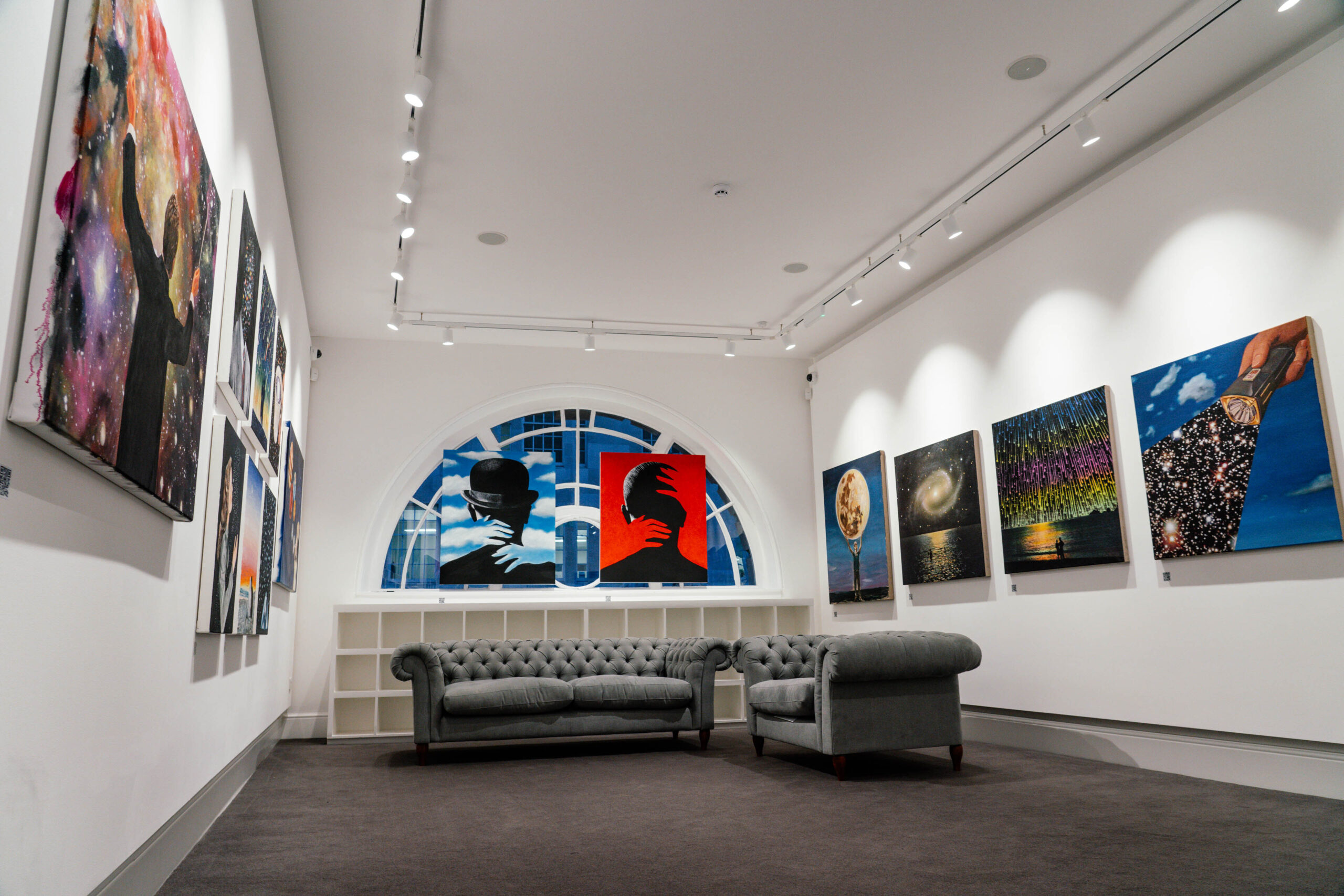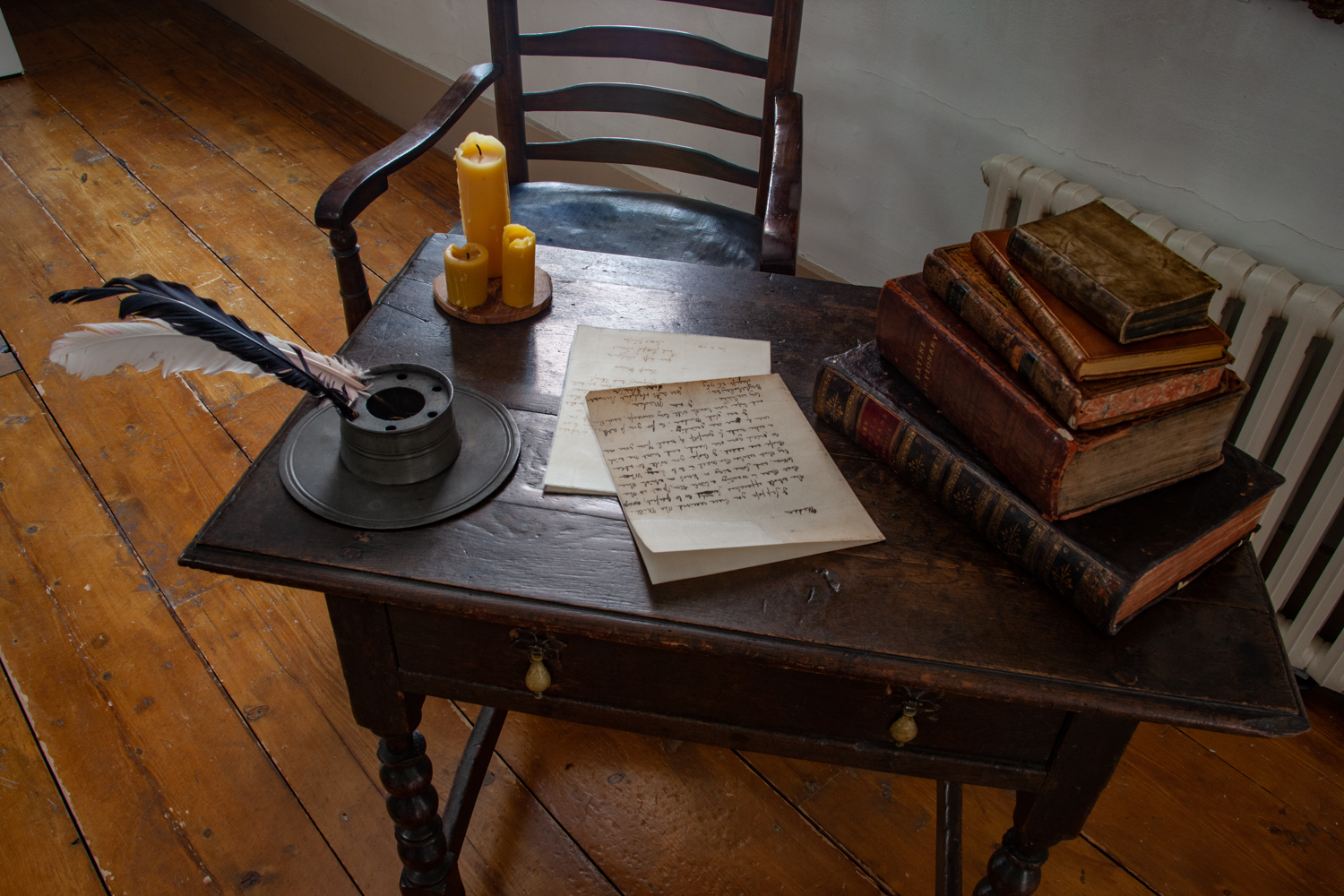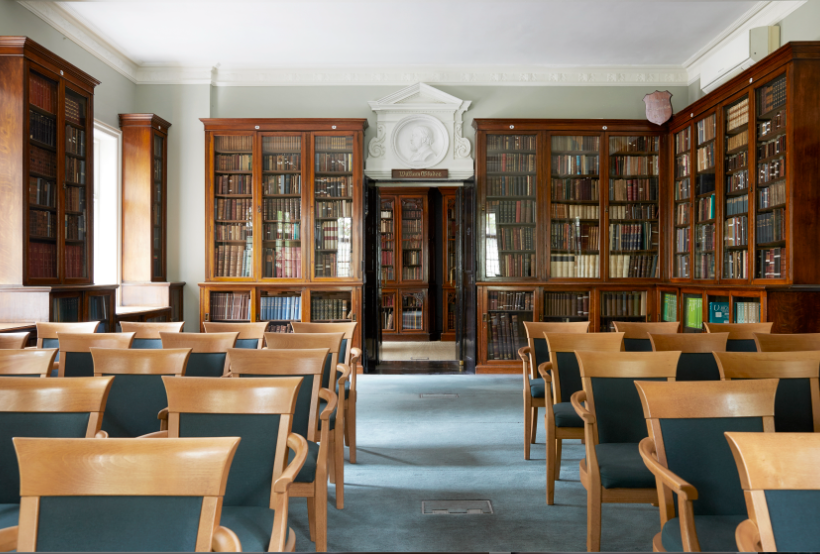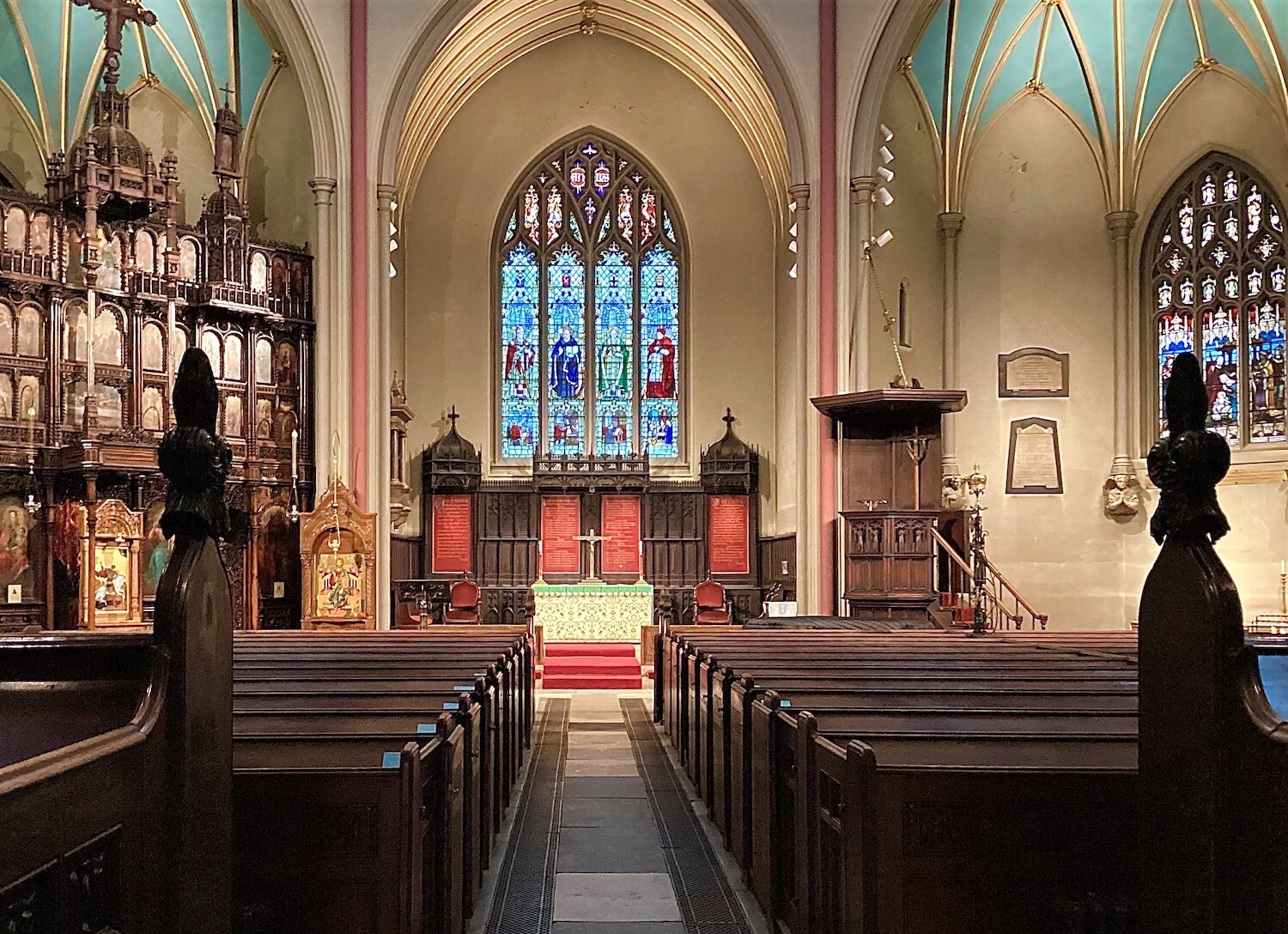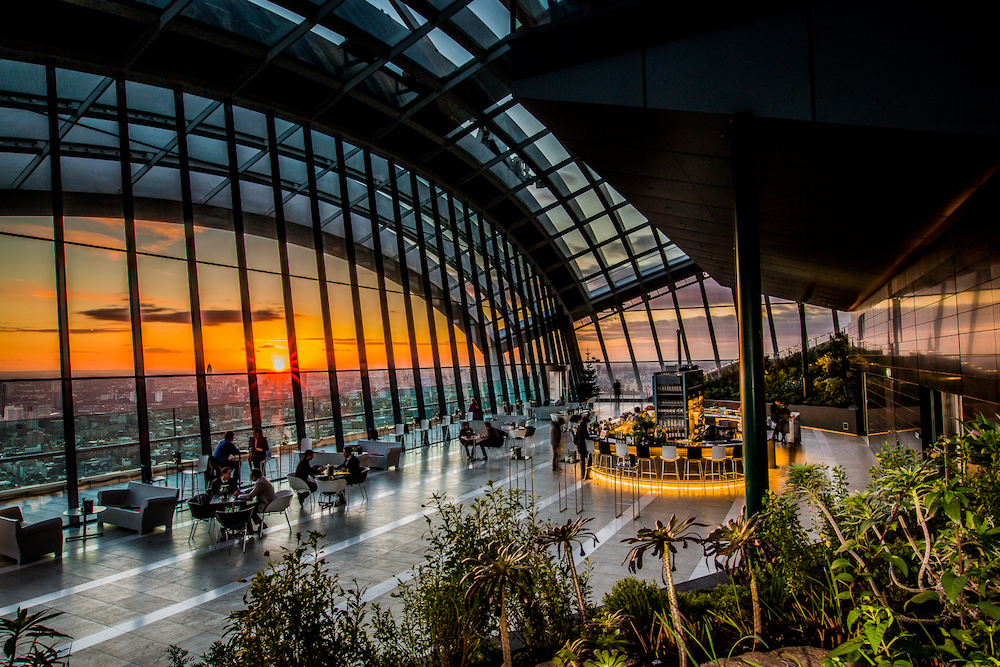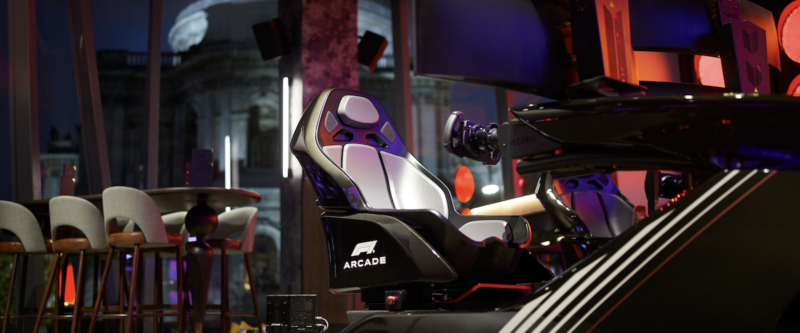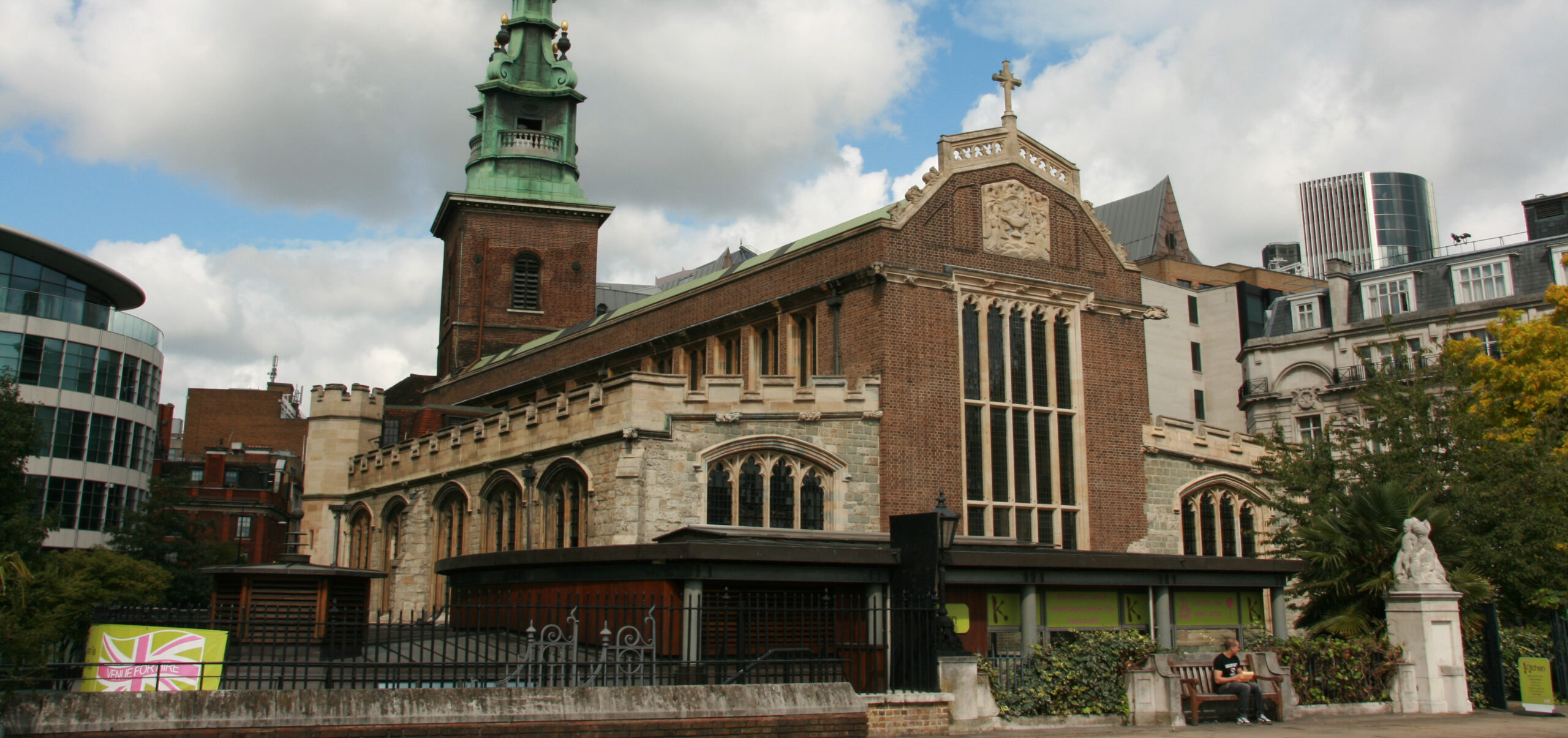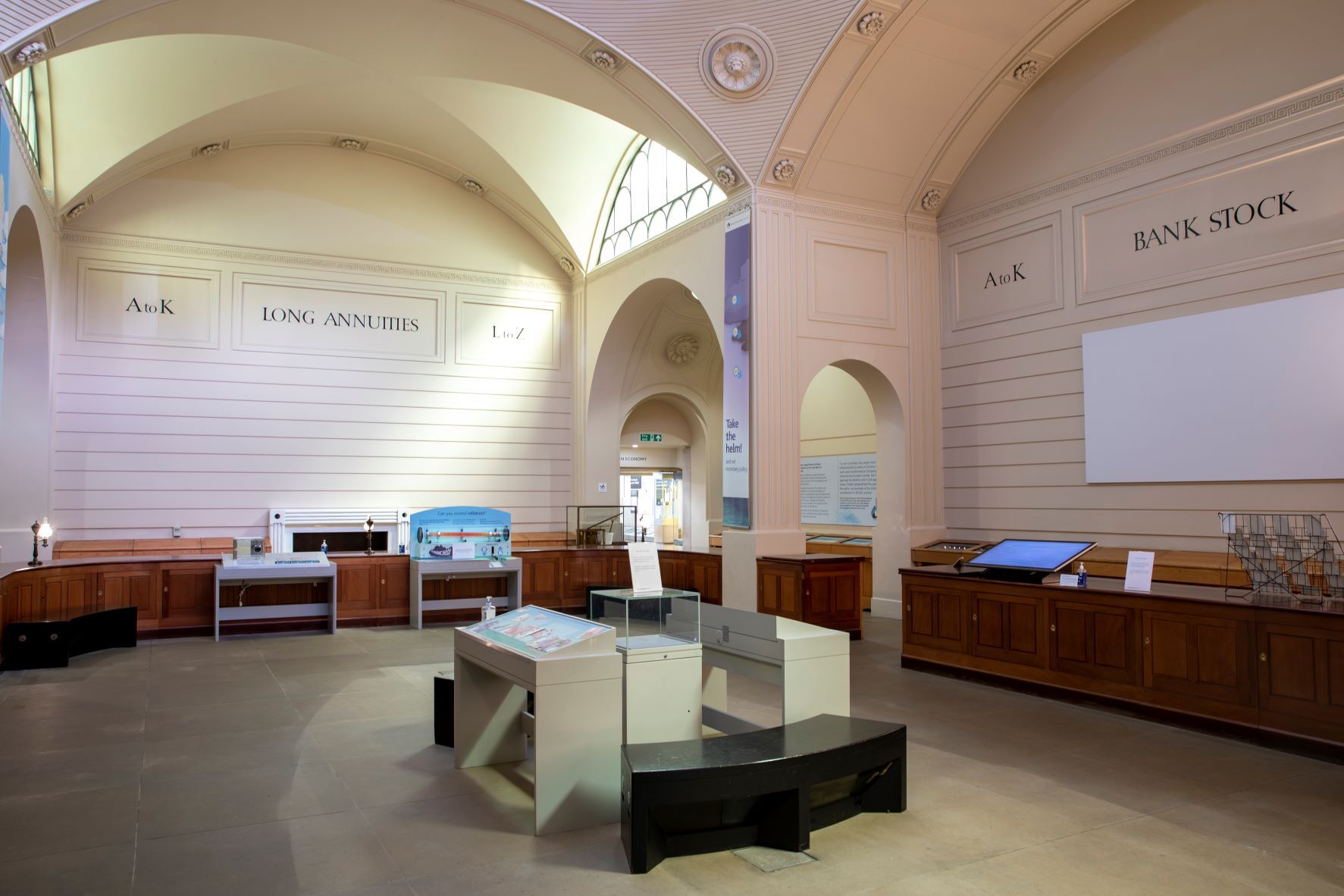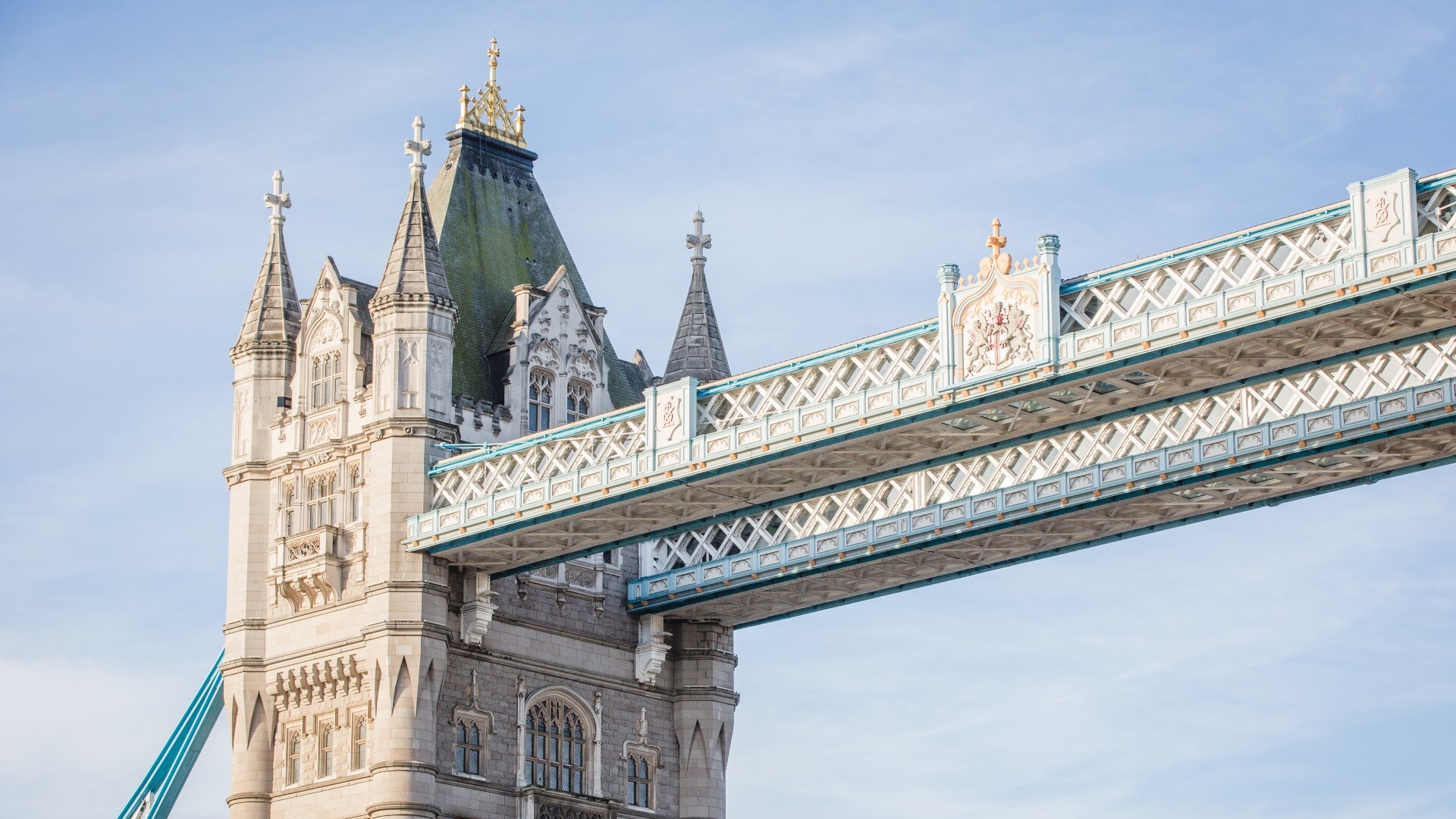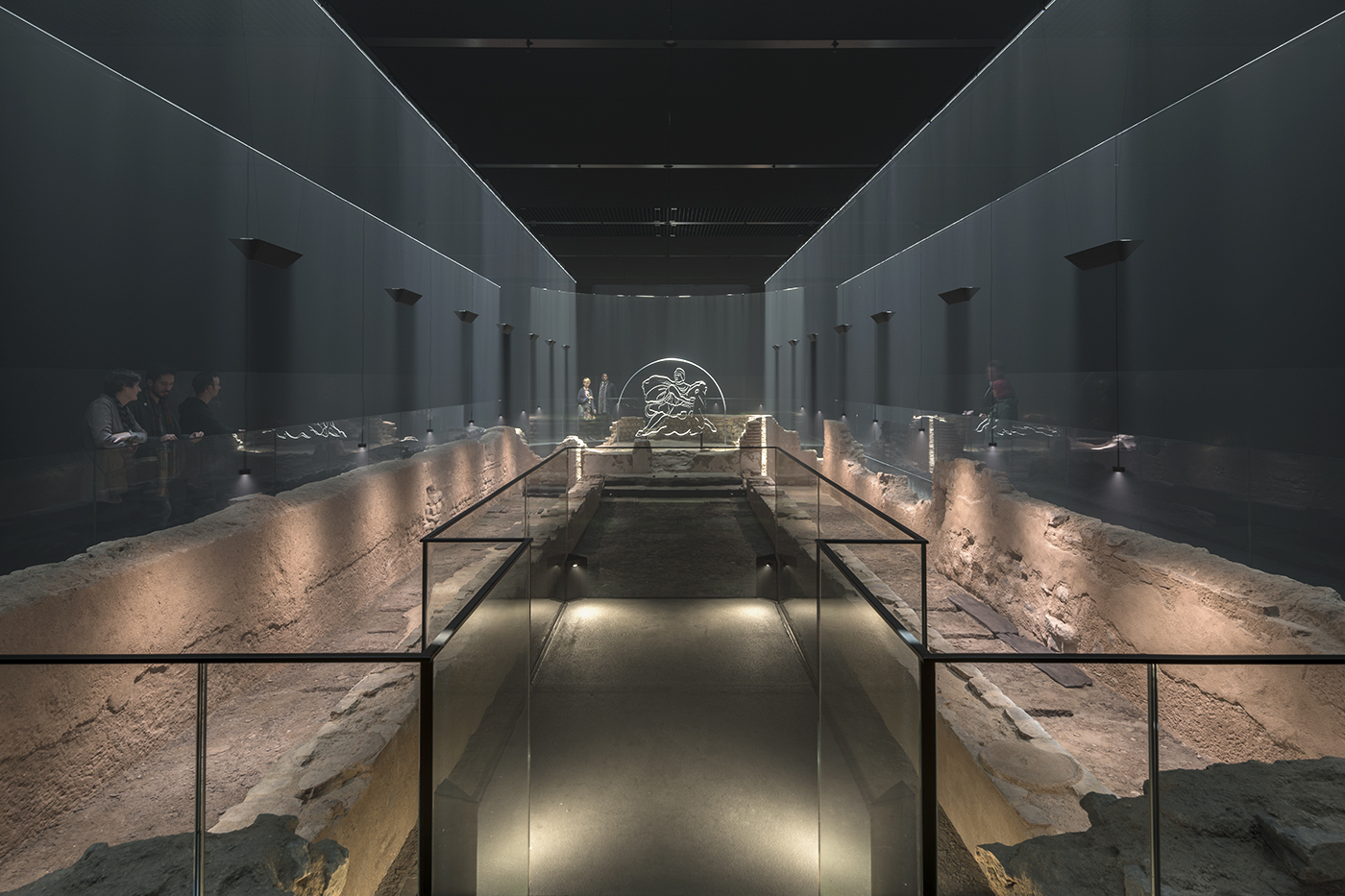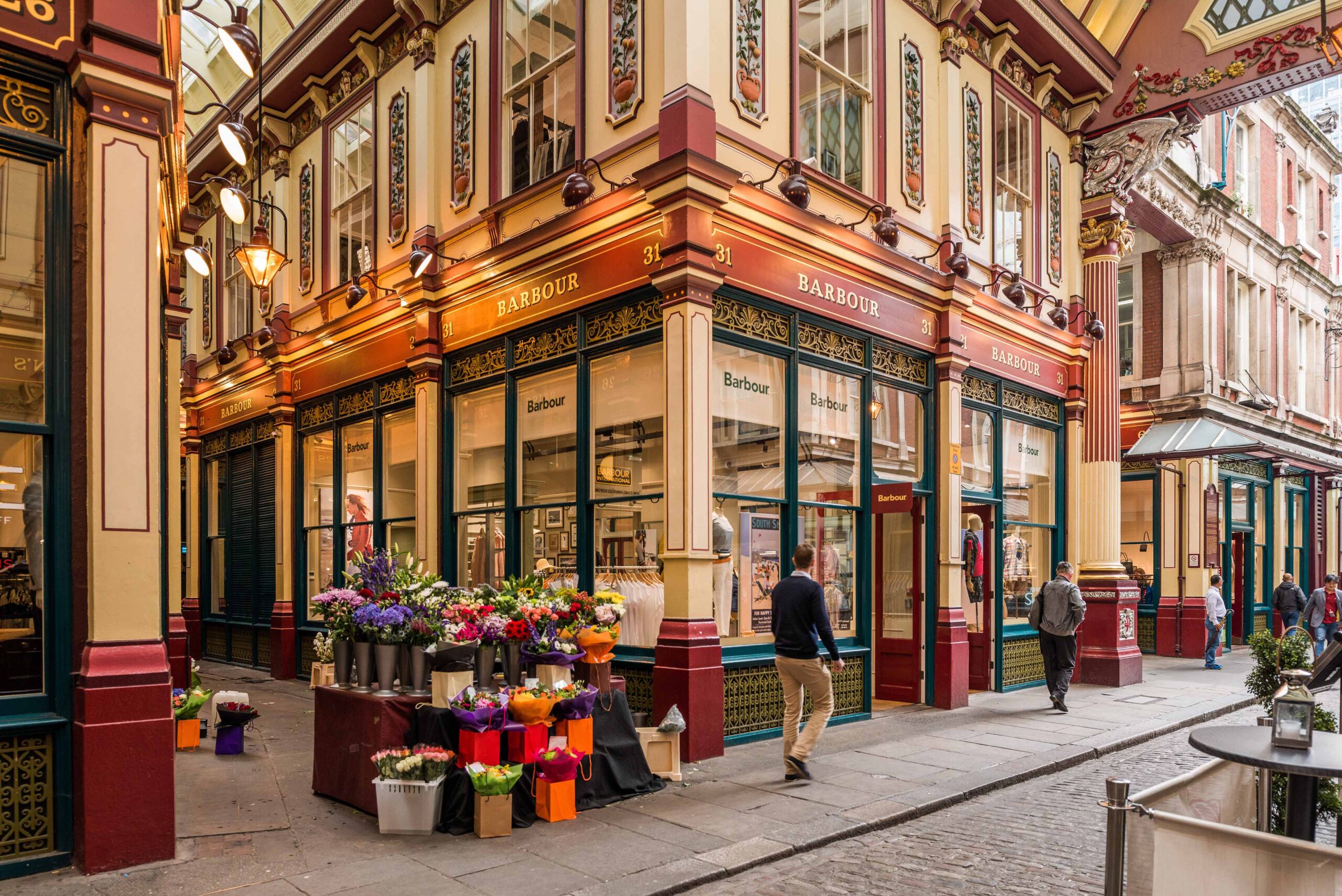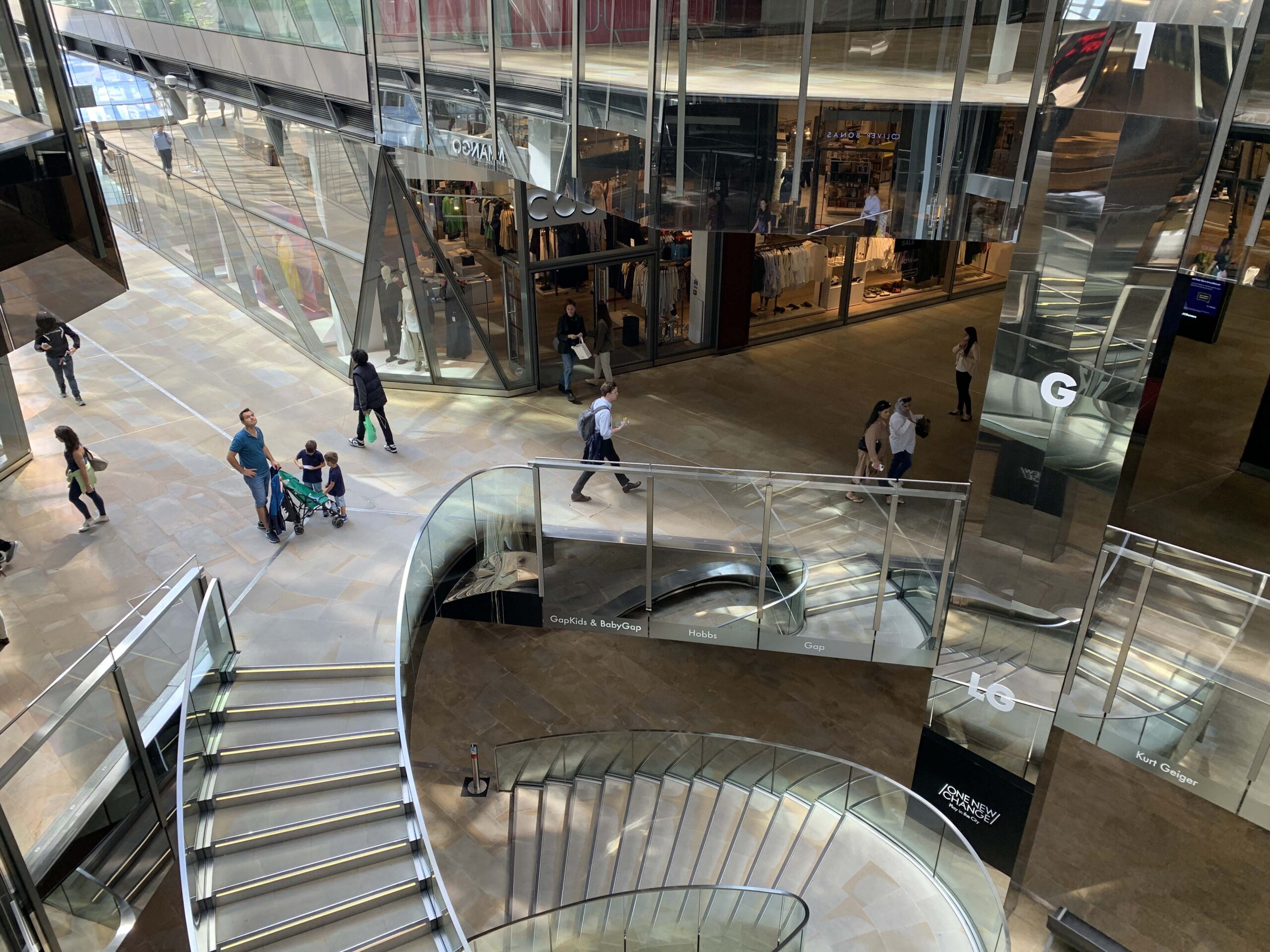A New Cultural Hub in the City of London, brought to you by Hive Curates
Horizon 22 is London's highest free viewing platform. Located on Level 58, the viewing platform offers 300-degree views of London, showcasing its most iconic landmarks.
The Lookout is 8 Bishopsgate’s 50th floor viewing gallery. Witness uninterrupted views of the City’s iconic landmarks, impressive skyscrapers, and historic architecture admission-free.
A historic street in the City of London, running slightly south of Ludgate Hill and St. Paul's Cathedral.
New Street Square is home to a selection of handy shops, ideal for stationary, gifts, businesses essentials and tailoring.
A perfect lunch spot in the City with the best views of St Paul's cathedral.
18th-century church, designed by James Gould, with regular choral performances and a churchyard
A London landmark, informally named the 'Cheesegrater' due to it's distinctive wedge shape.
Smithfield Market is a wholesale meat and provisions market serving Greater London and Southern England. The market is managed by the City of London.
An extraordinary steel, machine-like structure, Lloyd's is based in an award-winning building in Lime Street, London.
Are you a foodie looking for something deliciously different? Visit the lunchtime Street Food Market underneath The Leadenhall Building every Tuesday. Wednesday and Thursday!
Paternoster Square, near St Paul's Cathedral, is home to many shops and restaurants, and regular street food markets. Things to see include the restored Temple Bar, the bronze sculpture Shepherd and Sheep by Elisabeth Frink and a huge column.
This rooftop bar is a secret oasis with beautiful views of St Paul's Cathedral from the outside terrace.
A glamorous rooftop bar on top of One New Change - a restaurant, cocktail bar, and an outdoor terrace with stunning views of the City of London.
Join public guided tours of the Old Bailey with City of London Guides. Discover history, famous trials, unexpected artworks of the most famous court house in the world
Discover one of the most impressive churches in the City of London, designed by Christopher Wren.
A working gin distillery in the City of London. Pop-in to the bar for an award-winning Whitley Neill Gin cocktail - or book ahead to distil your very own personalised gin, or learn about gin making techniques with a tour and tasting.
Reinvigorating an iconic British pastime, Dabbers Social Bingo has replaced cups of tea with cocktails, and bingo callers with comedians - for a fabulous experience.
Bishopsgate Institute is a cultural venue in the City of London a place for people to connect over a shared love of learning.
A Bouldering gym in the heart of the City; with over 100 climbs, a fully equipped gym, and a kilterboard! Whether you're new to climbing or a seasoned pro there's something here for everyone.
Welcome to the London Centre! Home of NLA, London’s built environment community, and located in the West Wing of the Guildhall complex, the Centre highlights the people, places and buildings that make London a world class city.
The Dutch Church is a reformed church in the Broad Street Ward within the City of London on the site of the 13th-century Augustinian Friary.
Learn something new! Gresham College has been providing free, public lectures since 1597 when Sir Thomas Gresham founded the college to bring the ‘new learning’ to Londoners.
This medieval church has been a centre for worship since 1137. Rebuilt by the office of Sir Christopher Wren following the Great Fire of 1666
The Barbican is an international arts and learning centre, pushing the boundaries of all major art forms including dance, film, music, theatre and visual arts.
Discover the latest new releases alongside a curated programme of international cinema, ScreenTalks, and family events, from celebrated filmmakers to ground-breaking and under-heard voices from past and present.
For a fantastic interactive game experience, make Clays your target for a fun-filled night out.
Swingers City is just a stone’s throw away from the Gherkin in central London. Plunge into an 1920s English countryside inspired golf club with its elegant clubhouse, rolling greens and first-rate hospitality to discover epic crazy golf, amazing cocktails and delicious street food.
Visit the City of London’s largest public rooftop space - free to visit and no booking required. The Garden at 120 is located atop the Fen Court building at 120 Fenchurch Street.
Eataly are on a mission to ensure all their guests get to chance to learn more about Italian cuisine, the importance of high-quality ingredients and develop the skills needed to create great Italian cuisine
In 2023, St Bartholomew's Hospital celebrated its 900th anniversary. The hospital museum tells the story of nine centuries of healthcare at the edge of the City of London.
Since 2012, BEERS London has forged an international reputation as one of London’s leading spaces for cutting-edge contemporary art.
In The Red Room at Barry's St Paul's, you can burn up to 1,000 calories in one session.
At Four Seasons London at Ten Trinity Square, you can experience one of the most lavish spa sanctuary in London with revitalizing massages, facials & more
St Dunstan in the East Church Garden is a truly unique space set within the ruins of a Wren church. This green oasis has benches and a fountain with greenery draping the historic walls.
Experience a Martian Invasion in London with this never-before-seen interactive adventure.
Discover the vast, bold and brutal Barbican estate on this 90 minute Architecture Tours.
The City Information Centre (CIC) is London's only independent tourist information centre.
At Axeperience, you can guarantee a day out like no other.
Sculpture in the City is an annual sculpture park that uses the urban realm as a rotating gallery space.
At Puttshack, they've thrown out the old rules, paper scorecards, and pencils – replacing them with a seamless tech system.
Explore the City with a qualified City of London Guide.
Immerse yourself in the world of The Gunpowder Plot as you join Guy Fawkes, and his co-conspirators as they plot to assassinate King James I.
Built in 1123, Saint Bartholomew the Great Church is the oldest surviving building in the City of London.
Discover London’s castle – a secure fortress, royal palace, infamous prison and execution site where you can explore 1,000 years of history.
The theatre hosts a year-round programme of plays, comedy, music and exhibitions.
Guildhall School is a vibrant, international community of musicians, actors and production artists.
The Barbican Art Gallery presents major exhibitions which showcase and transcend the disciplines of art, architecture, design, fashion, photography and film.
Bloomberg Arcade is an all-weather, architecturally impressive pedestrian arcade that runs through the site of Bloomberg’s European headquarters. Host to a regular calendar of cultural experiences and all-day dining options.
Based a stone’s throw away from Monument Station, Eastcheap Records is home to live music, cocktails, food and good times in the heart of City.
Ground-breaking theatre and dance performances from world-leading companies.
Concerts at the Barbican Centre showcase music in all its forms – from classical to techno, jazz to folk, symphonic to electronic and more.
It’s been claimed to be a Druidic altar, a Roman milestone, and the magical ‘heart of London’.
The magnificent Grade I listed Mansion House built in 1739, by Architect George Dance the Elder, is the home and office of the Lord Mayor of the City of London.
Home of the City of London Corporation, Guildhall Great Hall has been the centre of City government since the Middle Ages.
Guildhall Yard is an outdoor space used for public and private events throughout the year.
Discover rarely seen artefacts held in trust for the nation at the City of London Heritage Gallery.
The London's Roman Amphitheatre is an interactive and educational attraction, which allows you to dive into the ancient history of Roman London.
Guildhall Art Gallery is located in the heart of the City of London and is home to the City of London Corporation's art collection.
Roman London Revealed: Uncover everyday Roman life. See a rich Roman history surviving 2,000 years of building, fires and bombings.
Public tours for 2024 season from April to November - advance booking required.
Visit the spectacular Barbican Conservatory and explore this hidden tropical oasis in the heart of the City of London.
Indulge in ultimate relaxation at the Heavenly Spa by Westin.
Founded in or around 1080 as the London headquarters of the archbishops of Canterbury.
St Stephen Walbrook is Sir Christopher Wren’s masterpiece and the birthplace of the Samaritans.
The Charterhouse has been living the nation’s history since 1371. Encompassing seven acres between Barbican and Farringdon, the Charterhouse has been a monastery, a Tudor mansion, a boys’ school and an almshouse, which it remains to this day.
City of London guides offer daily, weekly and monthly walks around the City of London.
The Monument commemorates one of the most significant events in London's history: the Great Fire of 1666.
St Paul's Cathedral, with its world-famous dome, is an iconic feature of the London skyline.
Red Eight Gallery was founded to showcase some of the art by world’s most exciting emerging contemporary artists, alongside more established creatives and blue-chip artists.
Dr Johnson’s House is a rare 17th - century town house just off Fleet Street in the City of London, and home to Samuel Johnson for over a decade.
St Bride Foundation is one of London’s hidden gems. Housed in a beautiful Grade II listed Victorian building, St Bride Foundation was originally set up in 1891 to serve the burgeoning print and publishing trade of nearby Fleet Street.
The Anglican Guild Church of St Dunstan in the West is situated on Fleet Street, just within the borders of the City of London.
The Sky Garden is one of the most exciting additions to London’s skyline and dining scene.
A thrilling new F1® racing experience designed to make you feel like a champion.
As the oldest church in the City of London, All Hallows by the Tower brings centuries of history to life.
Explore the history of the Bank of England and what it does today.
Explore the iconic Towers, panoramic Walkways, and historic Engine Rooms at London’s defining landmark, Tower Bridge.
This cultural hub showcases the Roman Temple of Mithras and a selection of the remarkable Roman artefacts.
Leadenhall Market is a buzzy, beautiful and airy market in the heart of the City of London
The City's newest and largest retail centre, near St Paul’s Cathedral.
